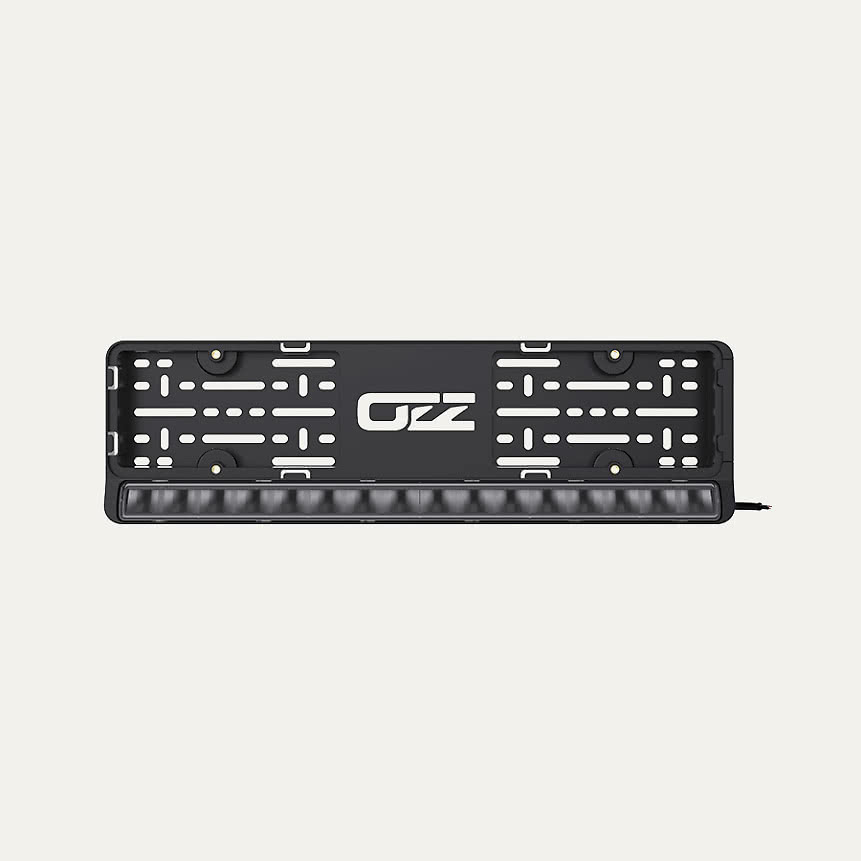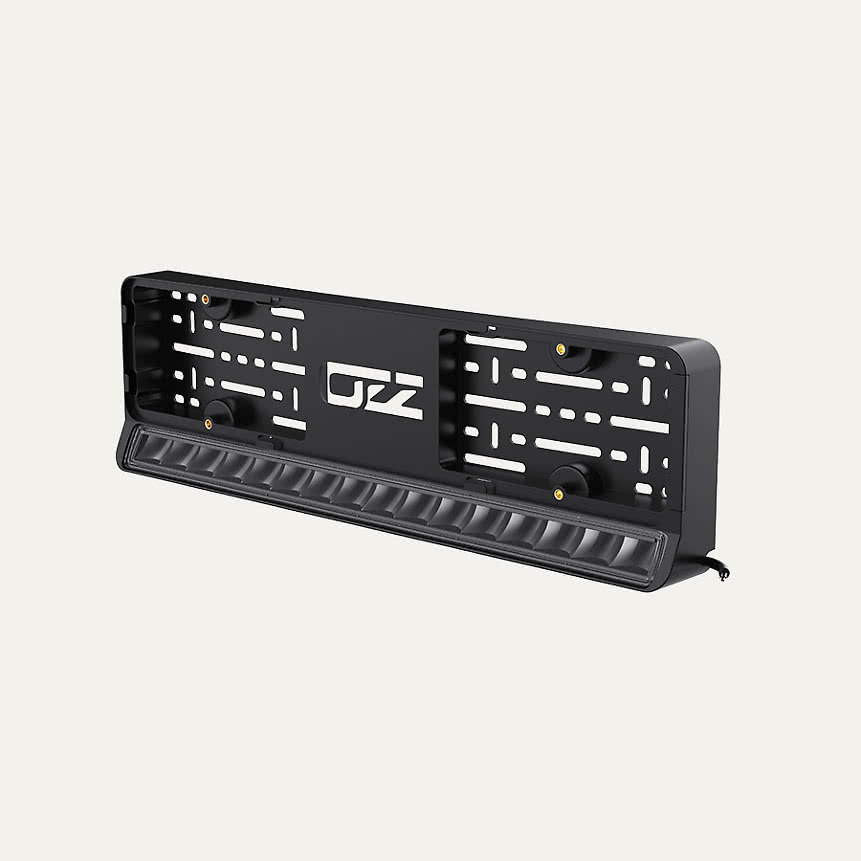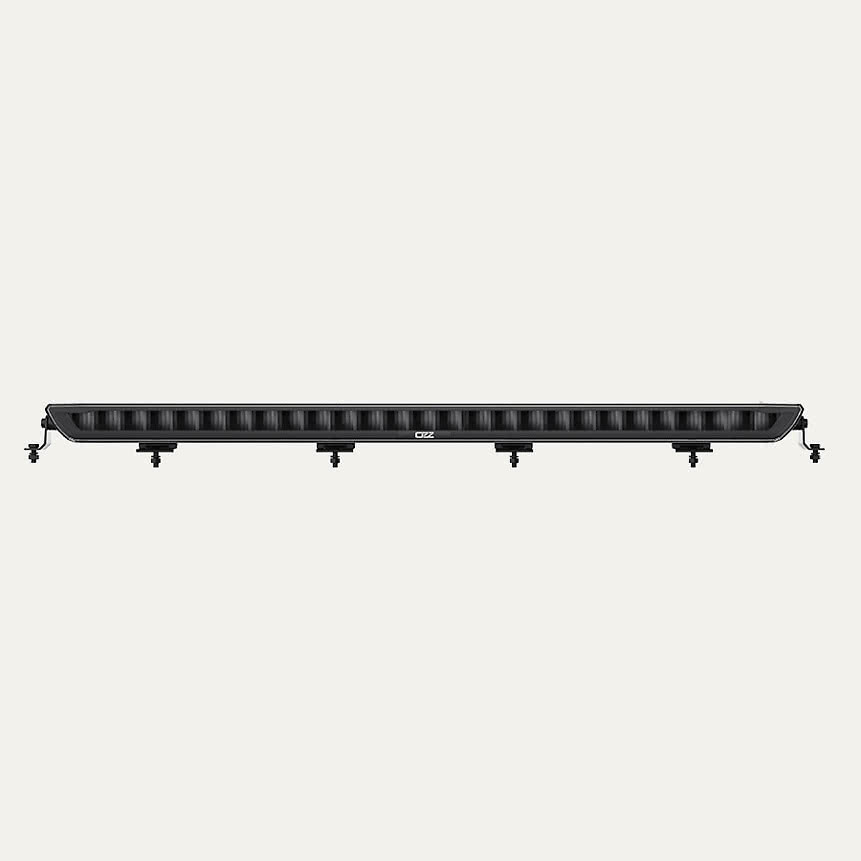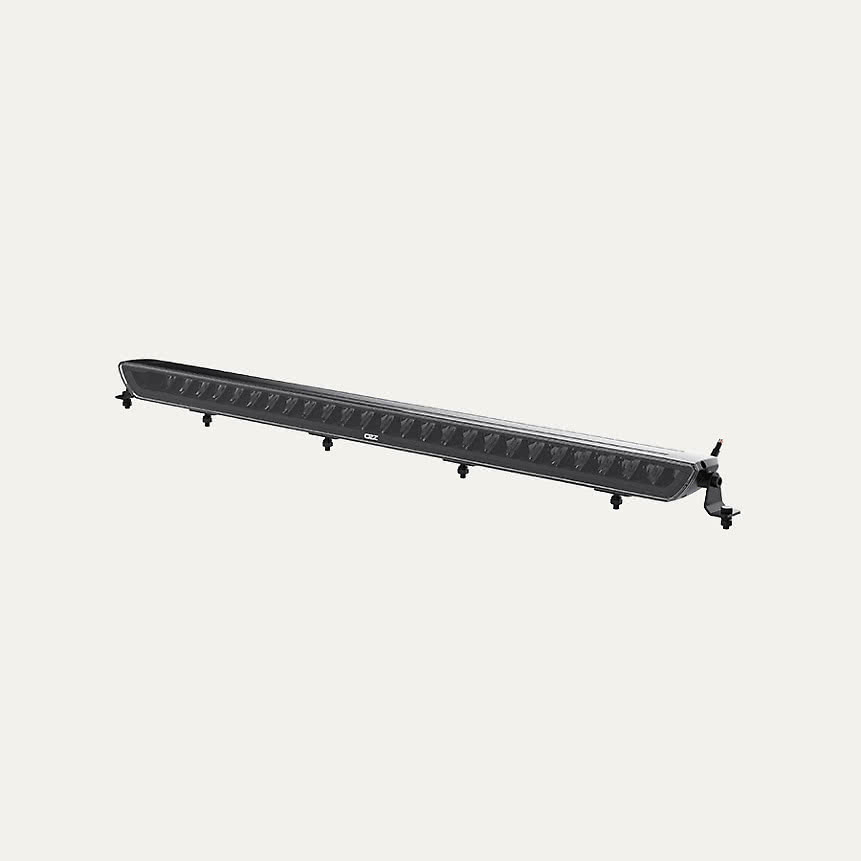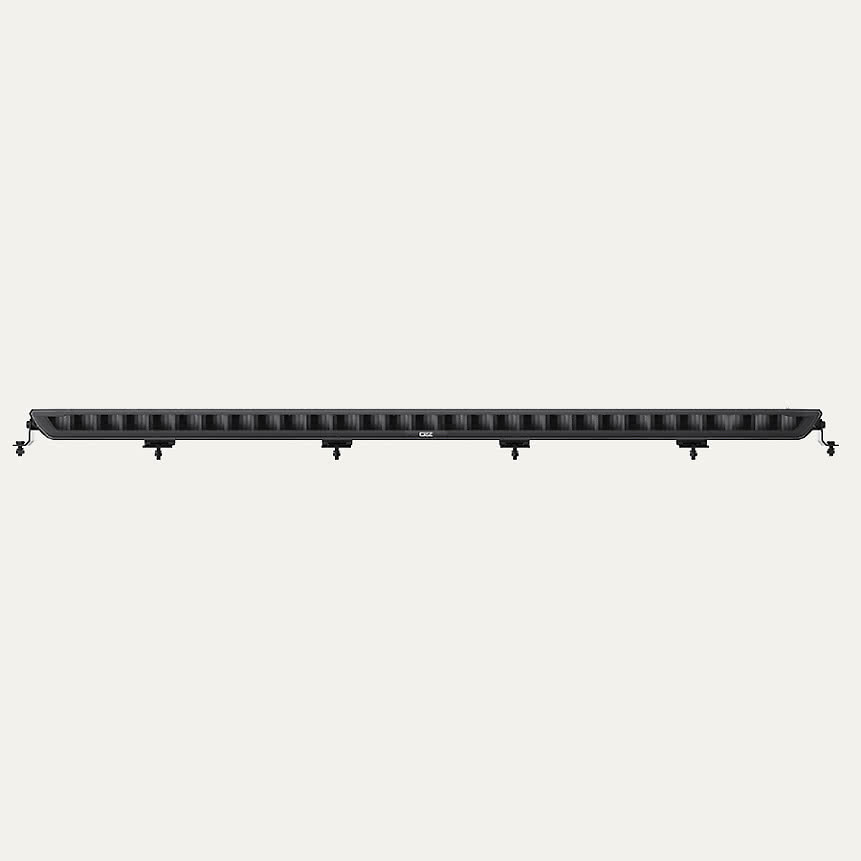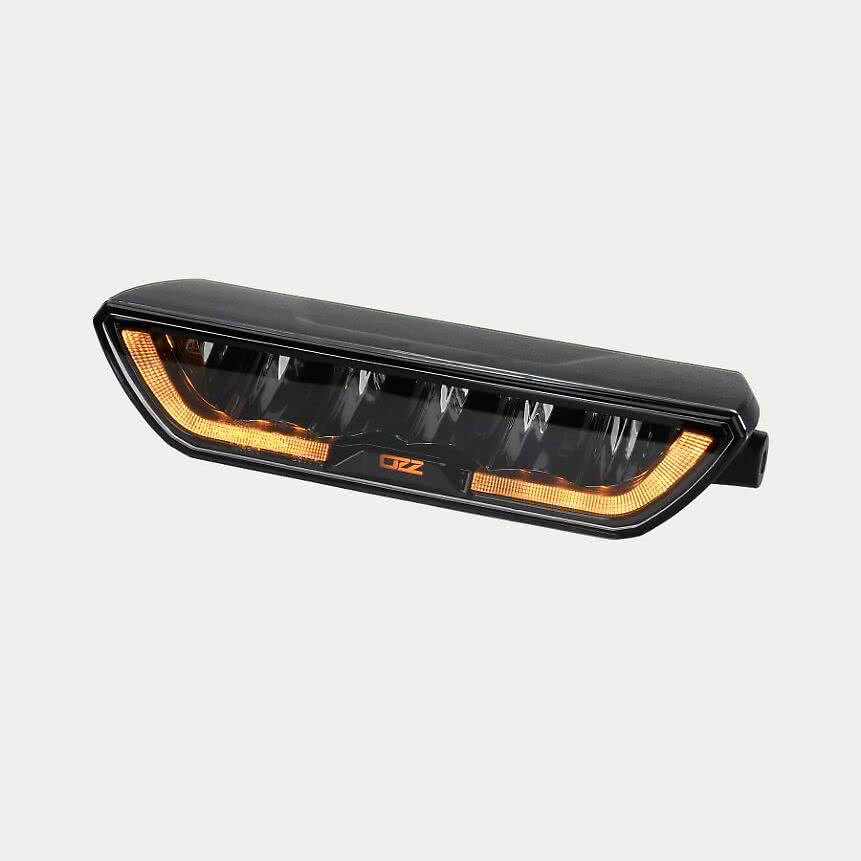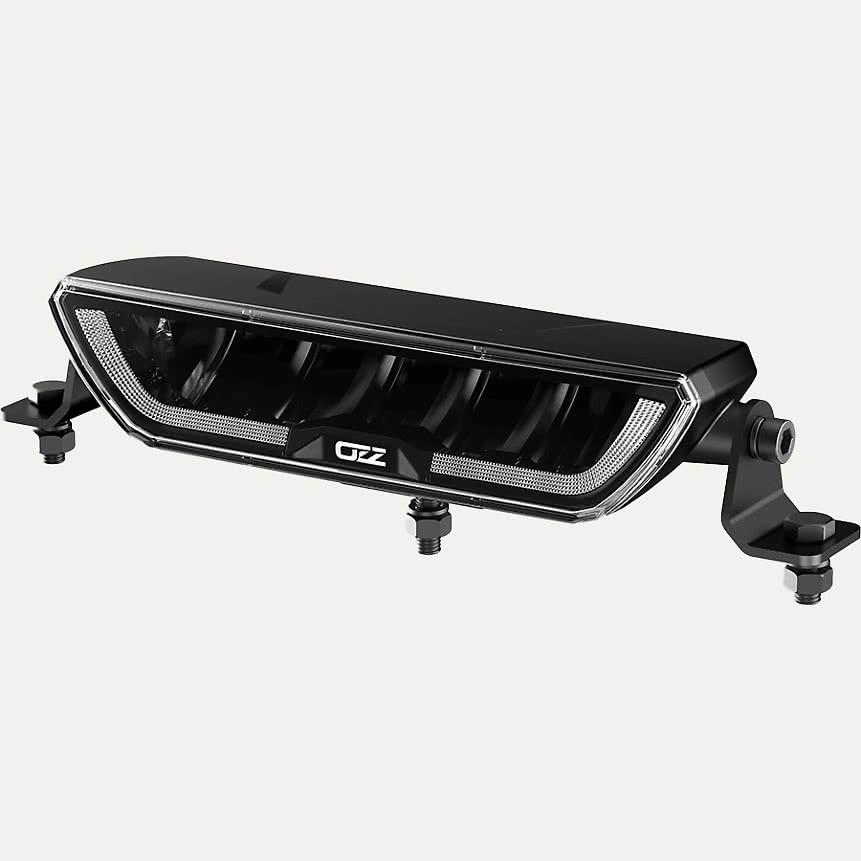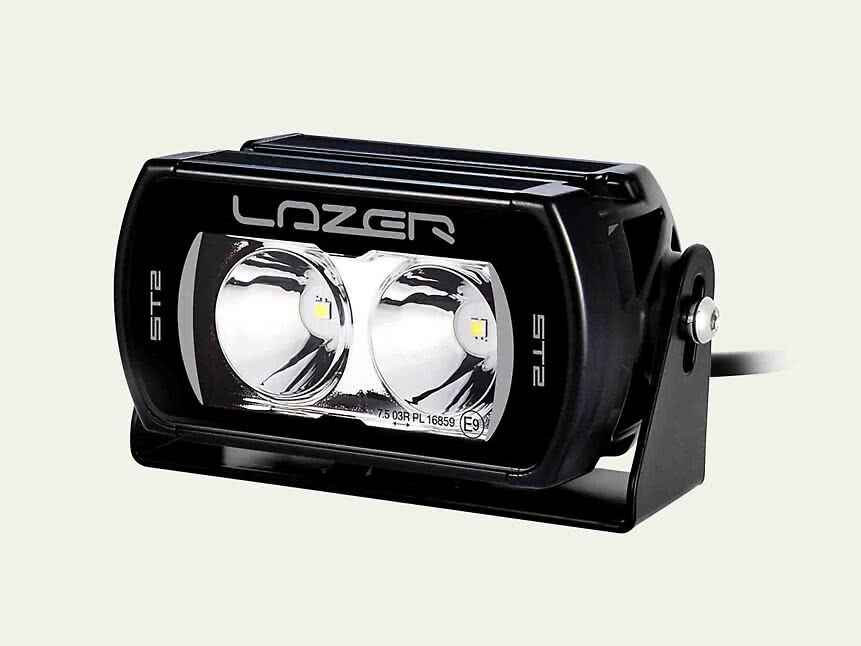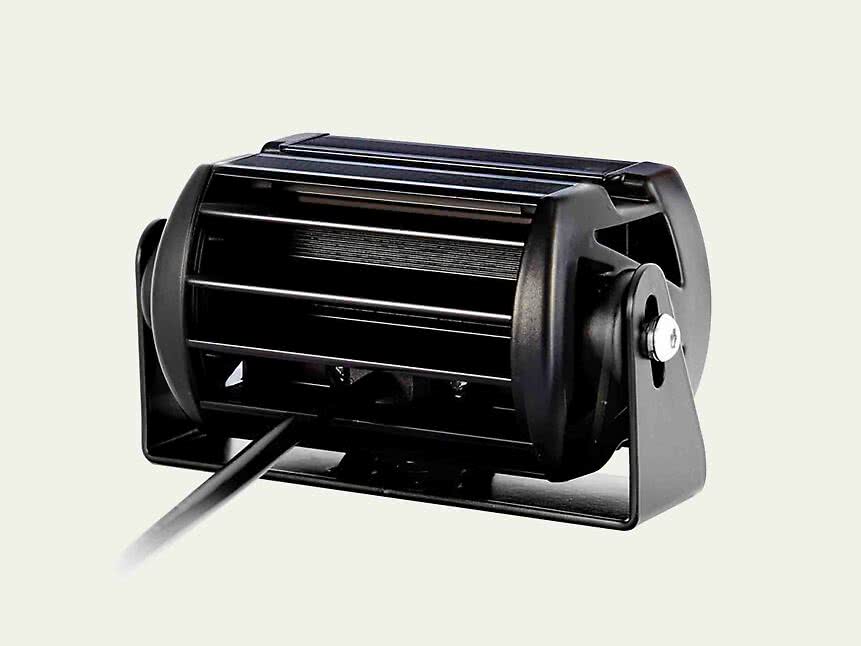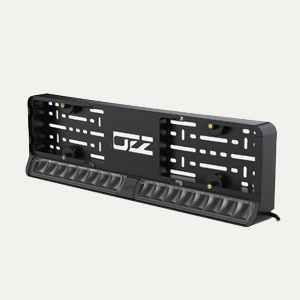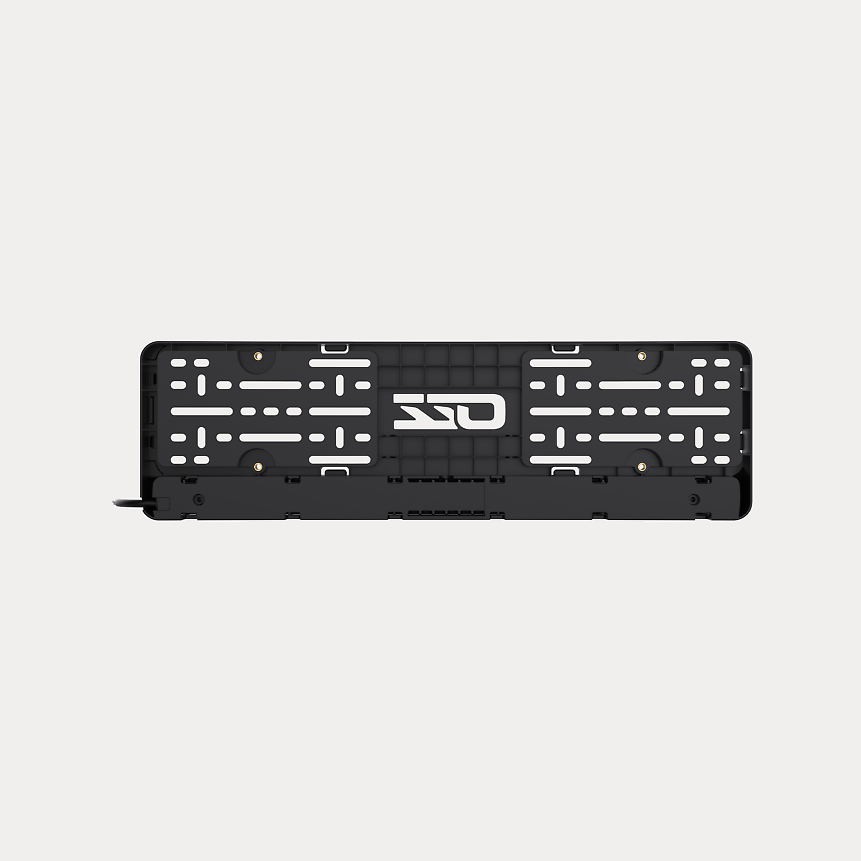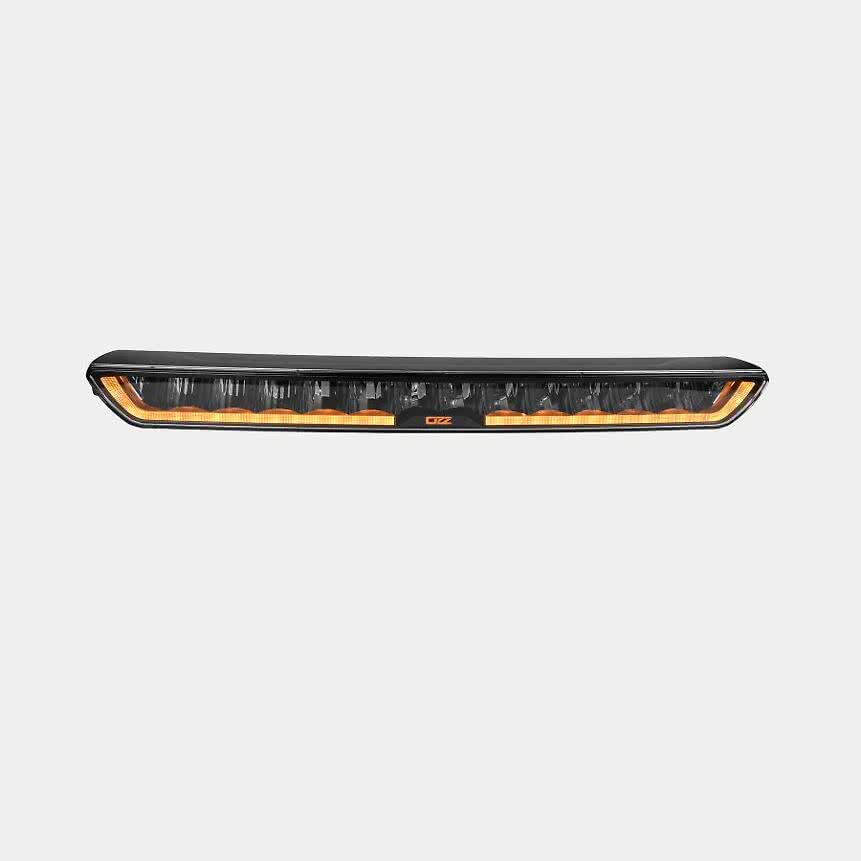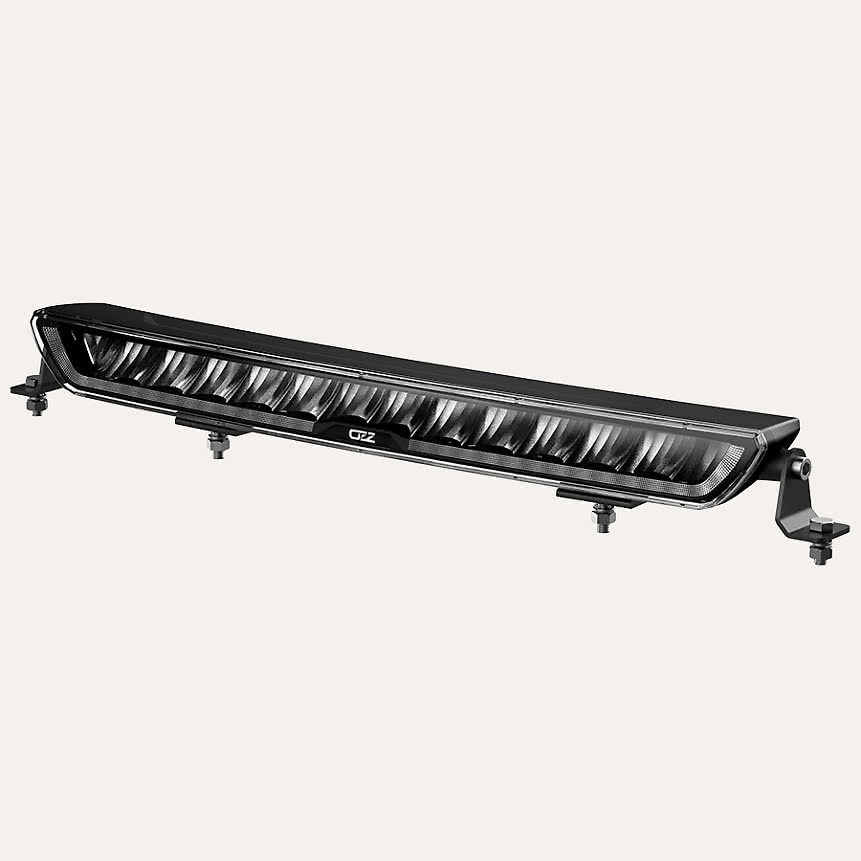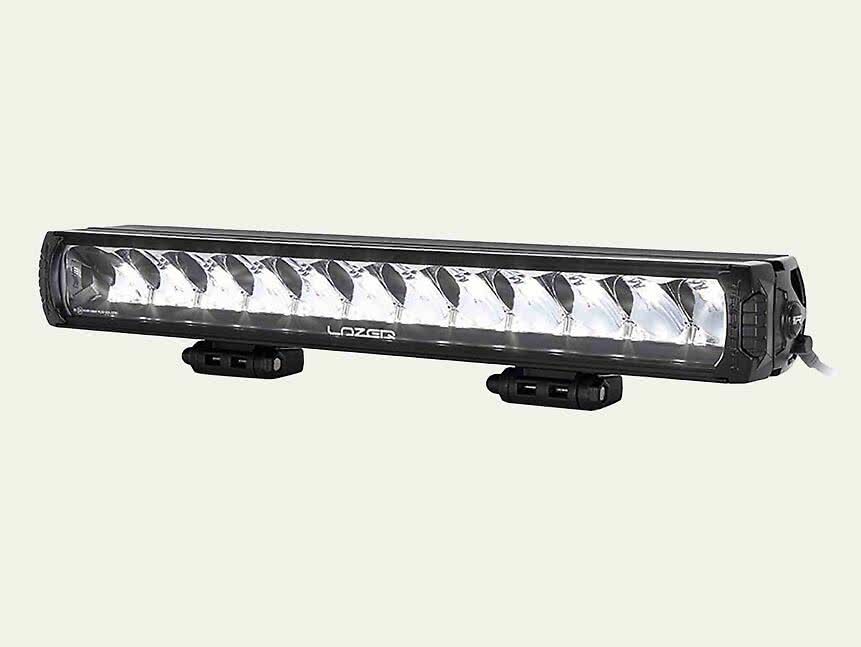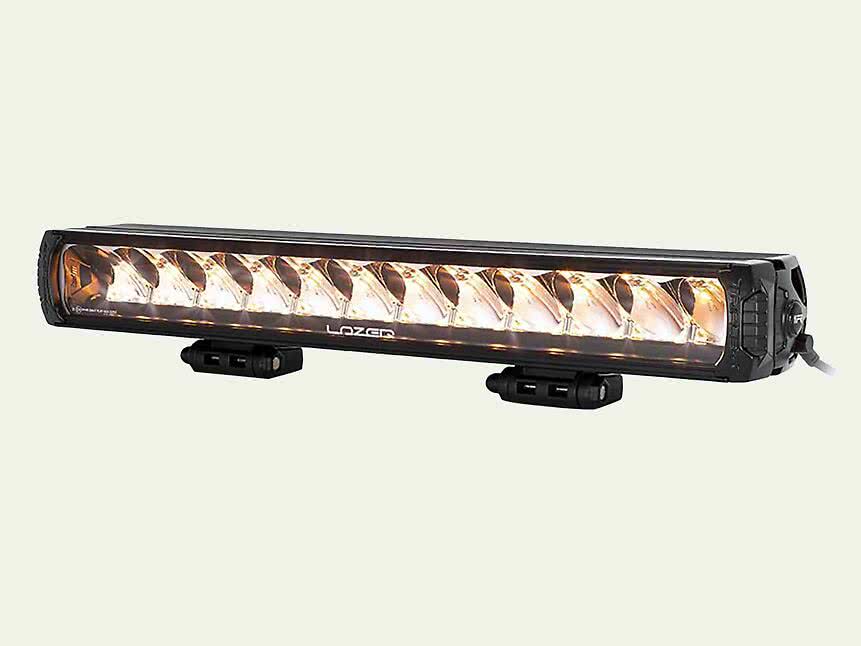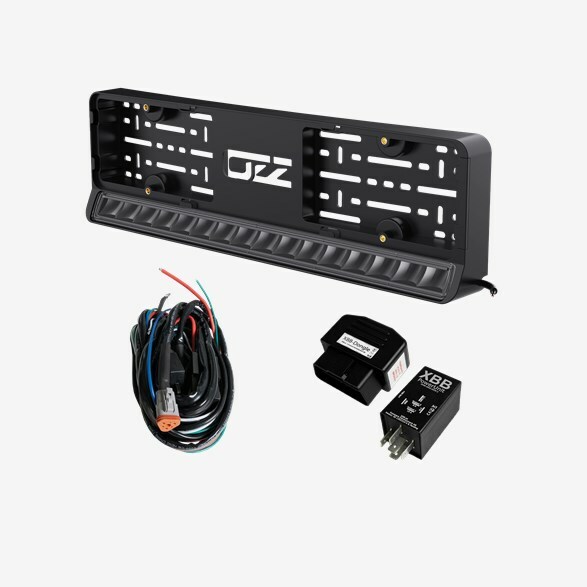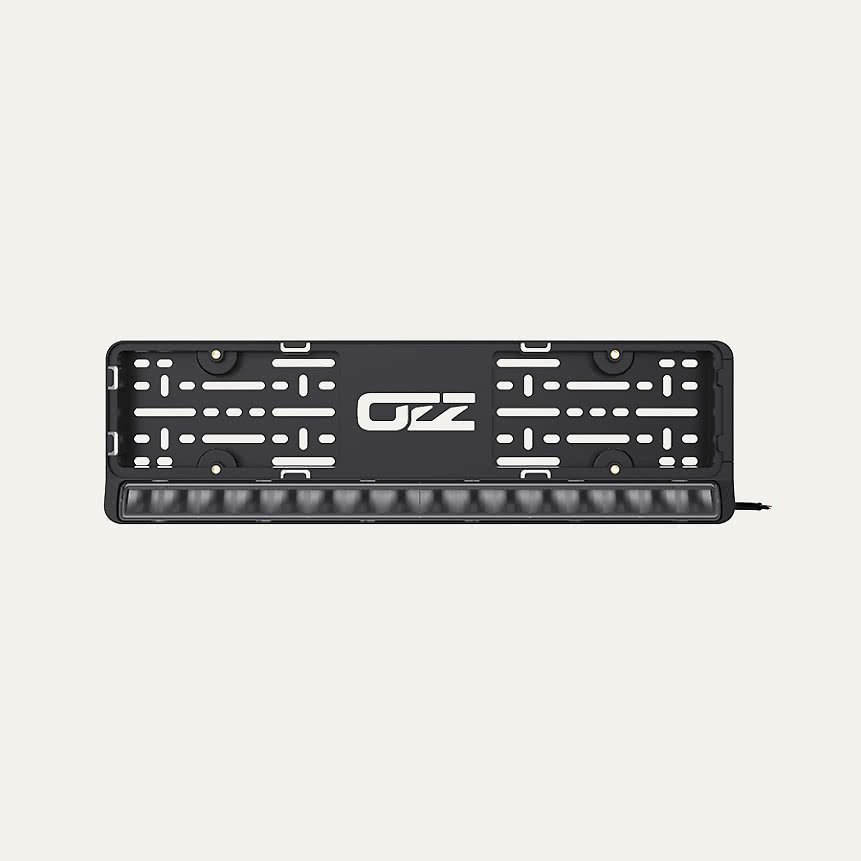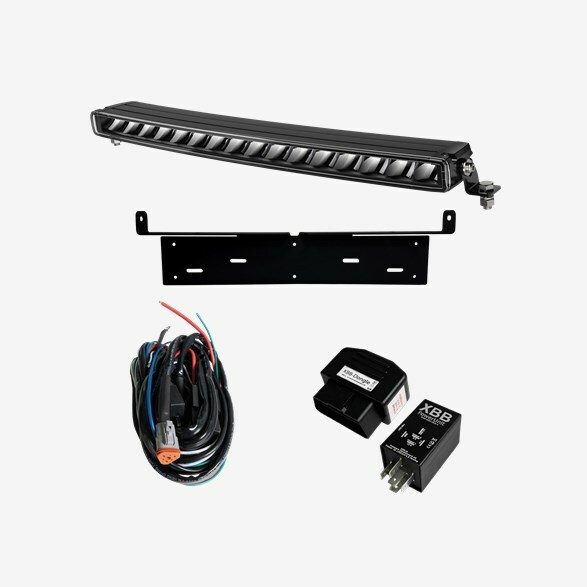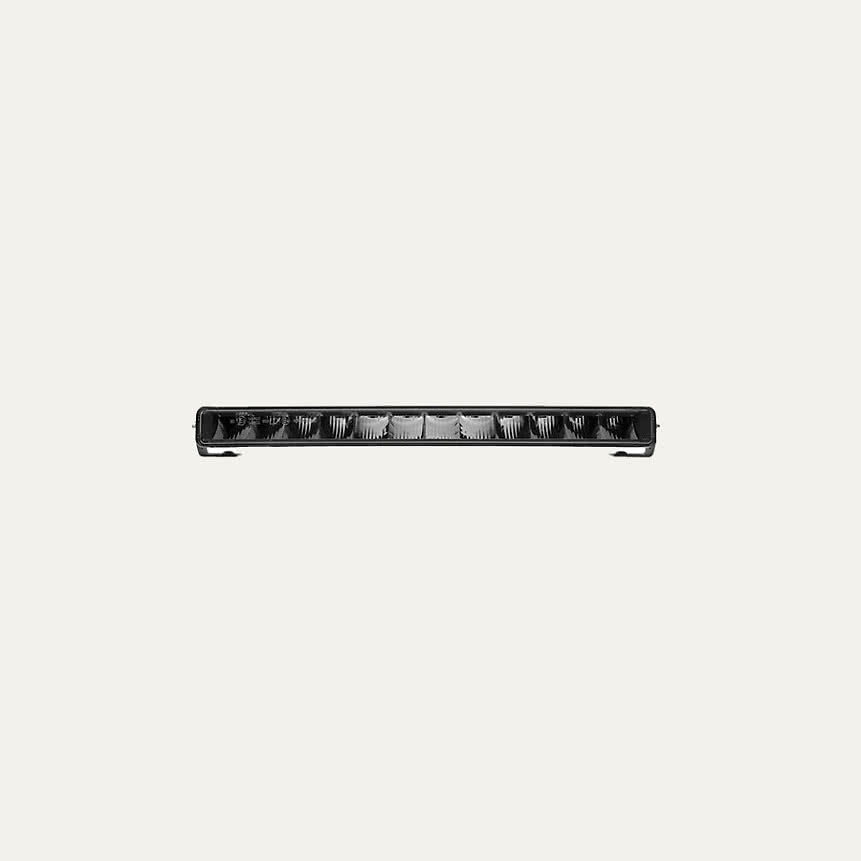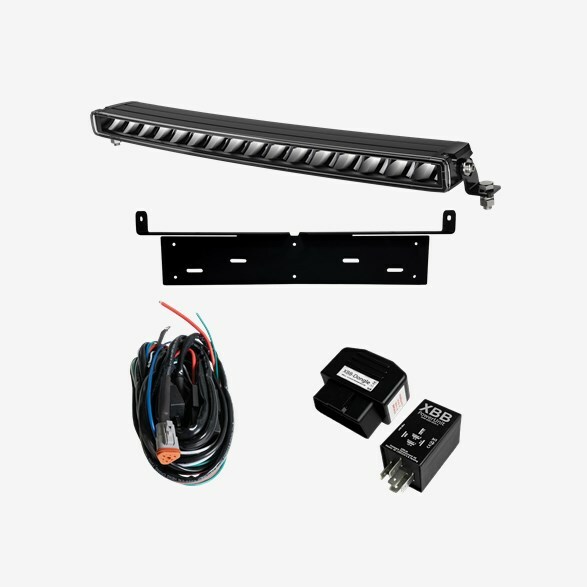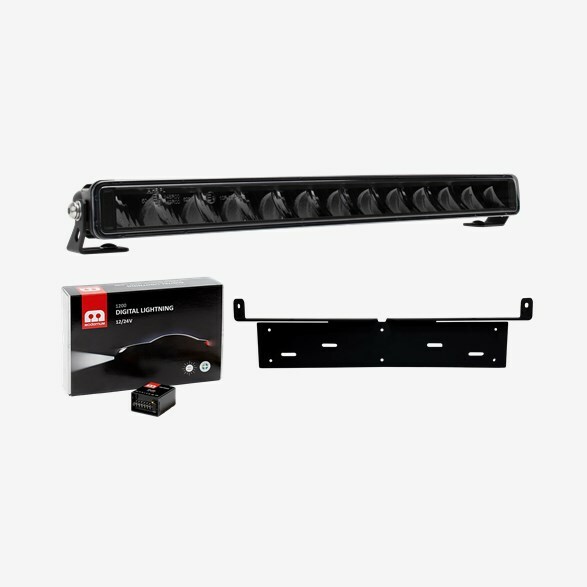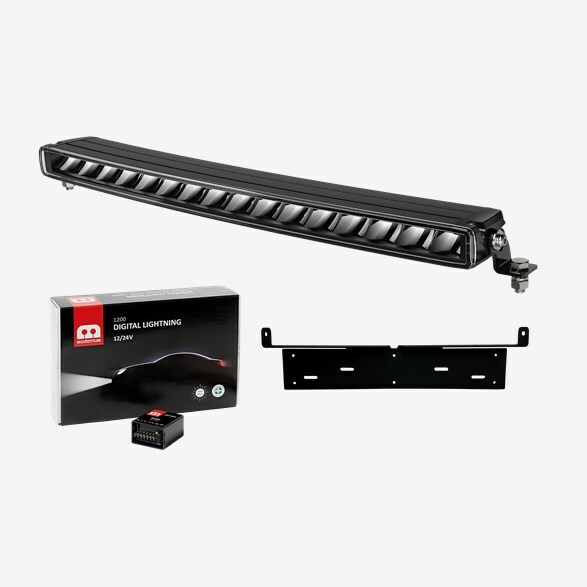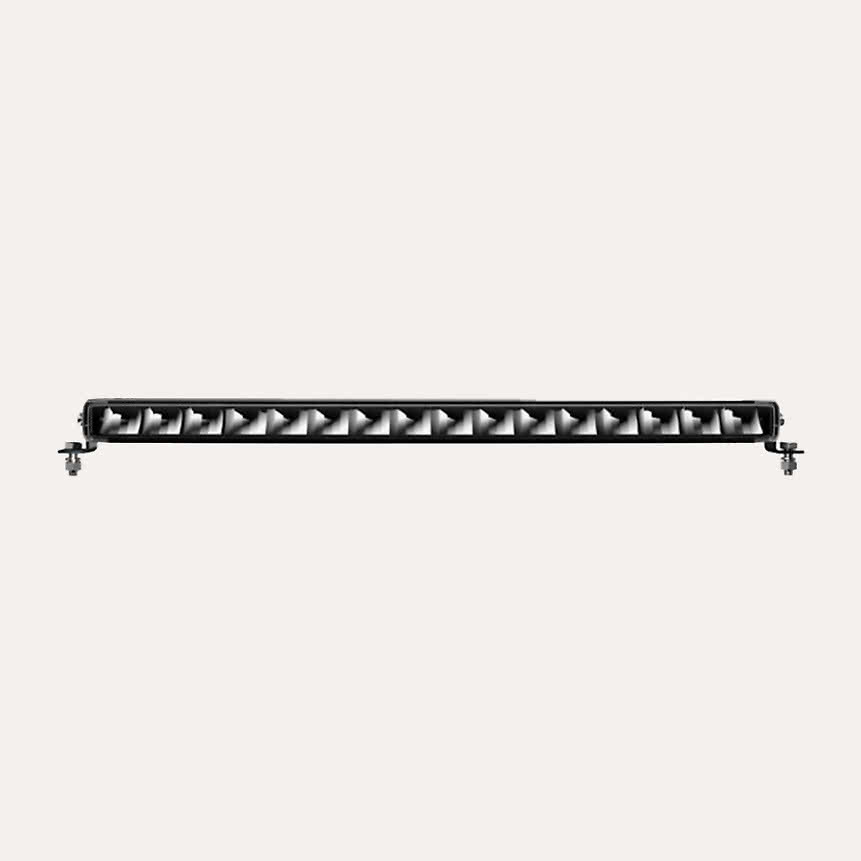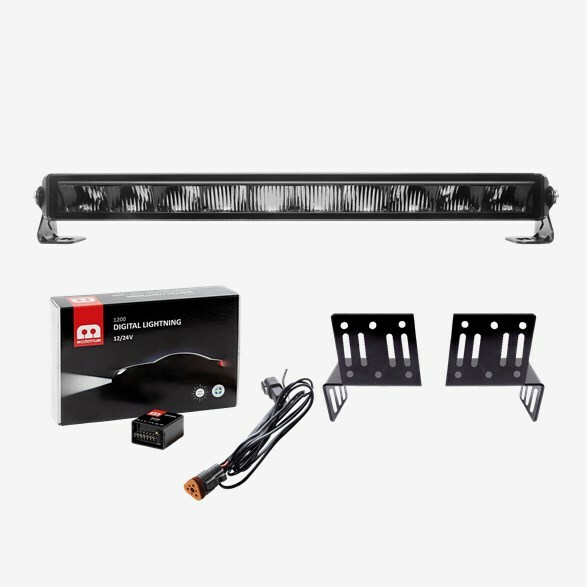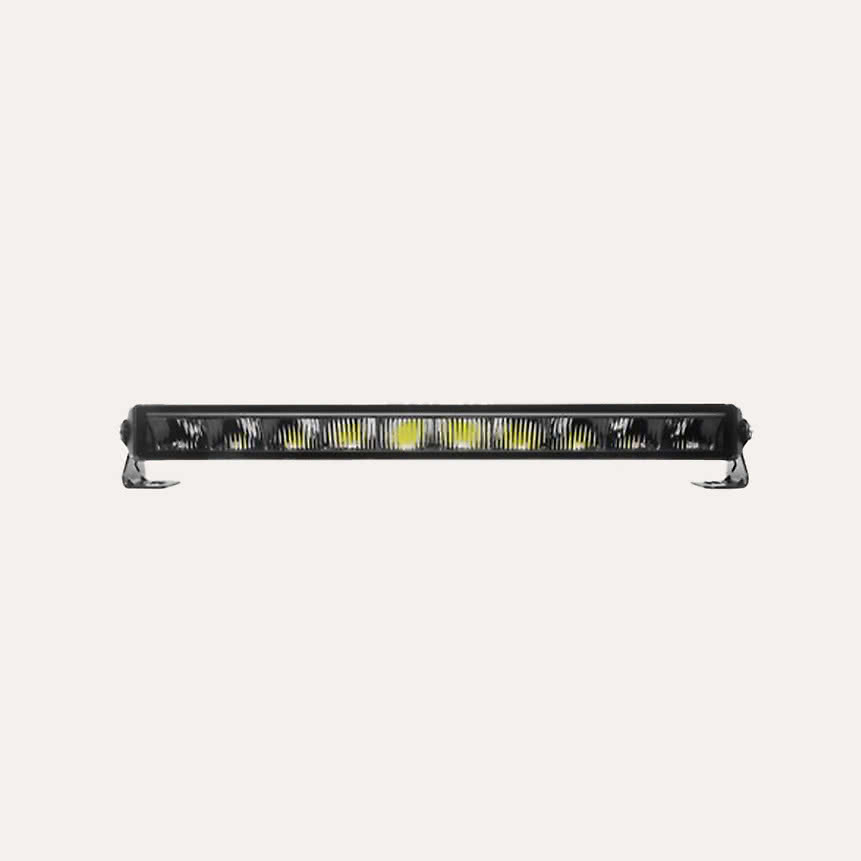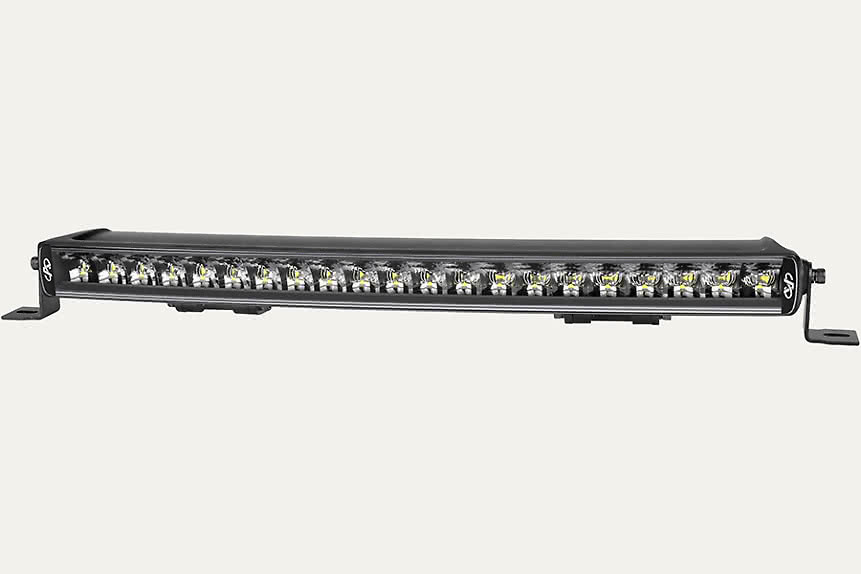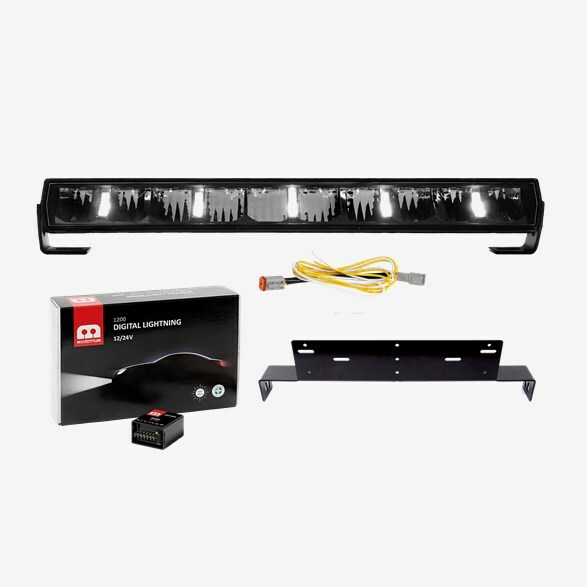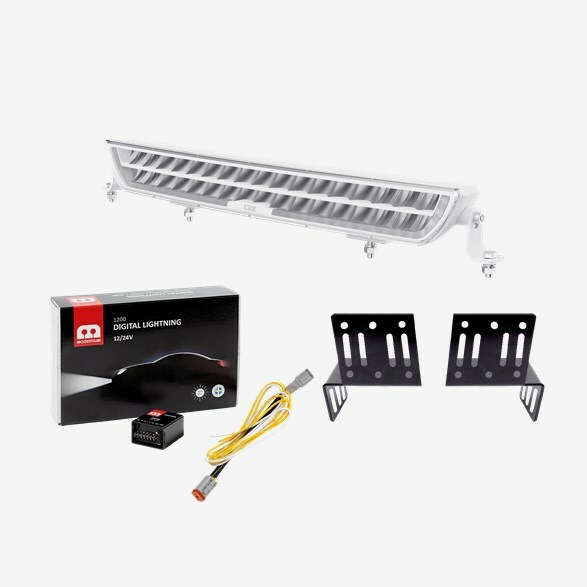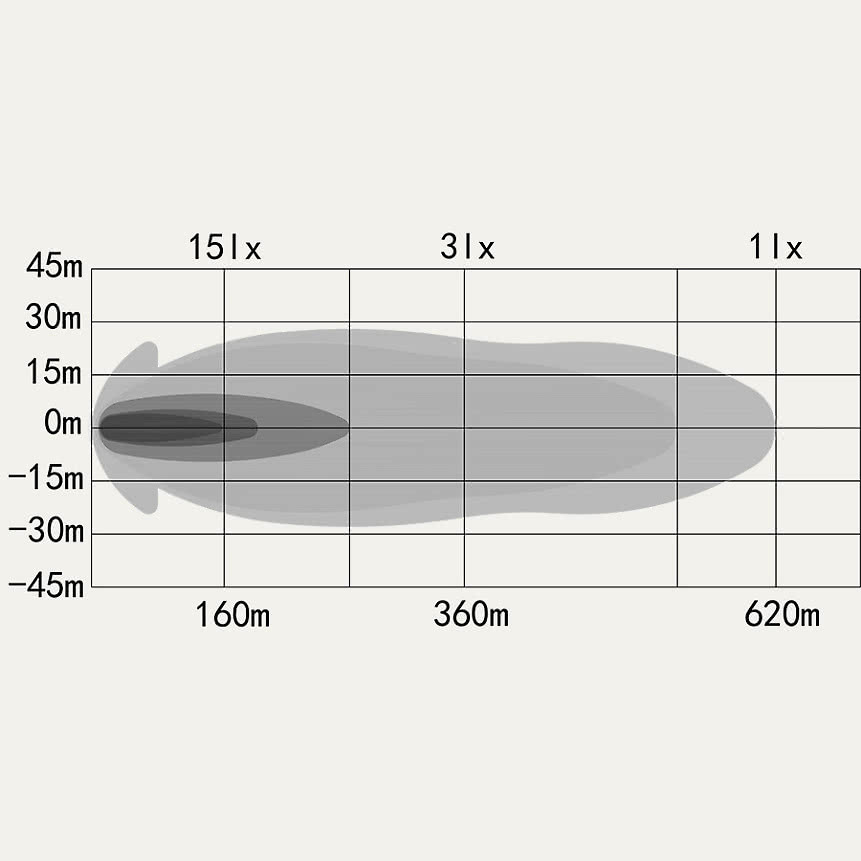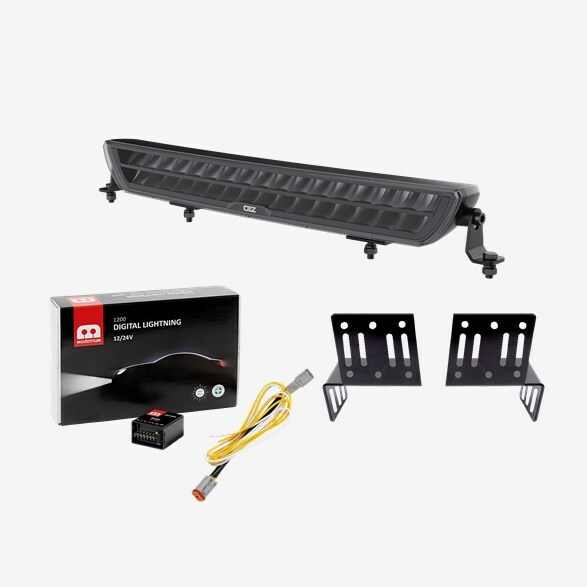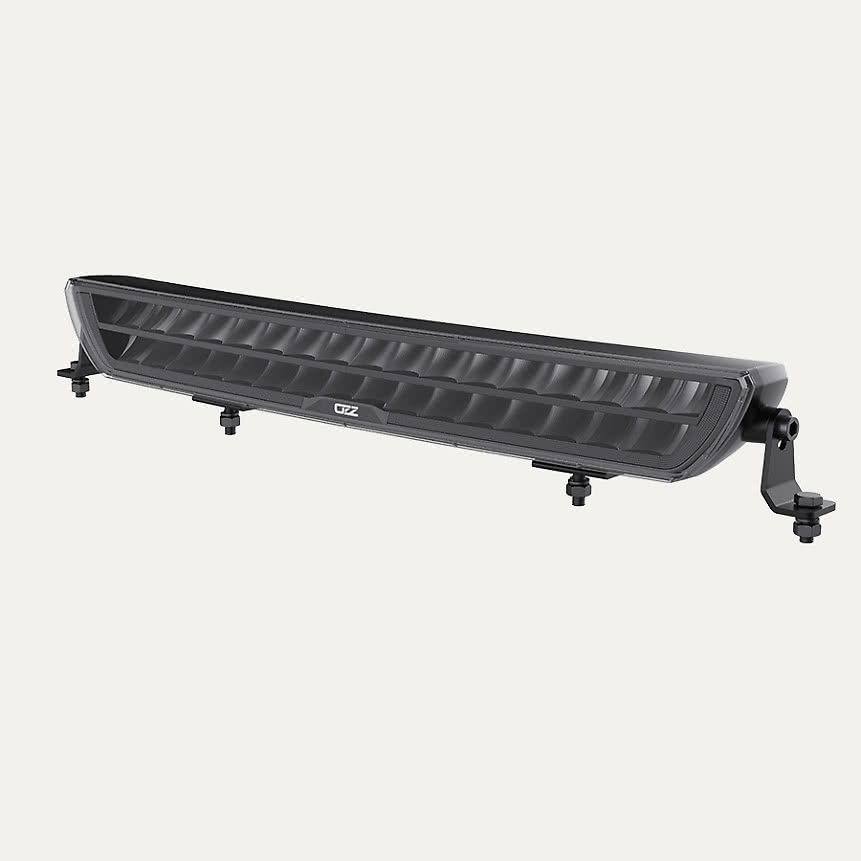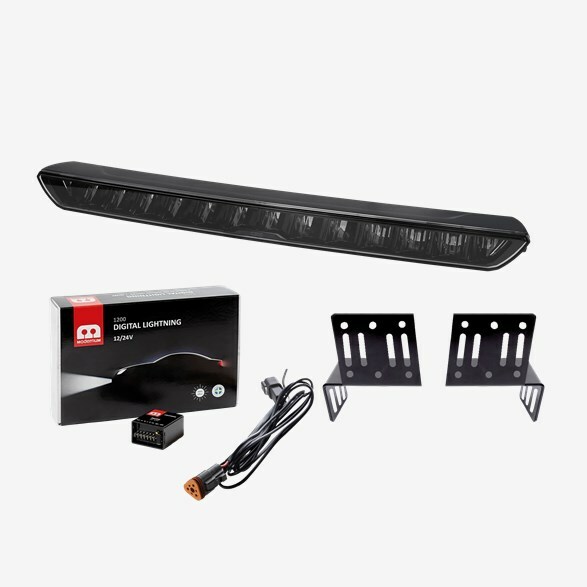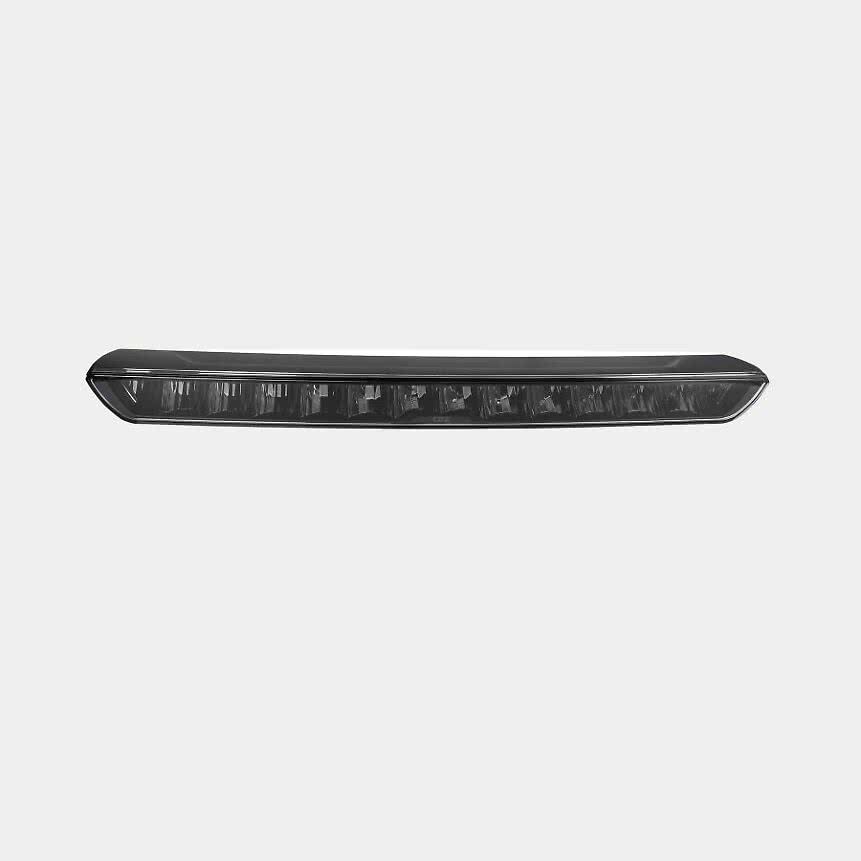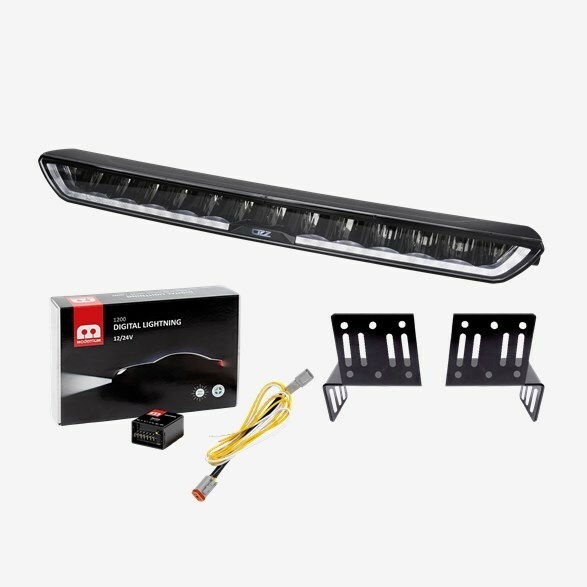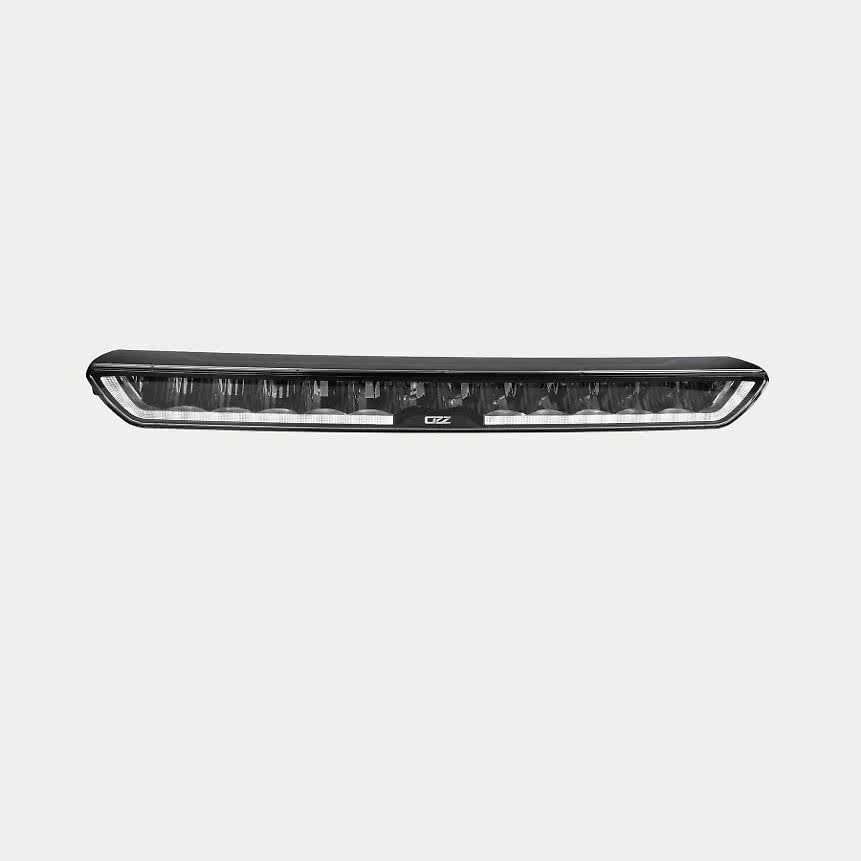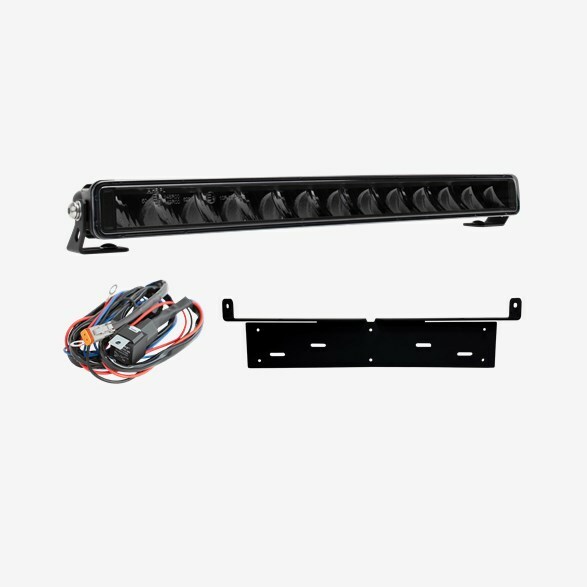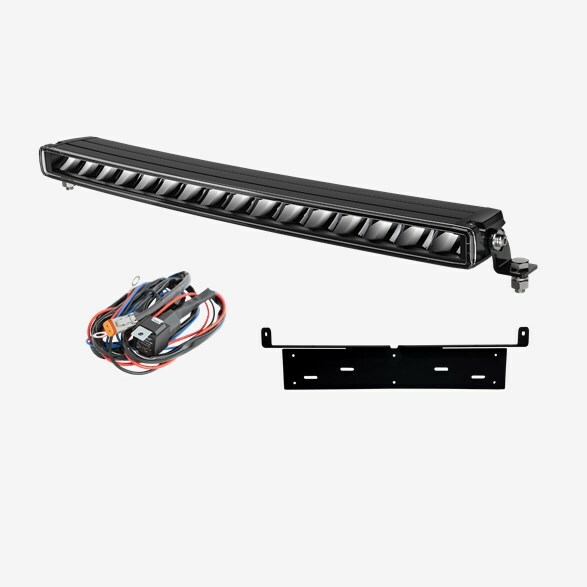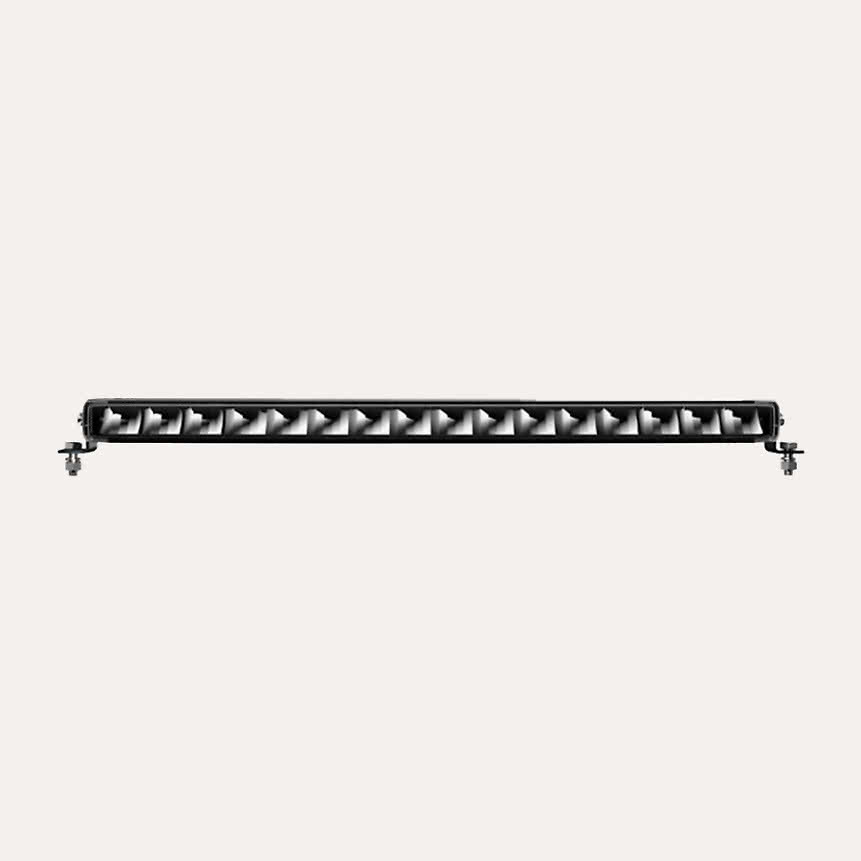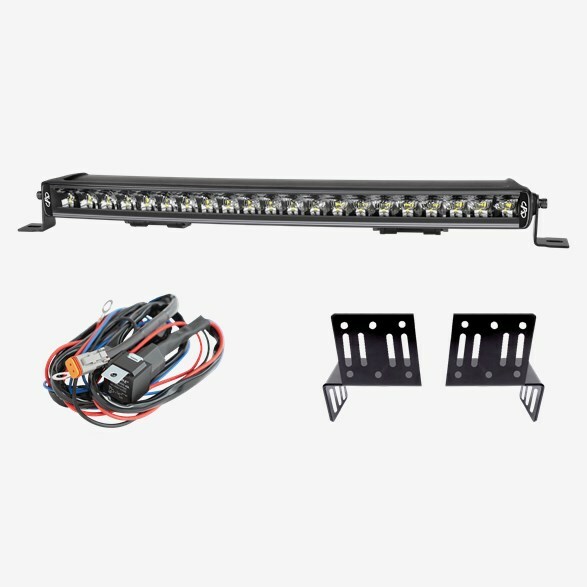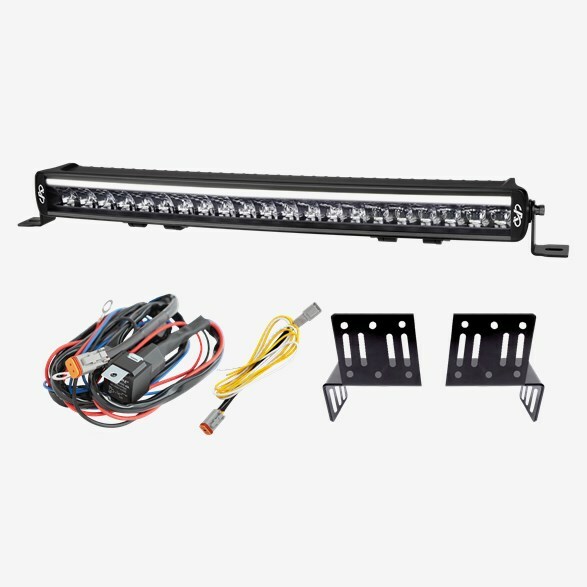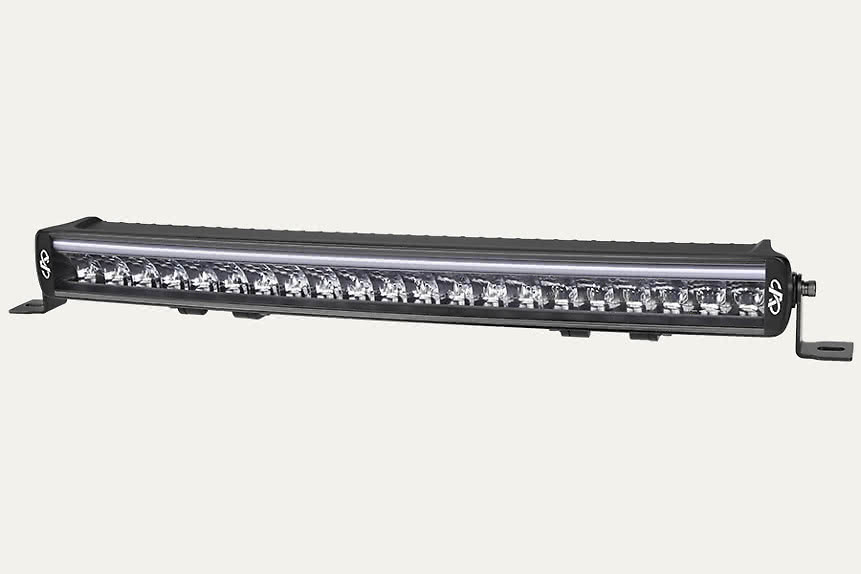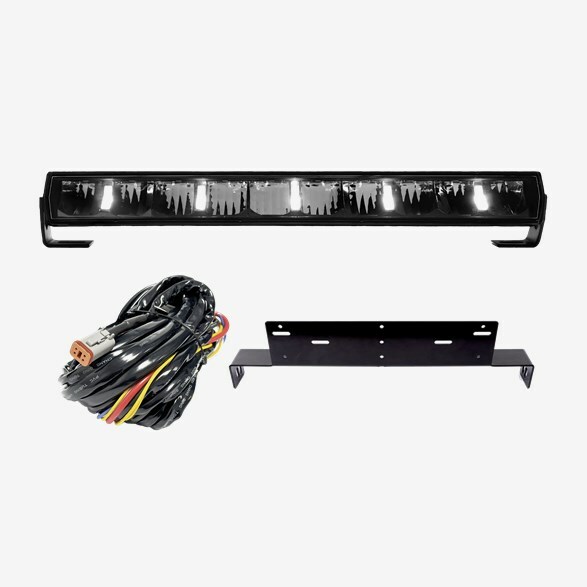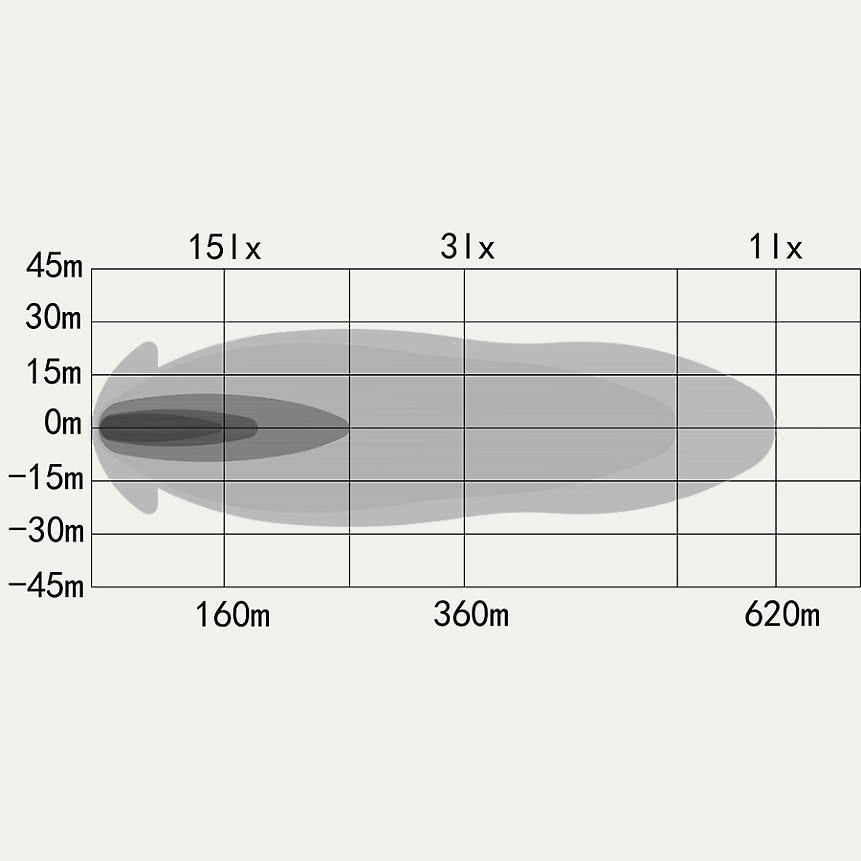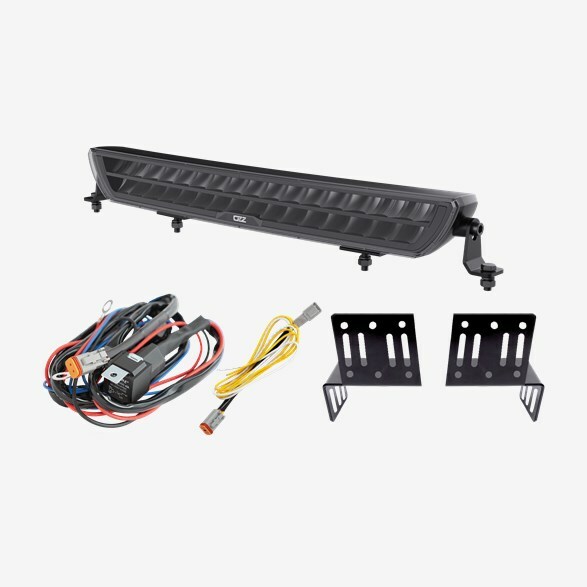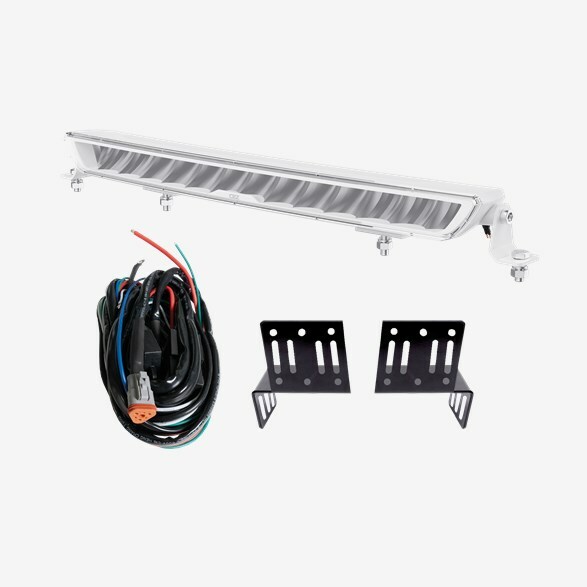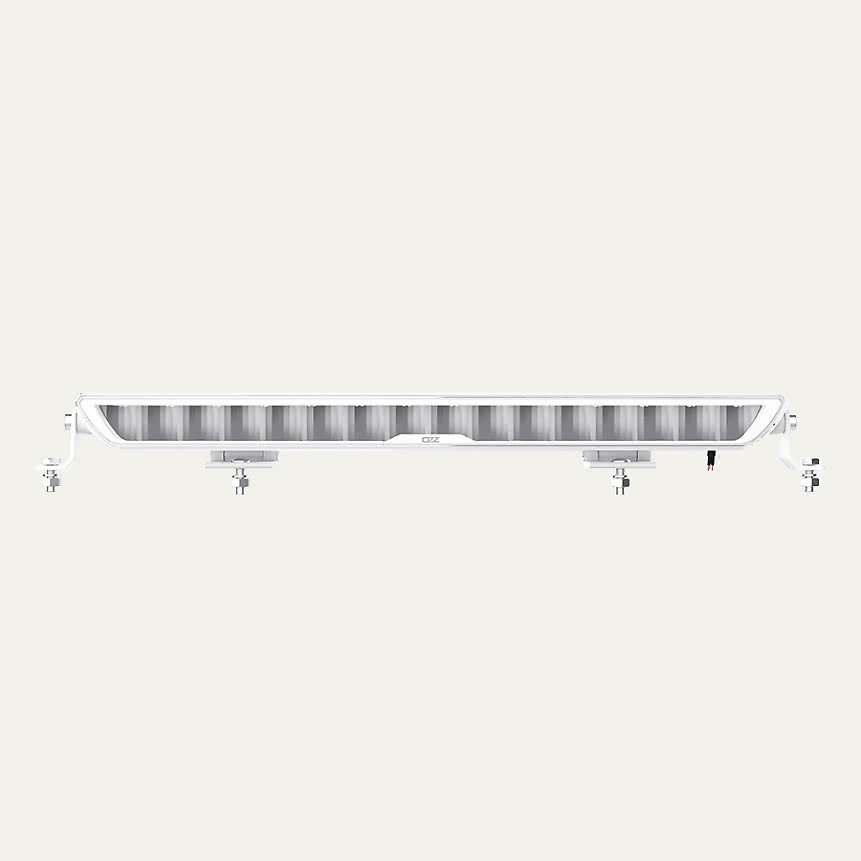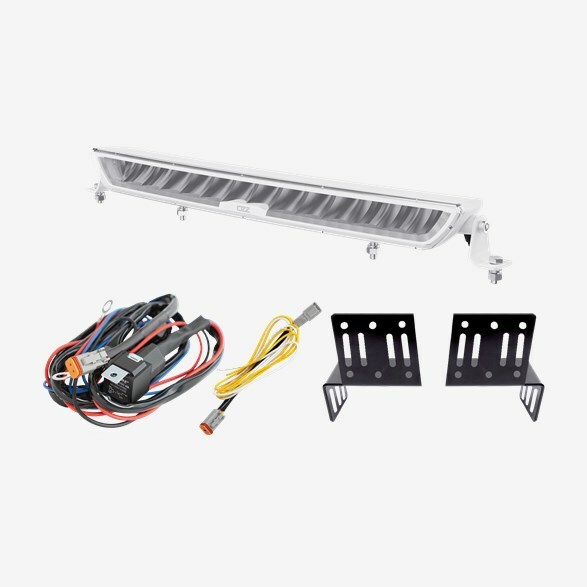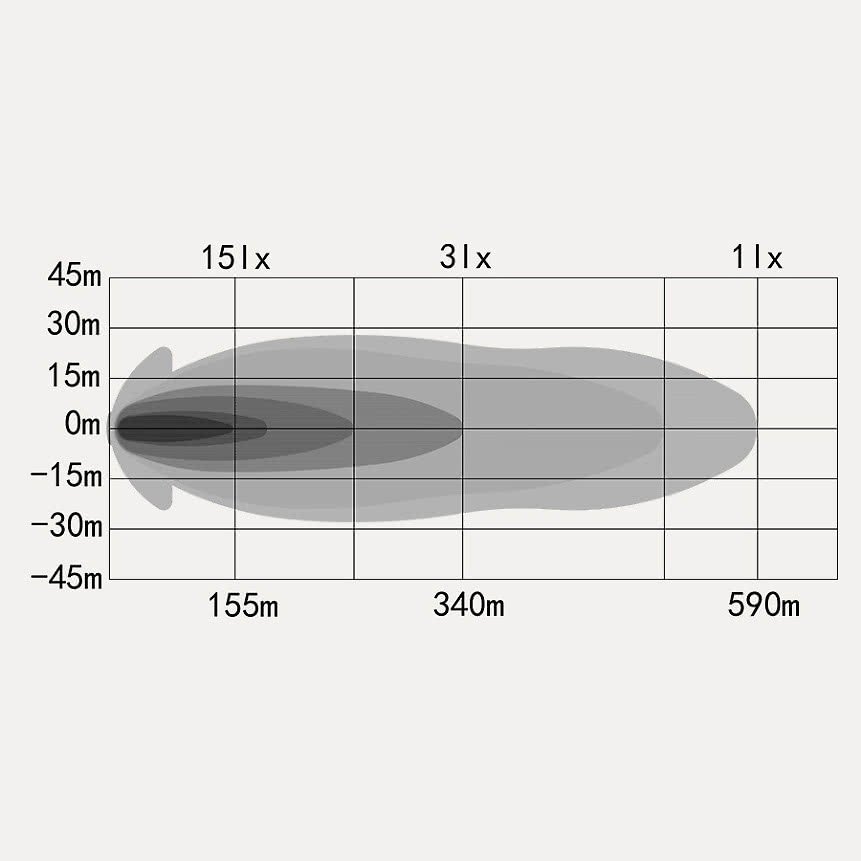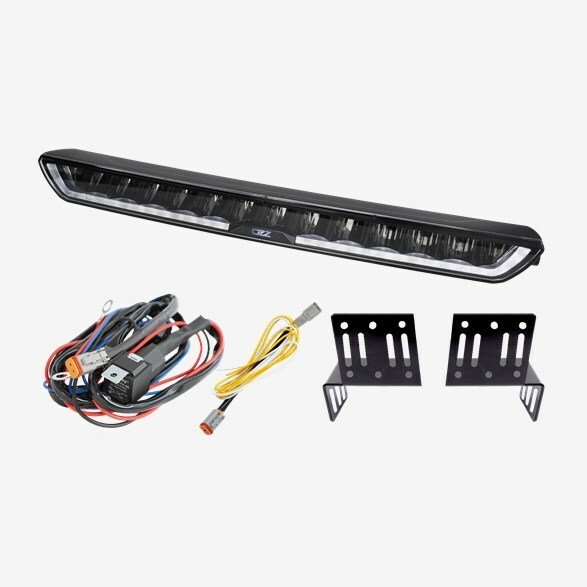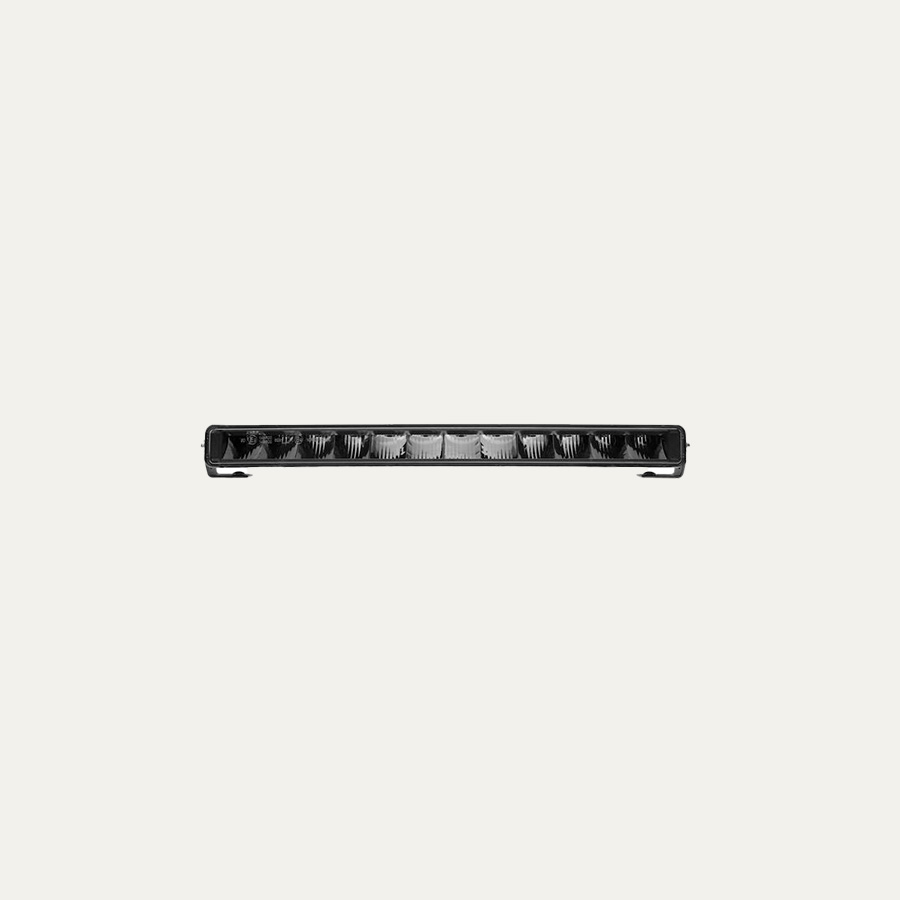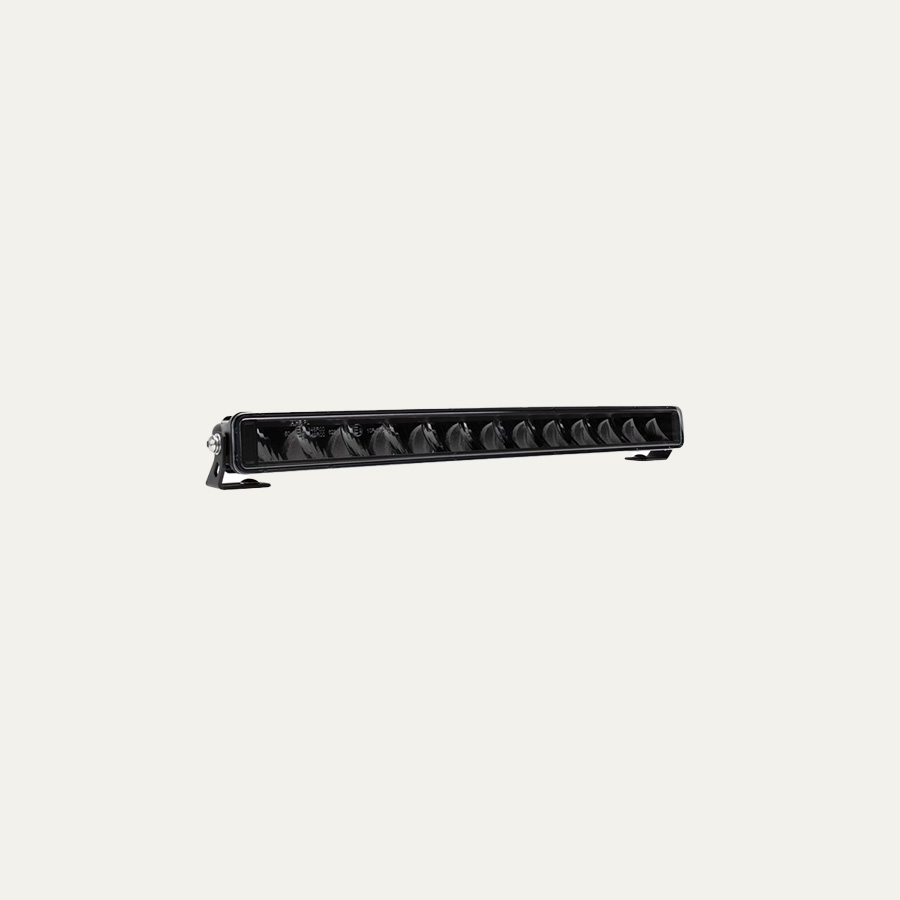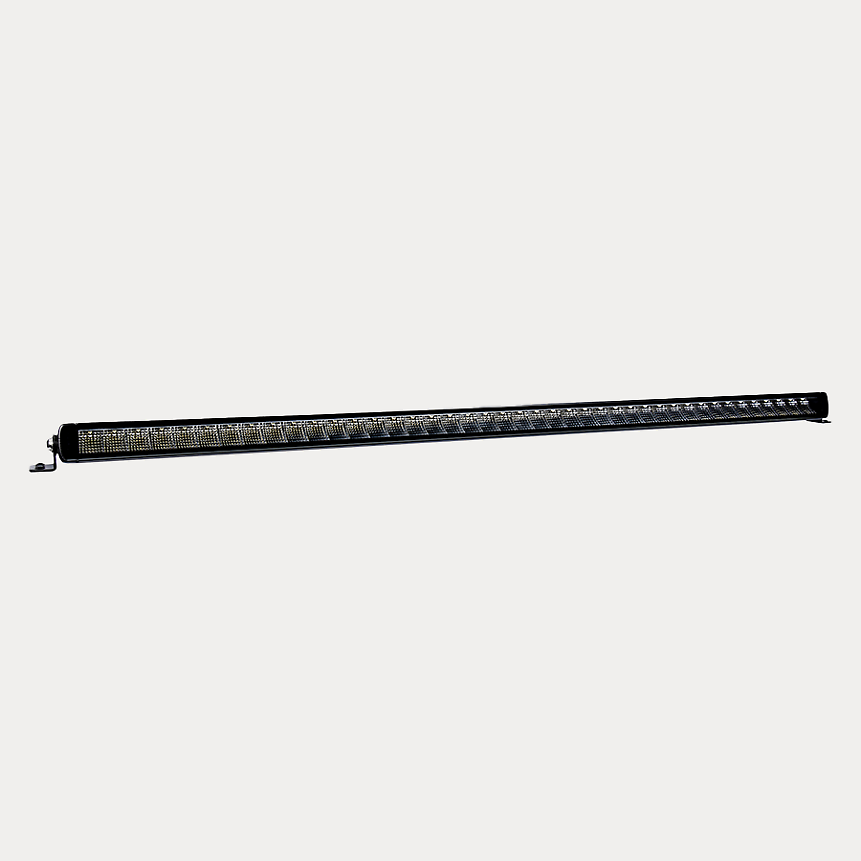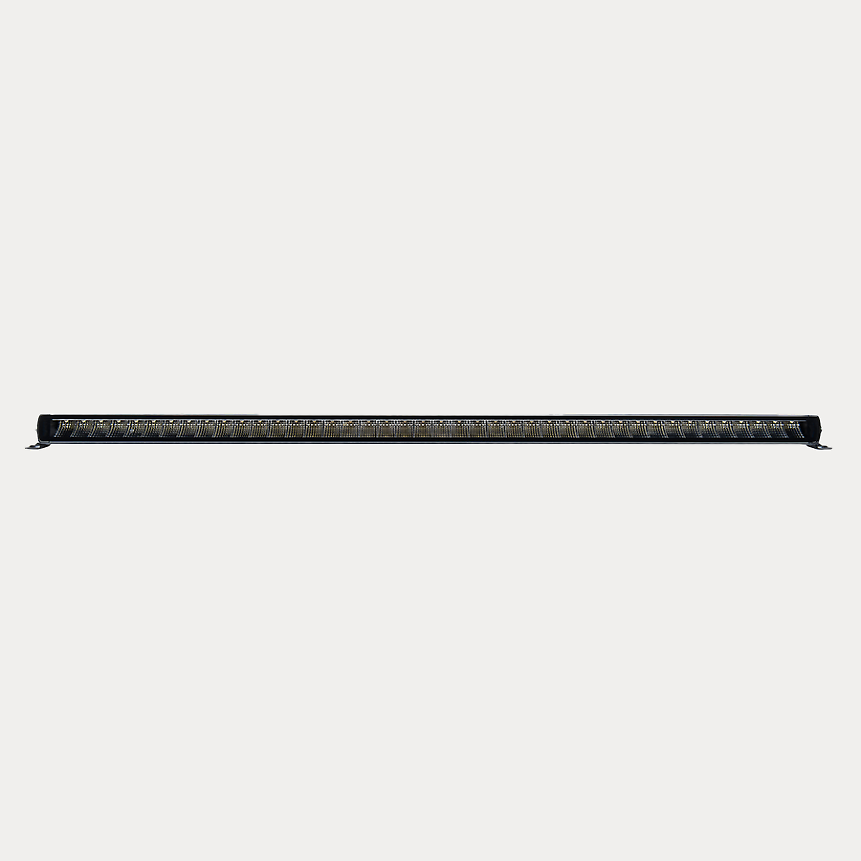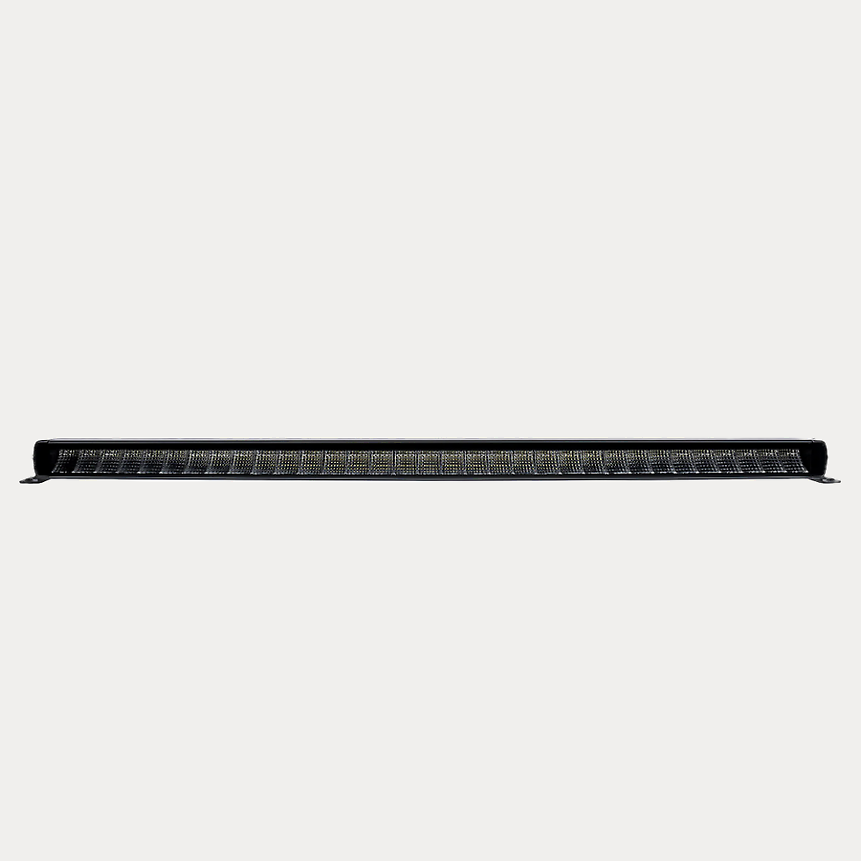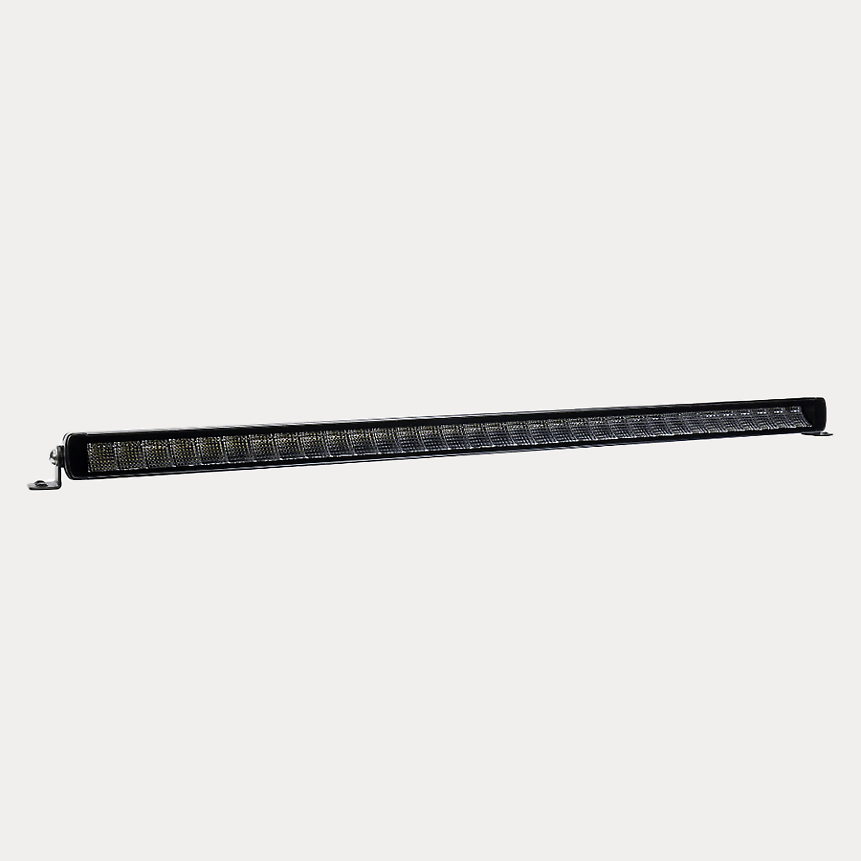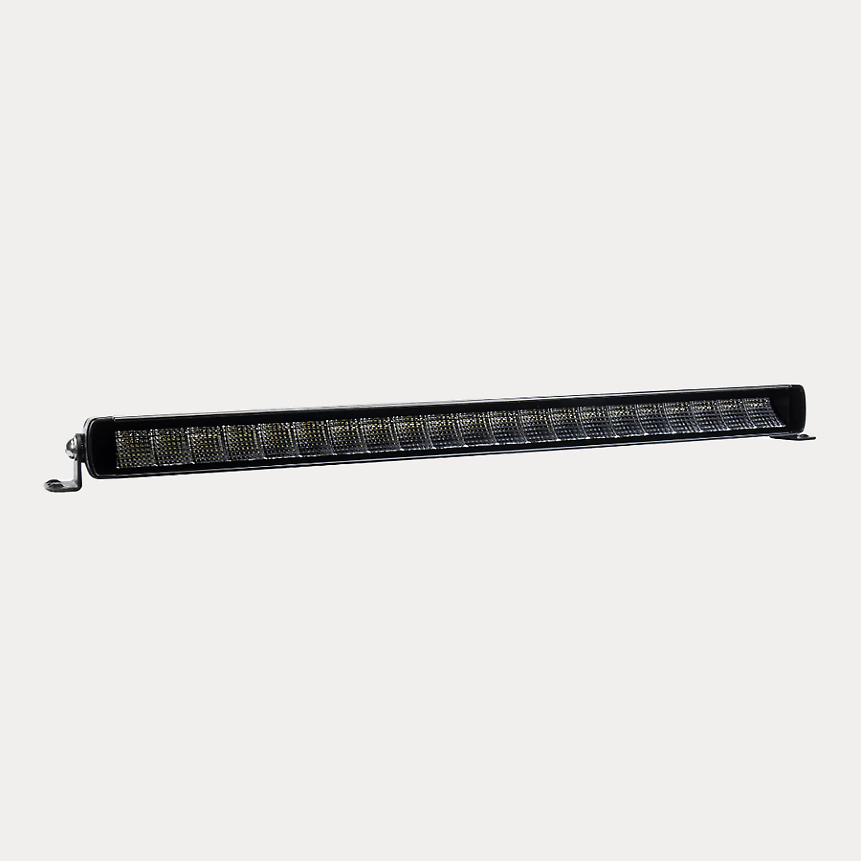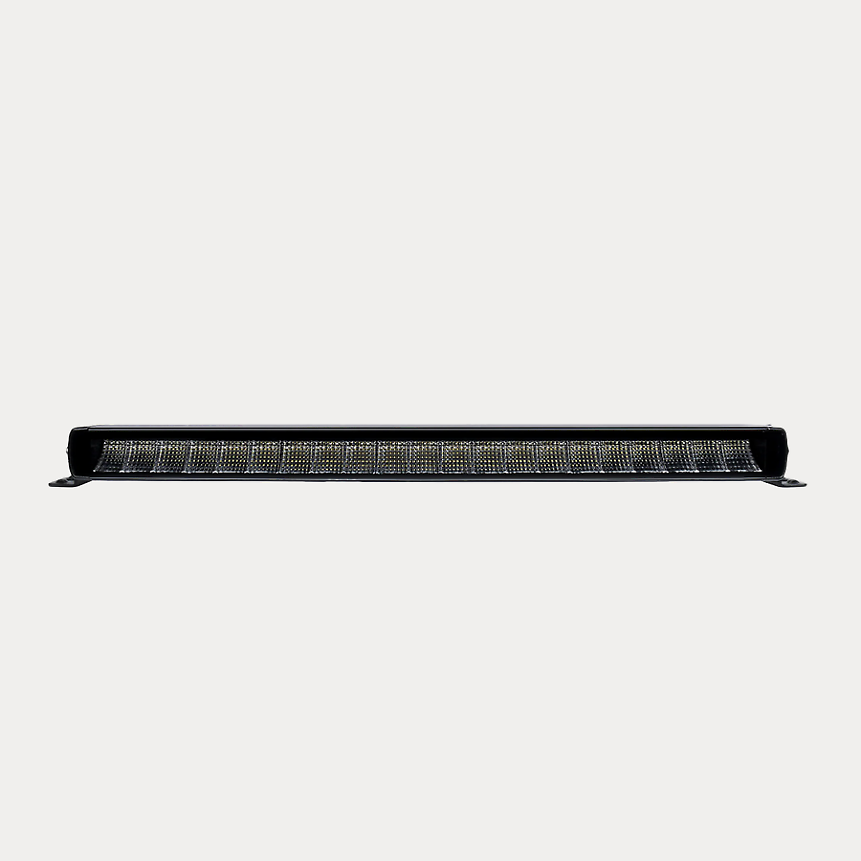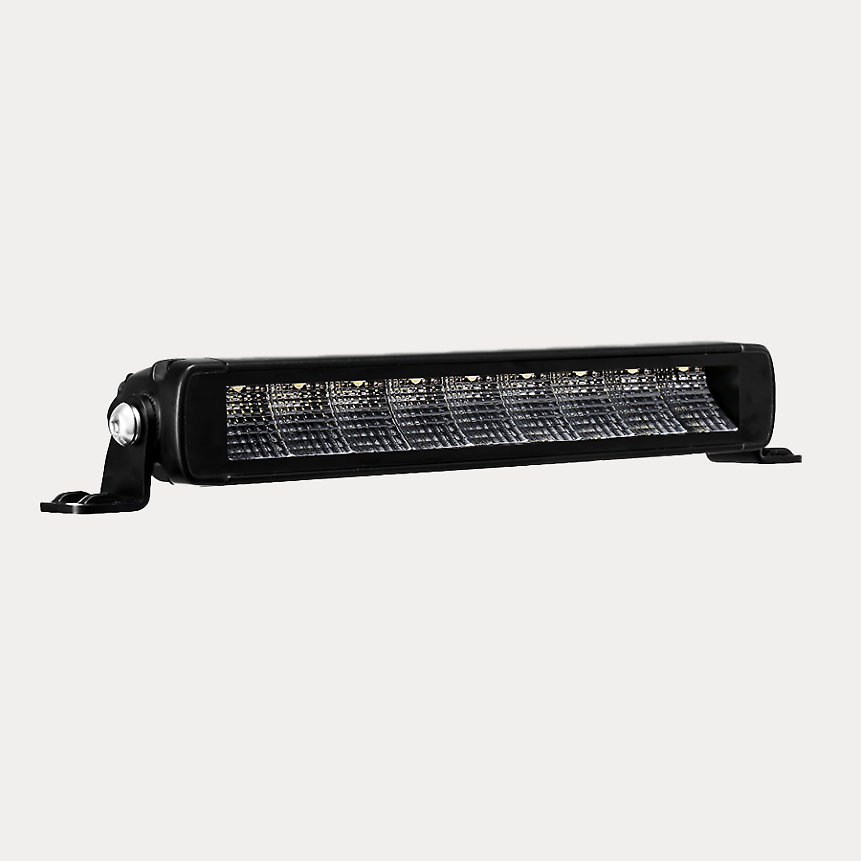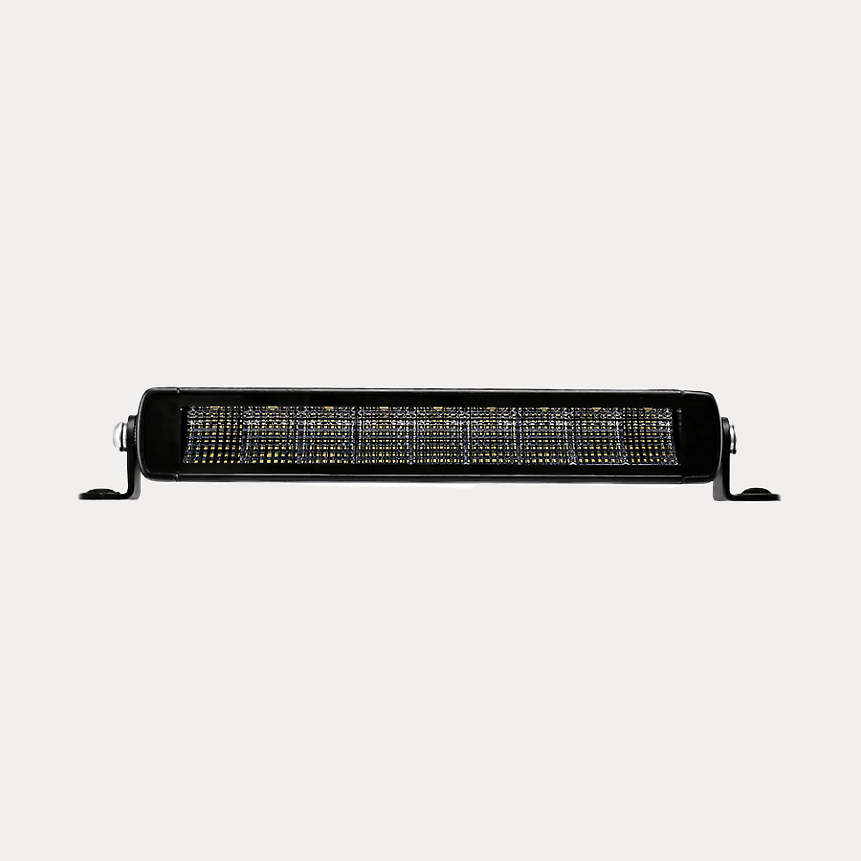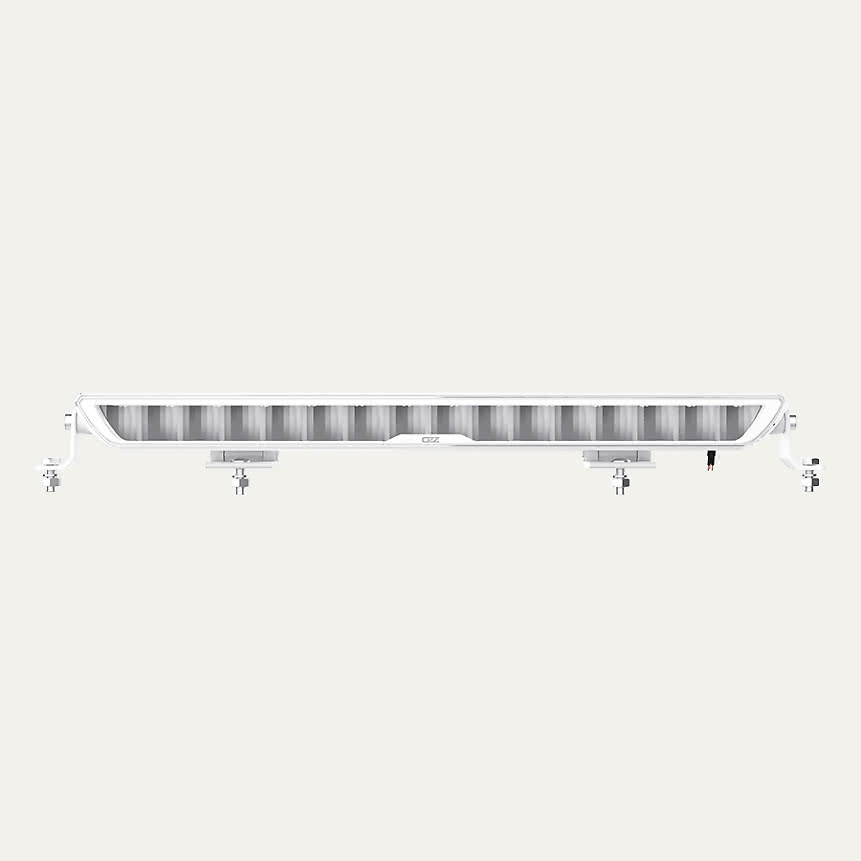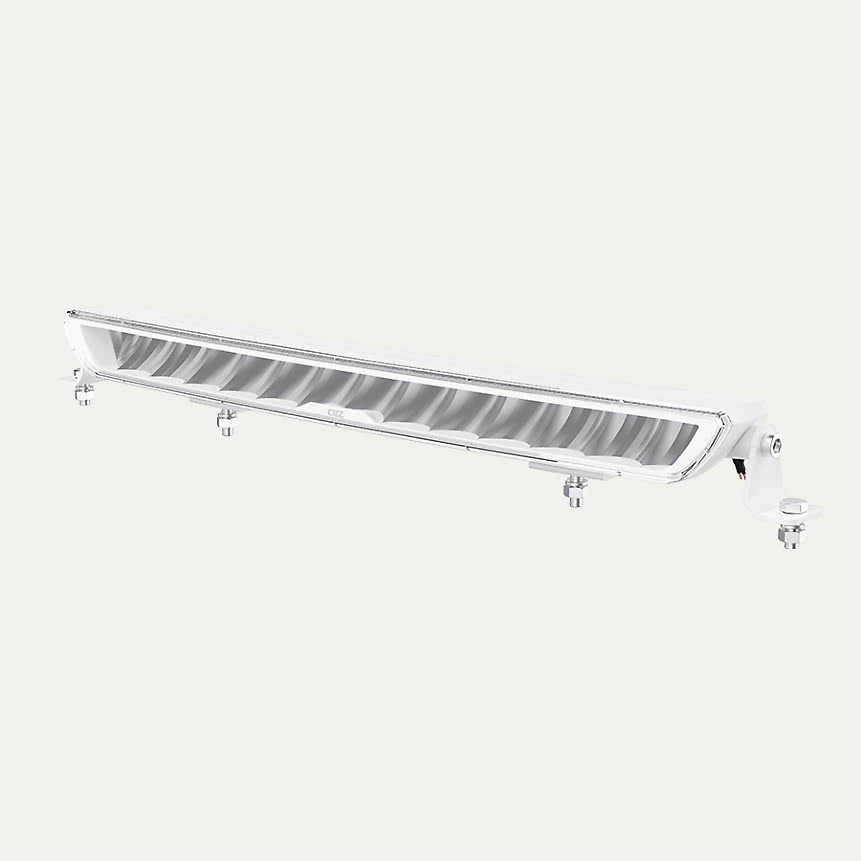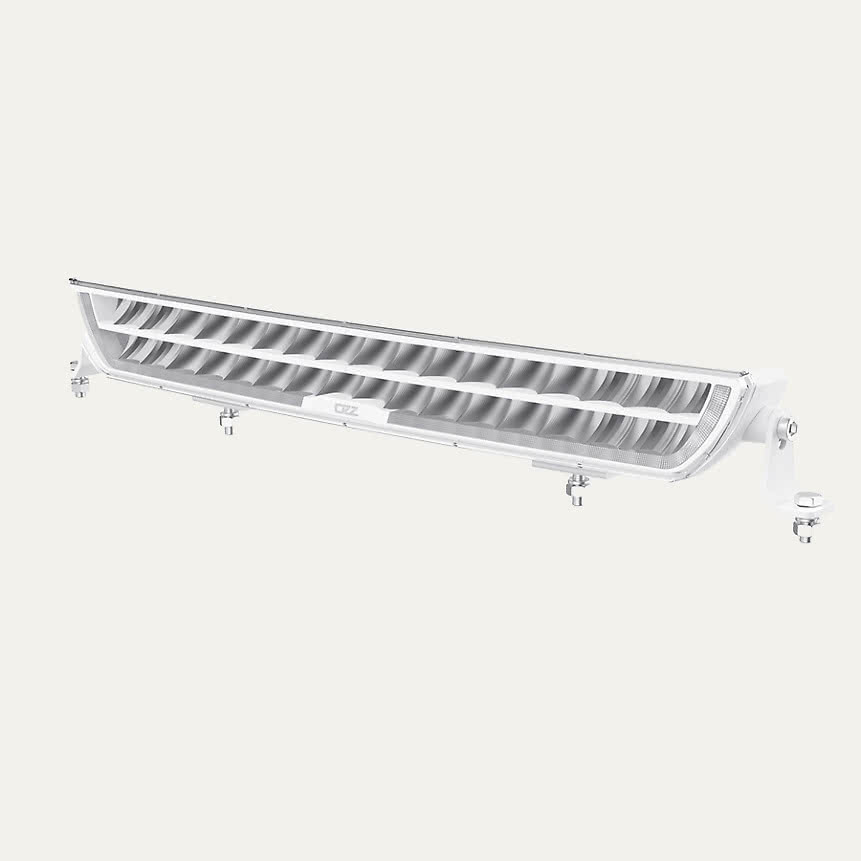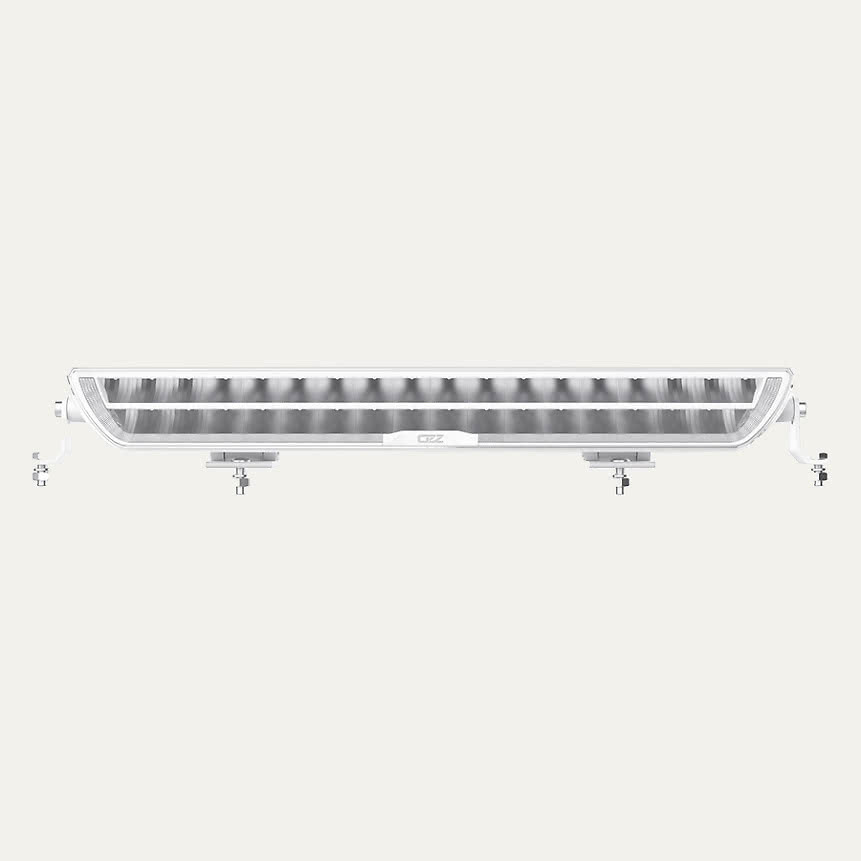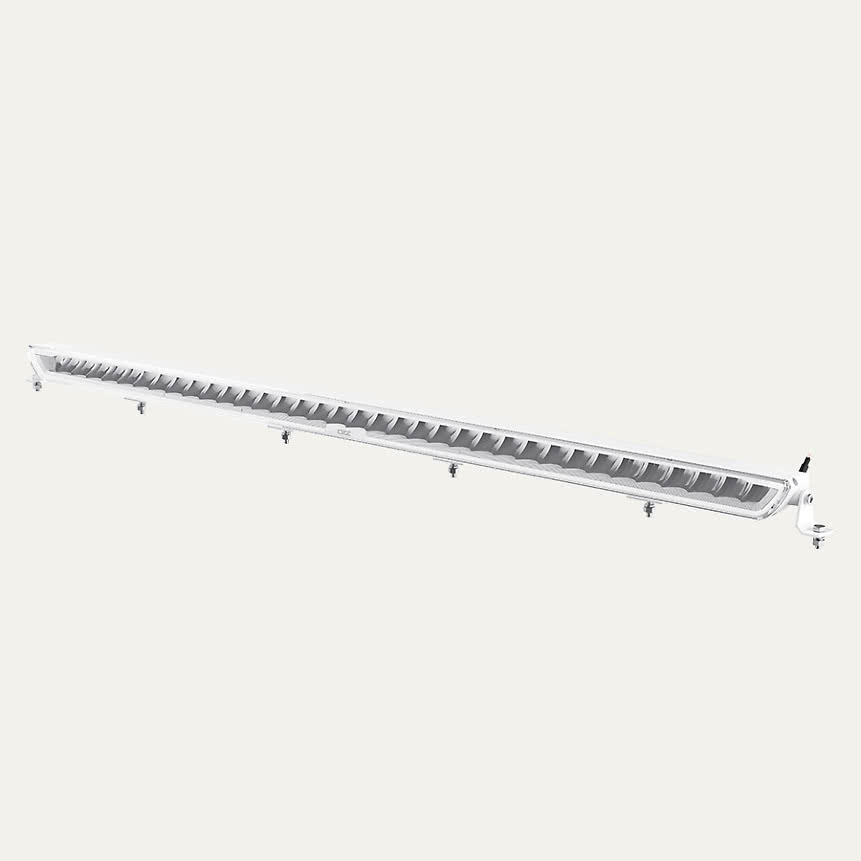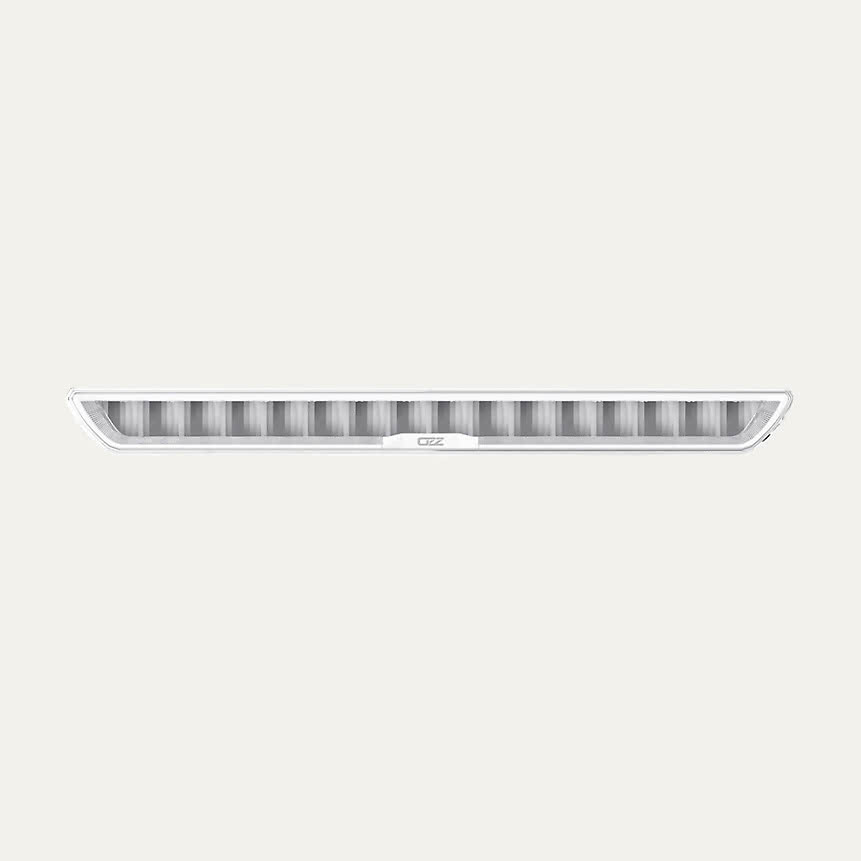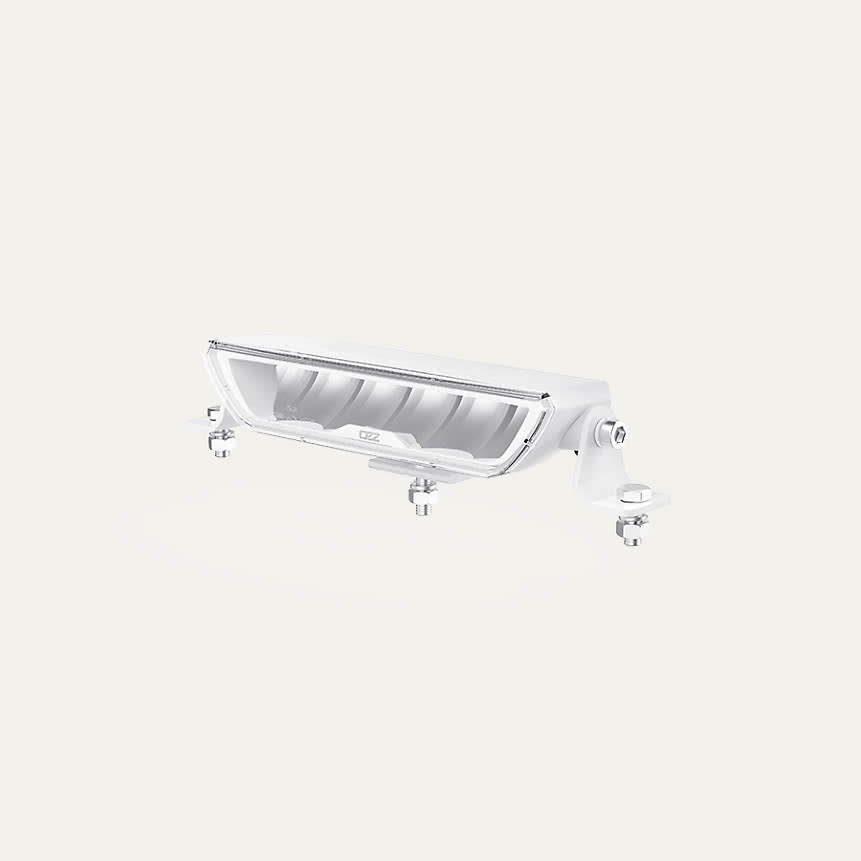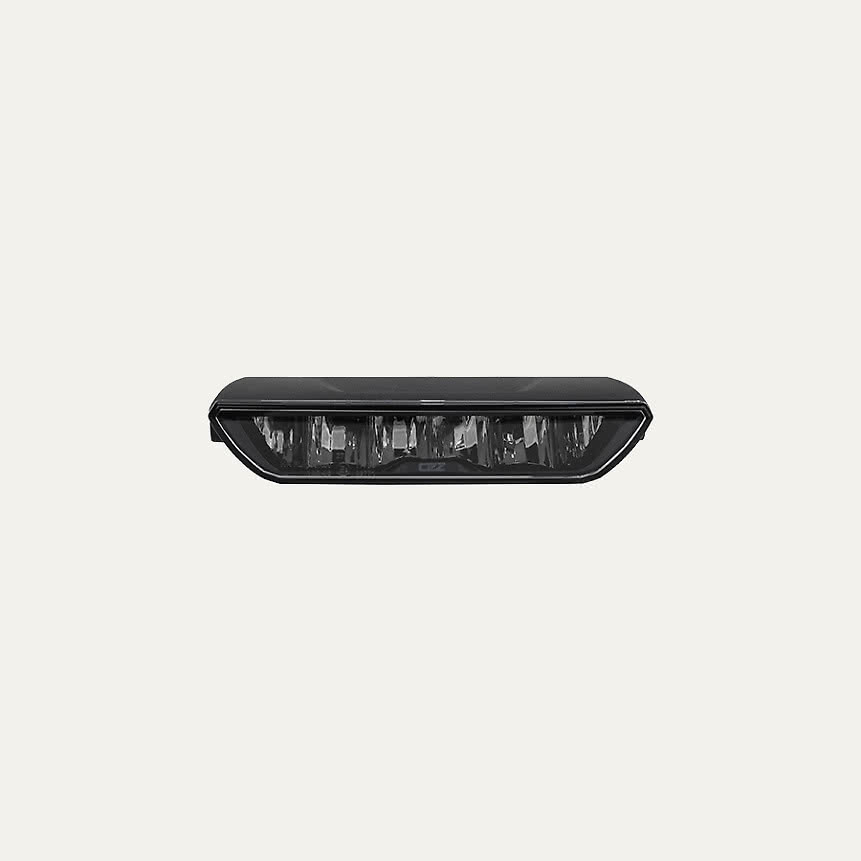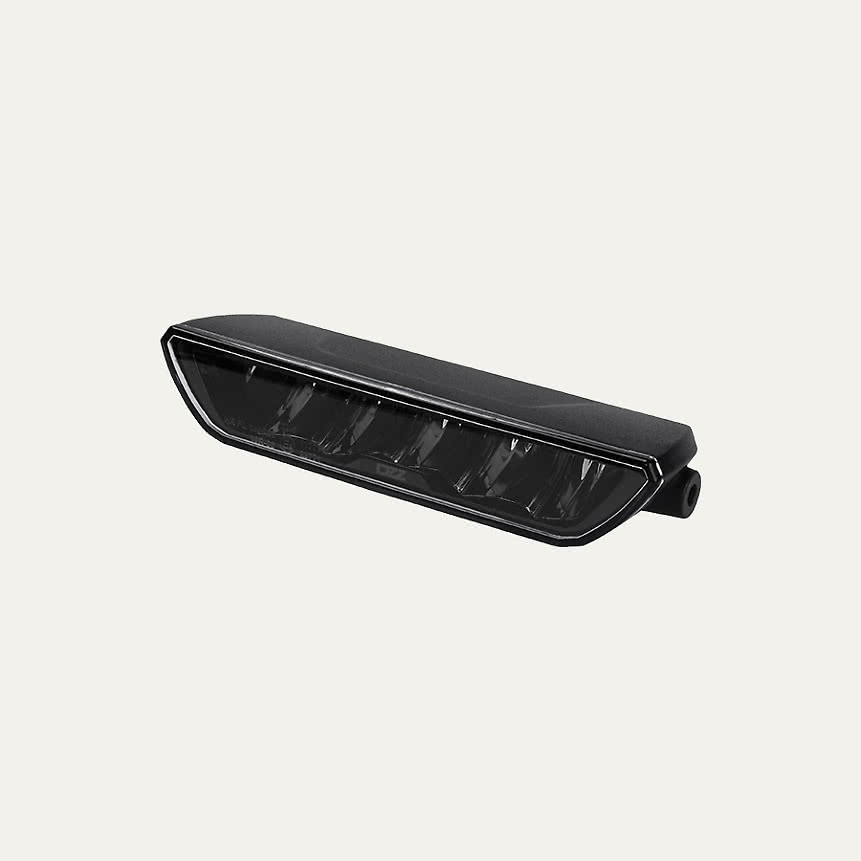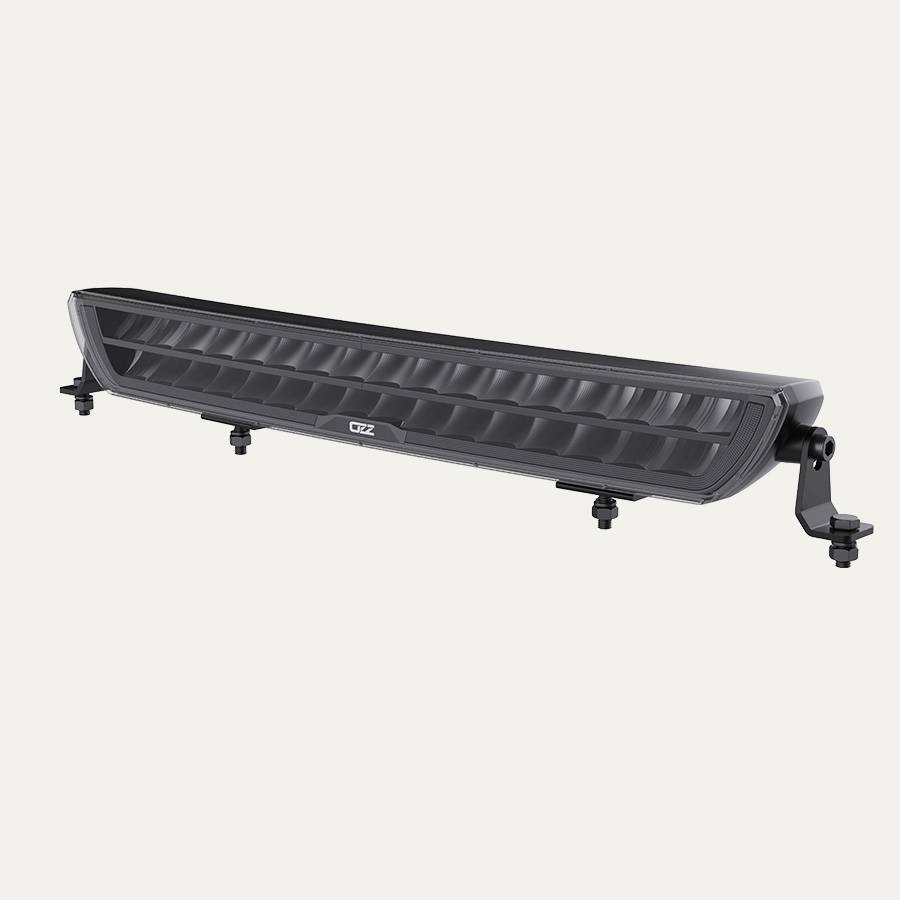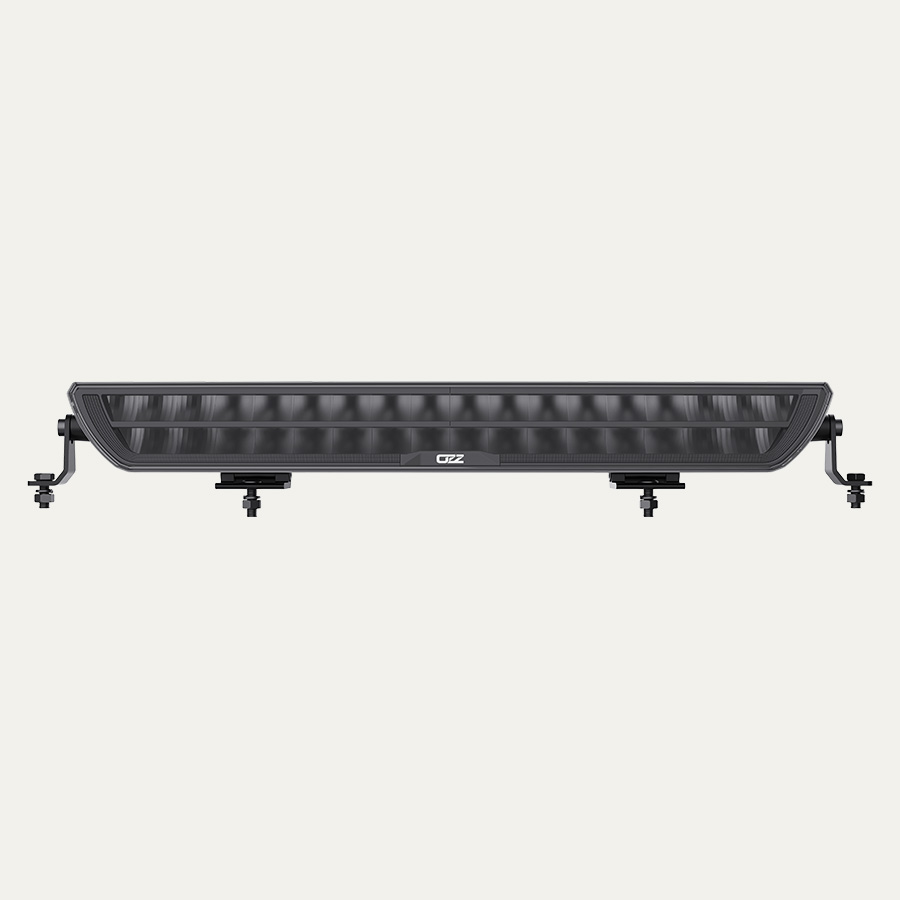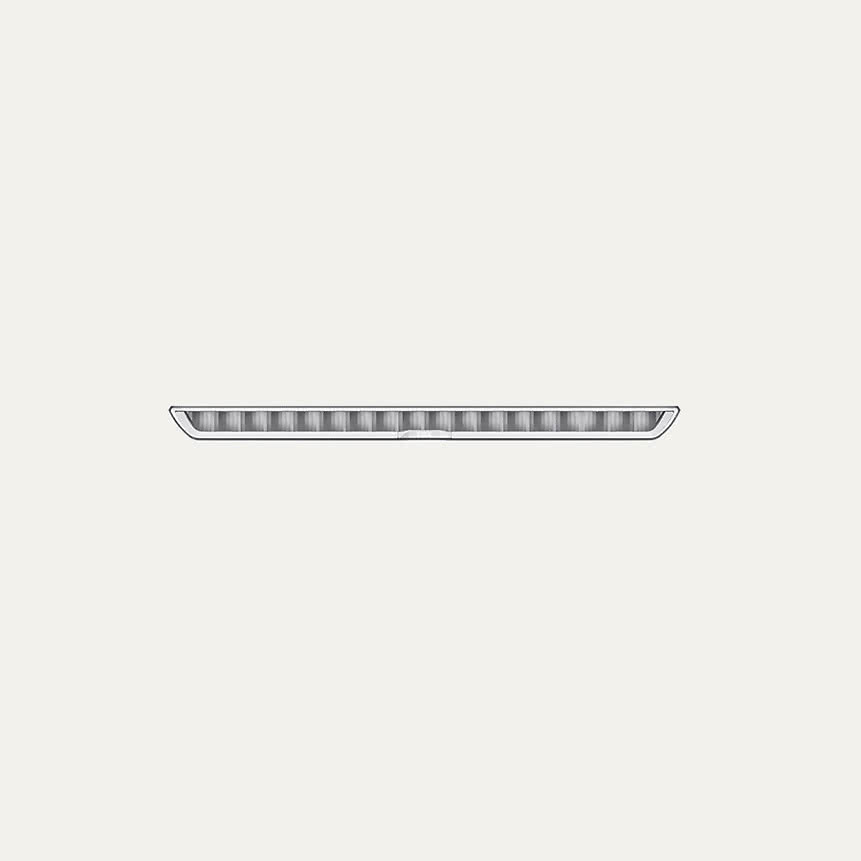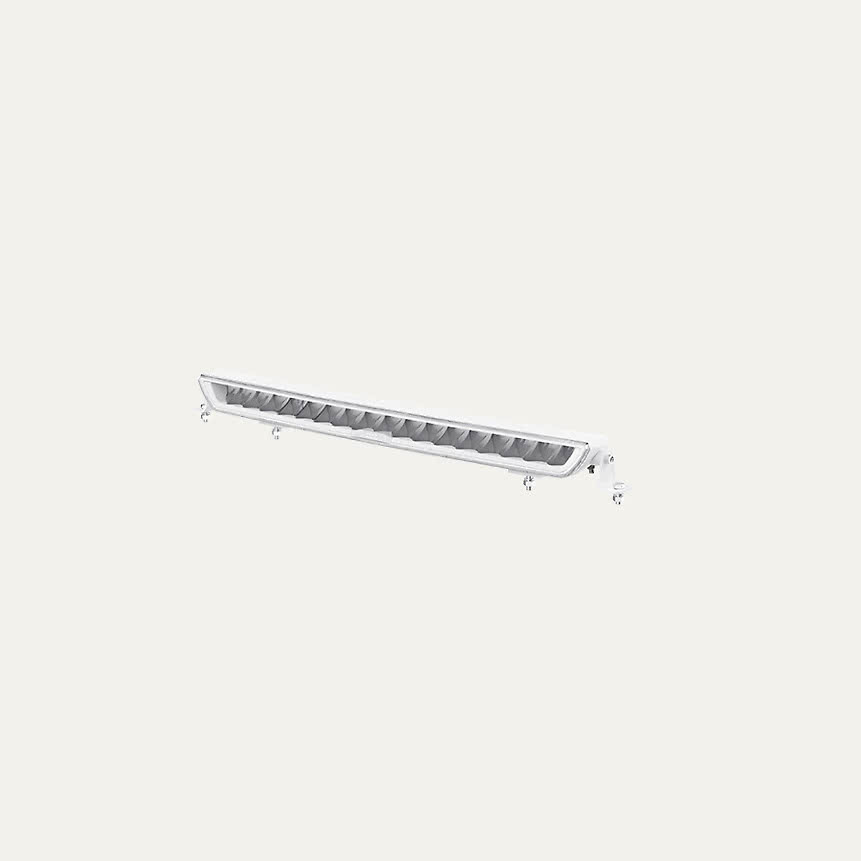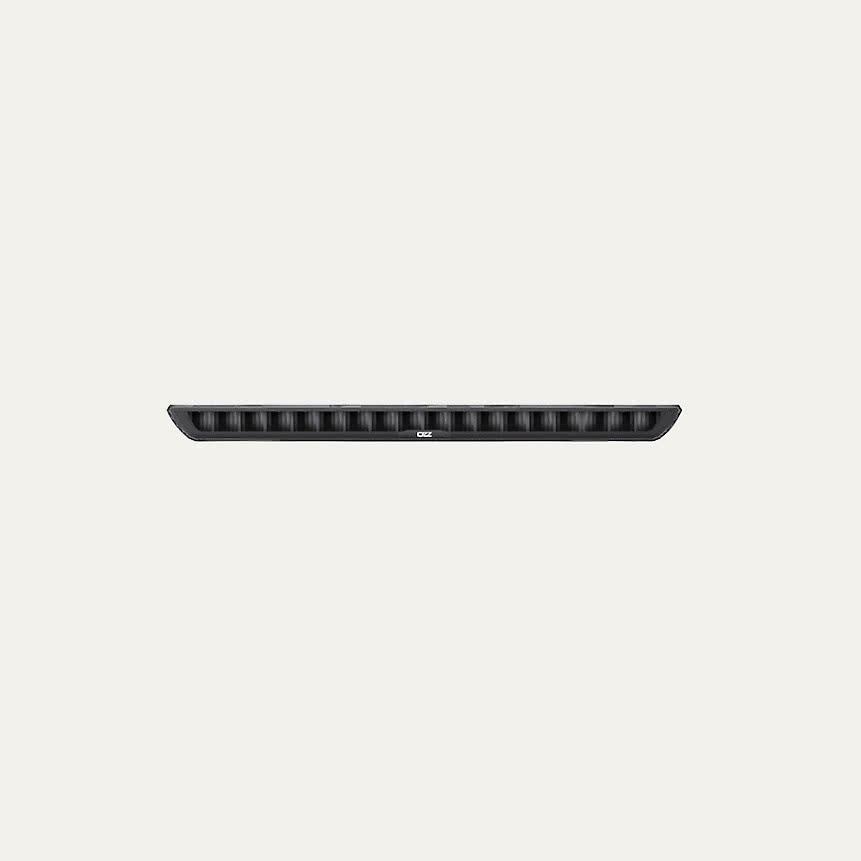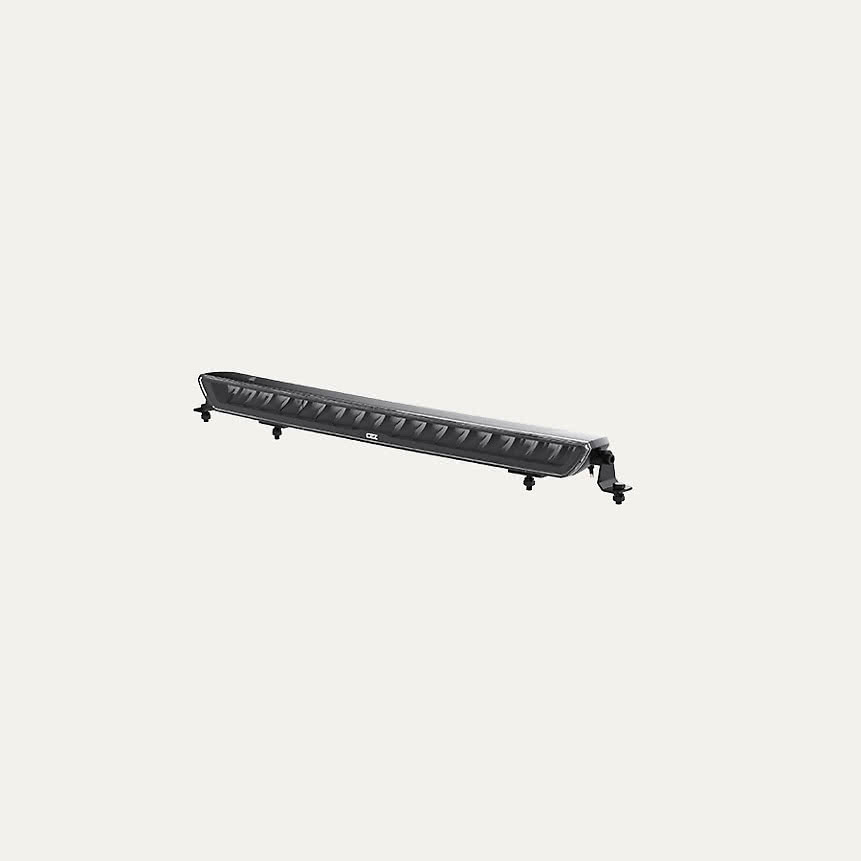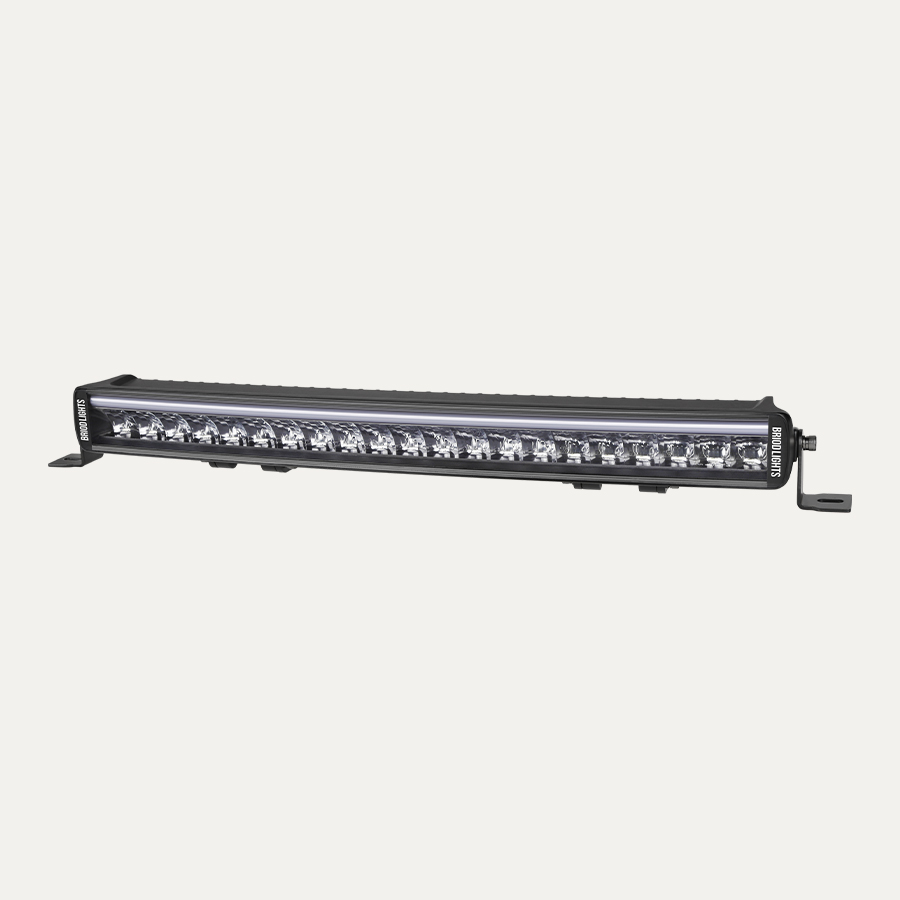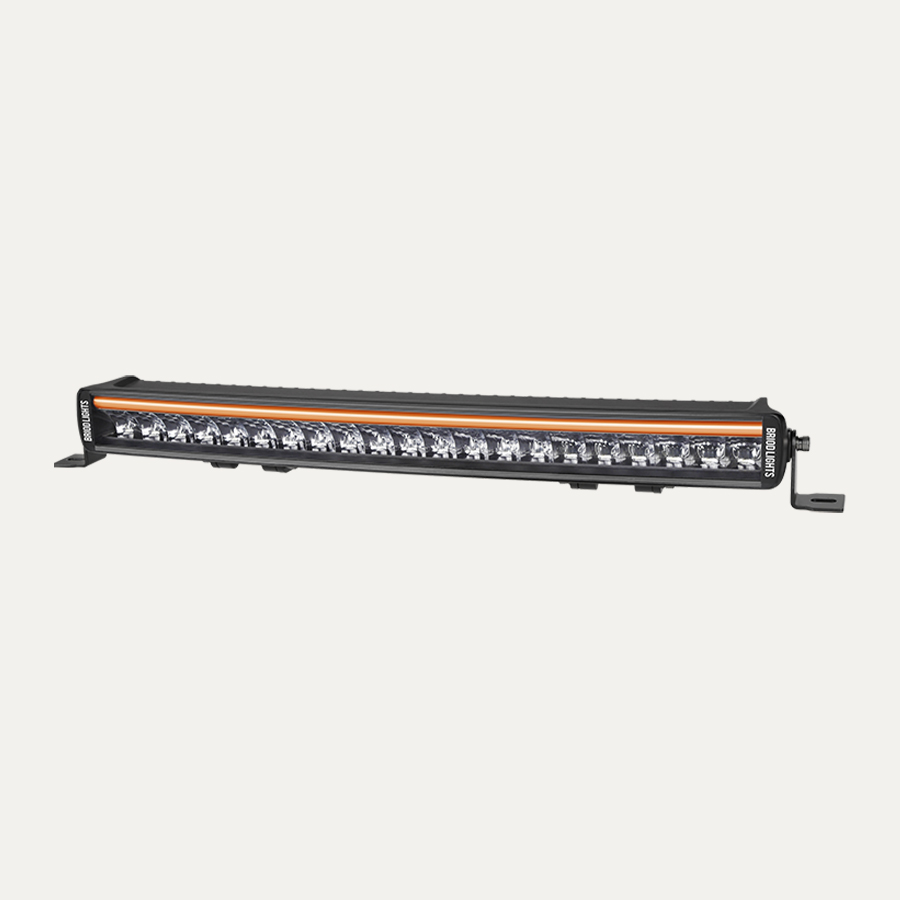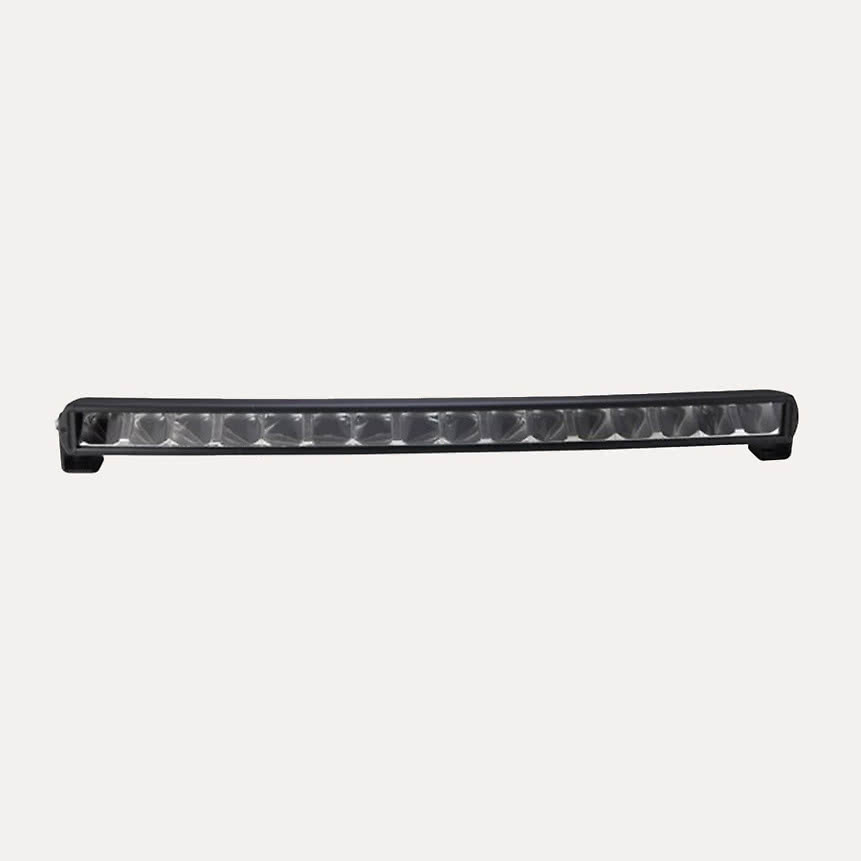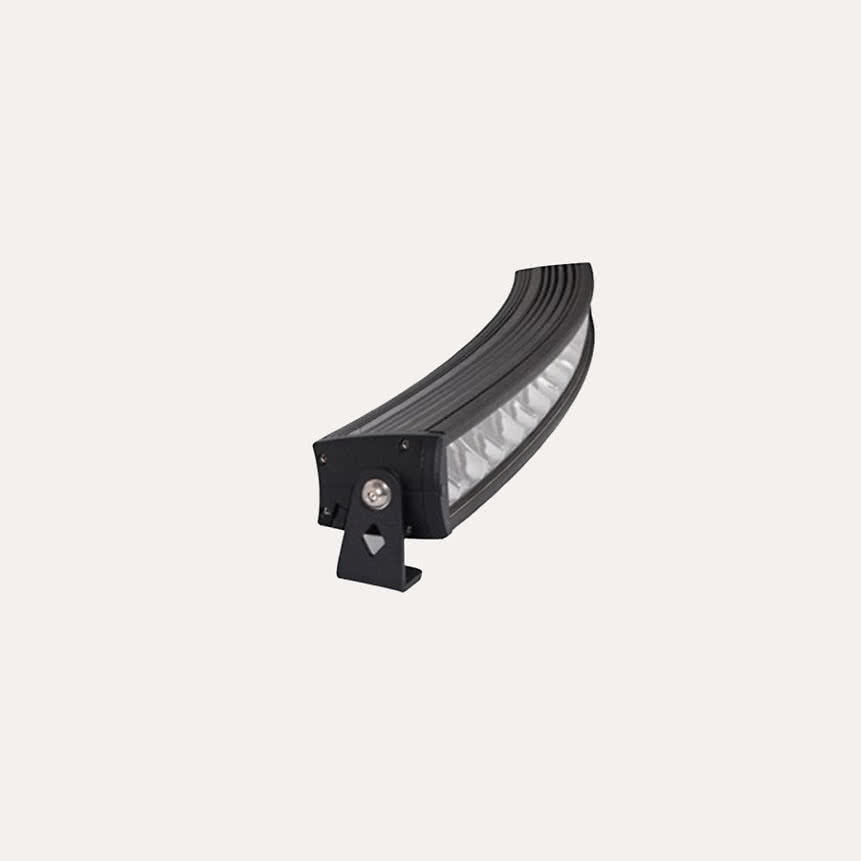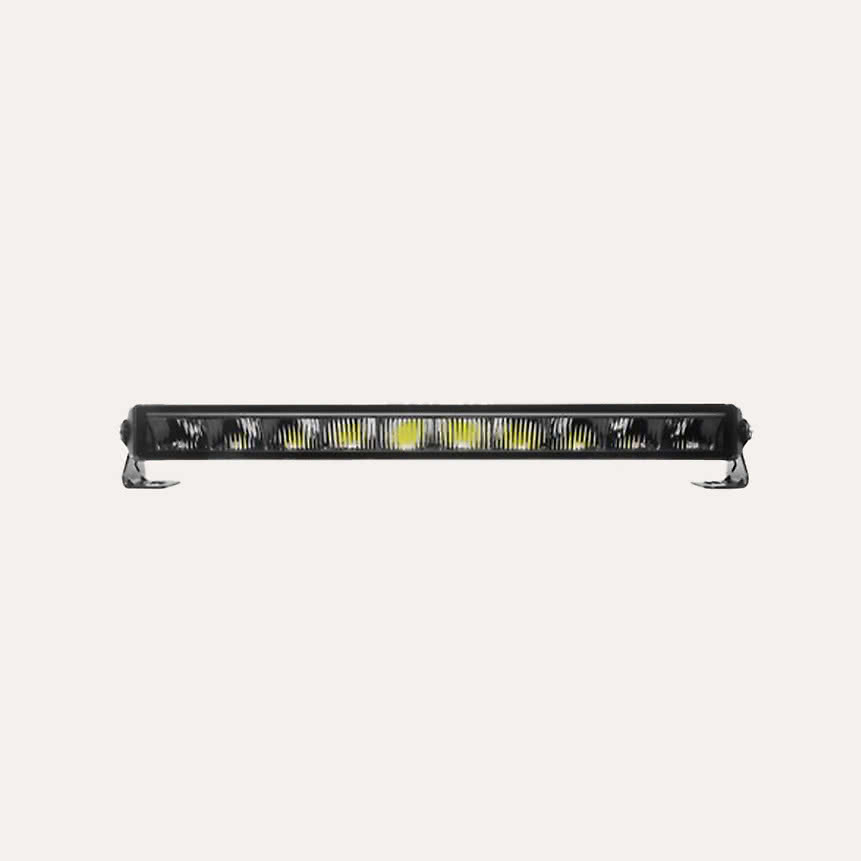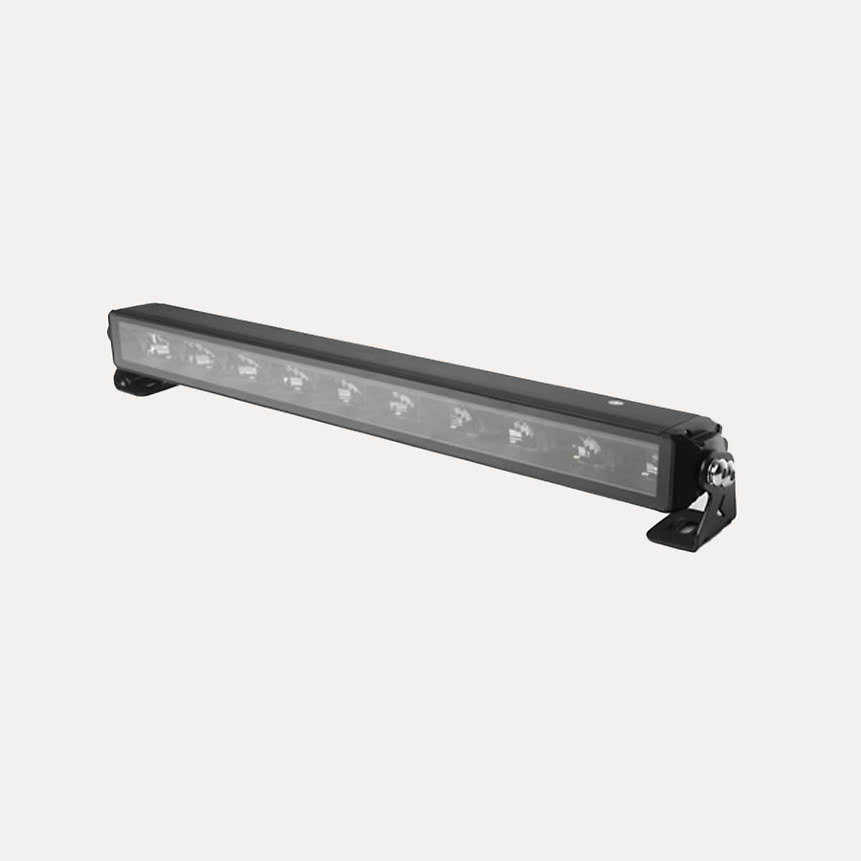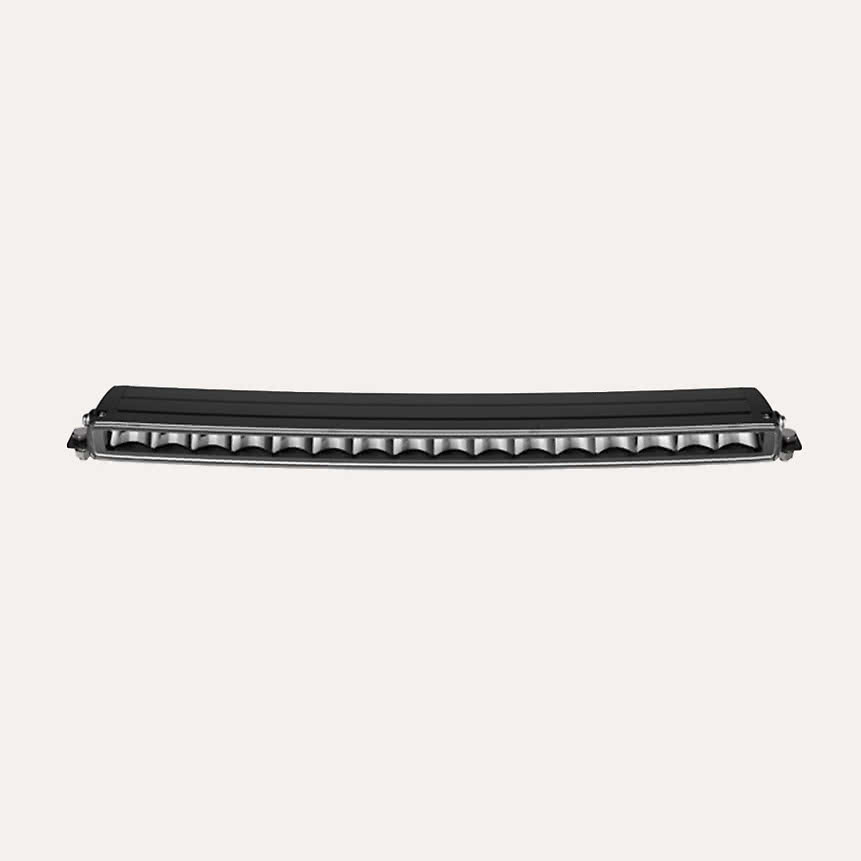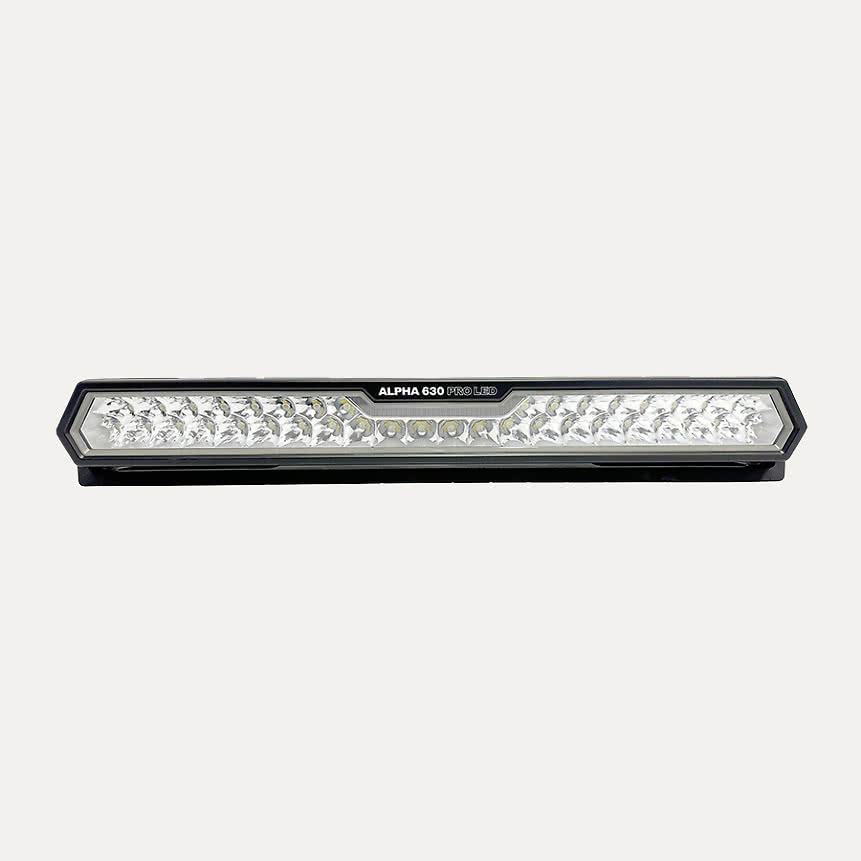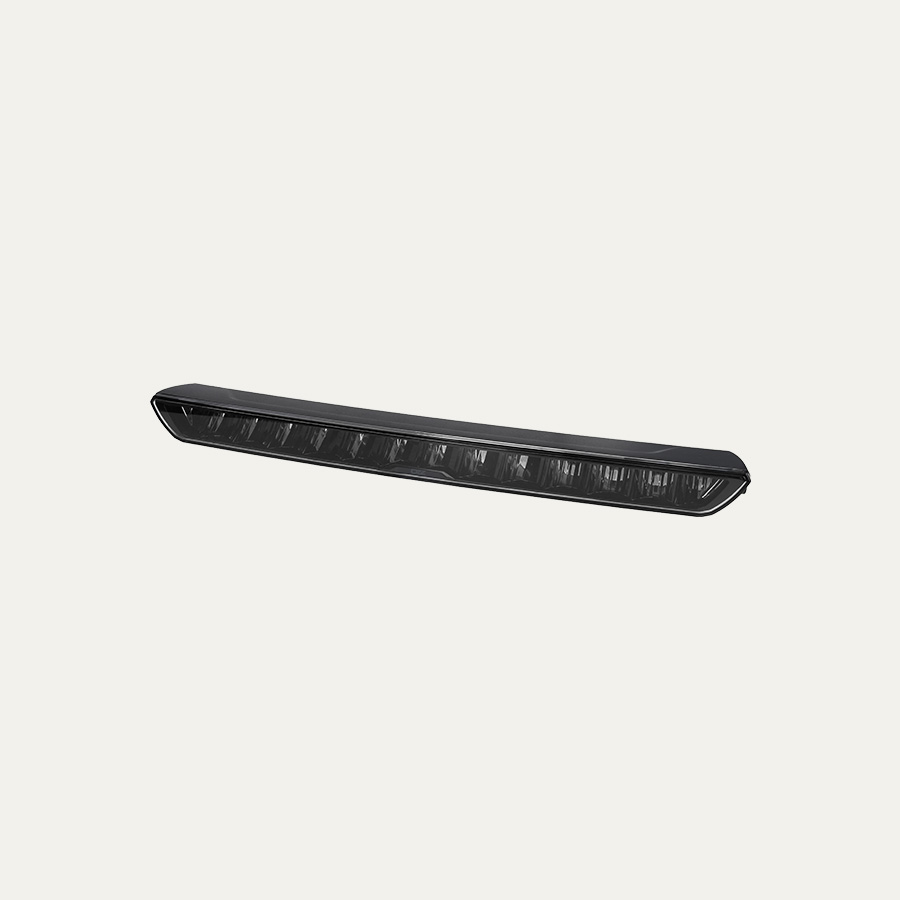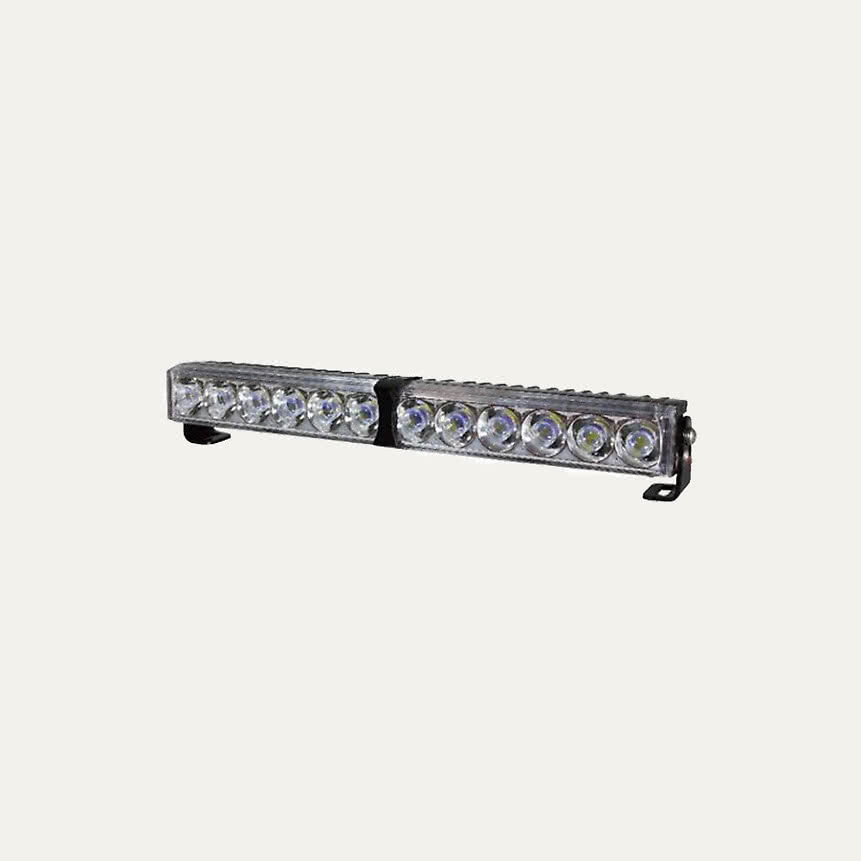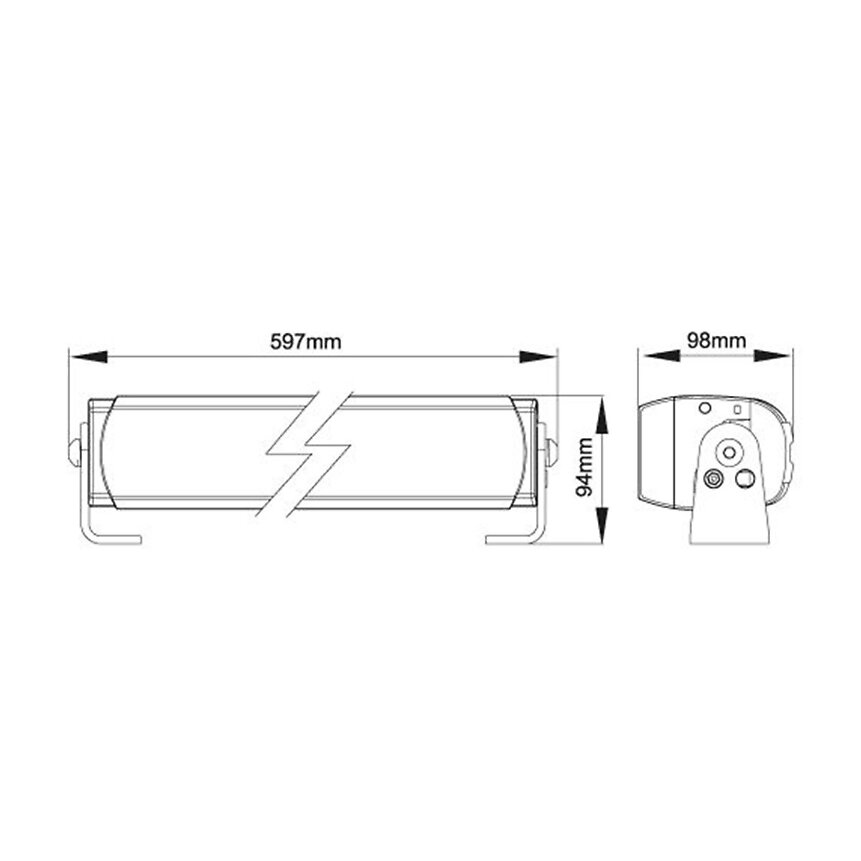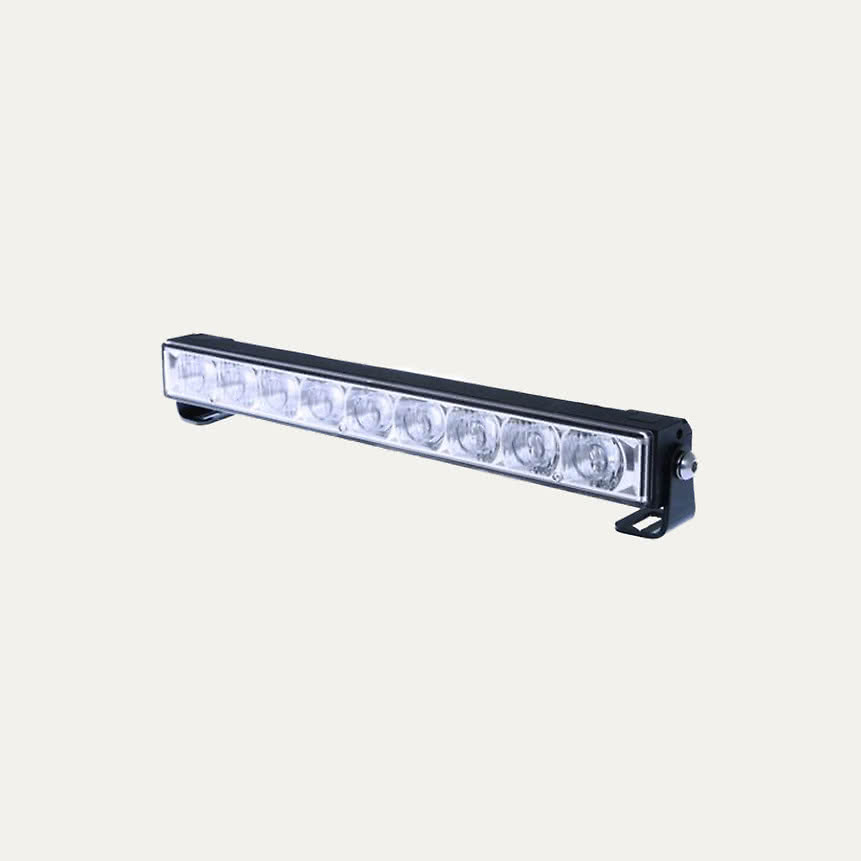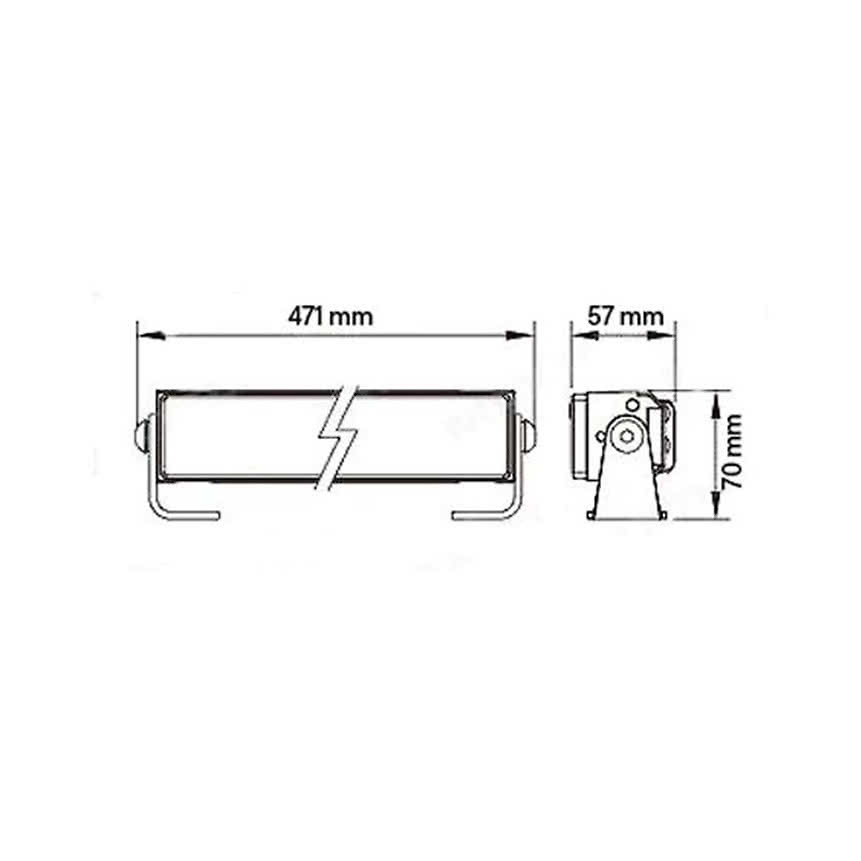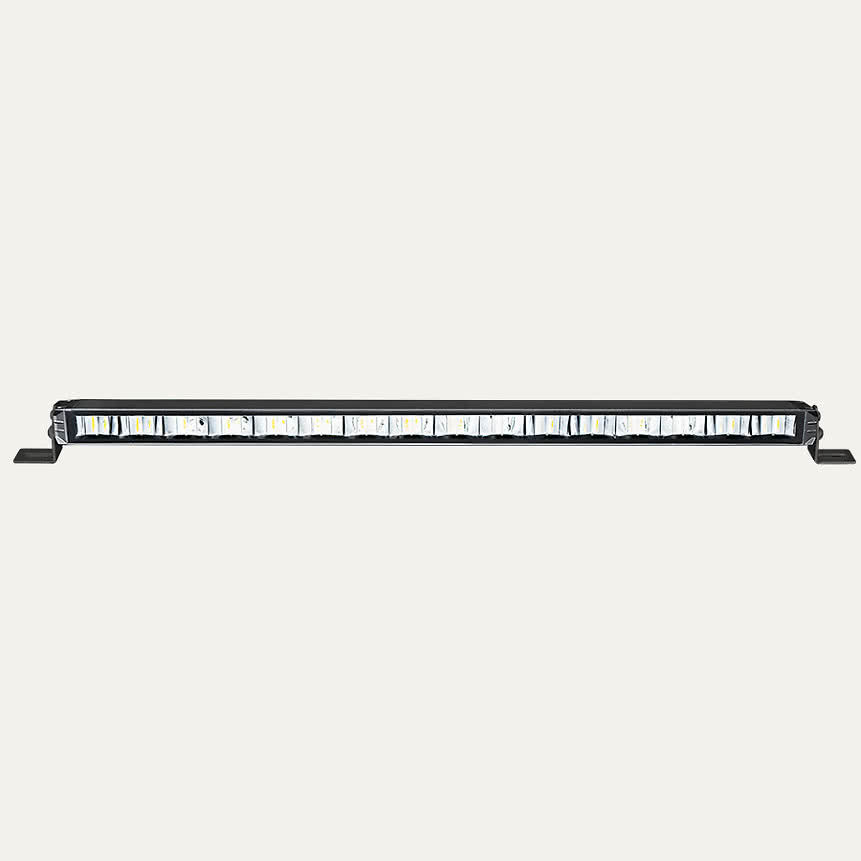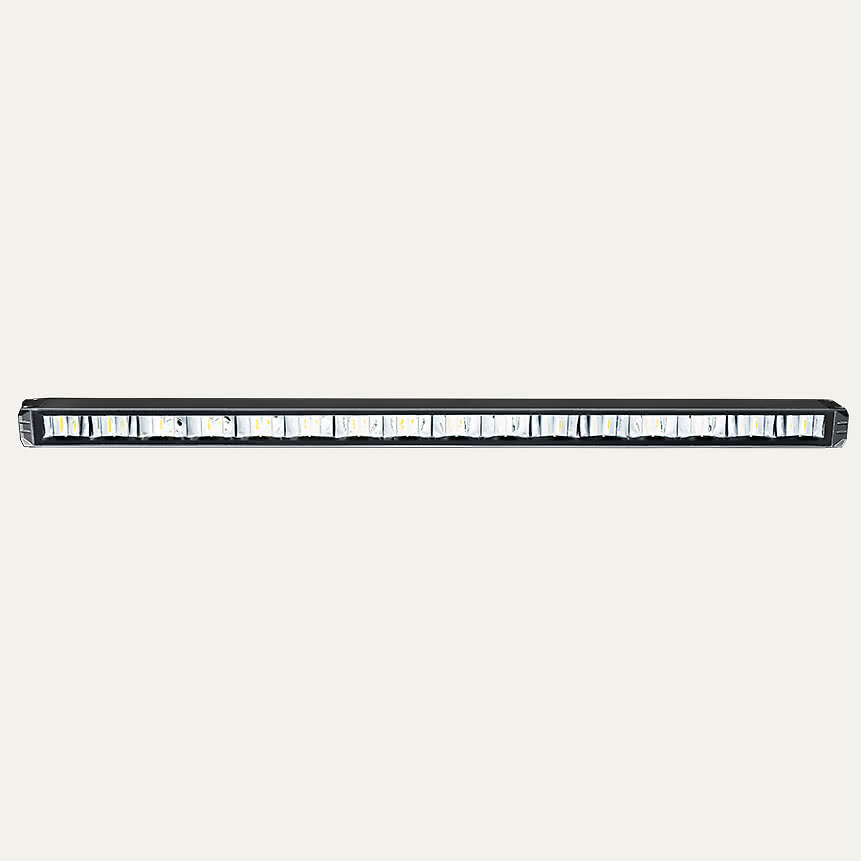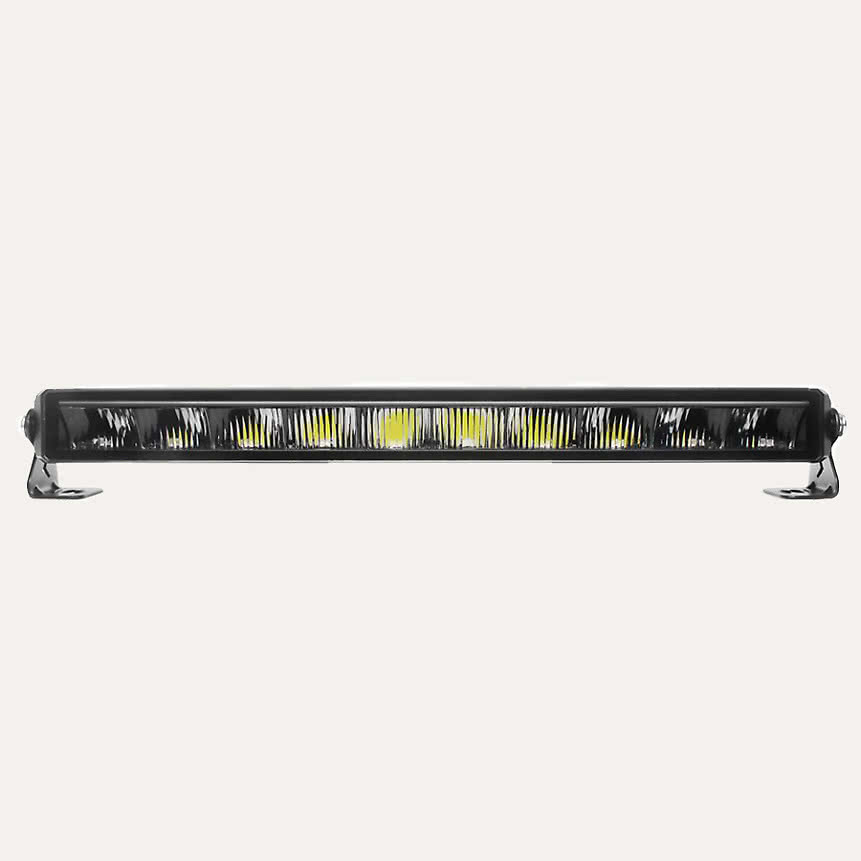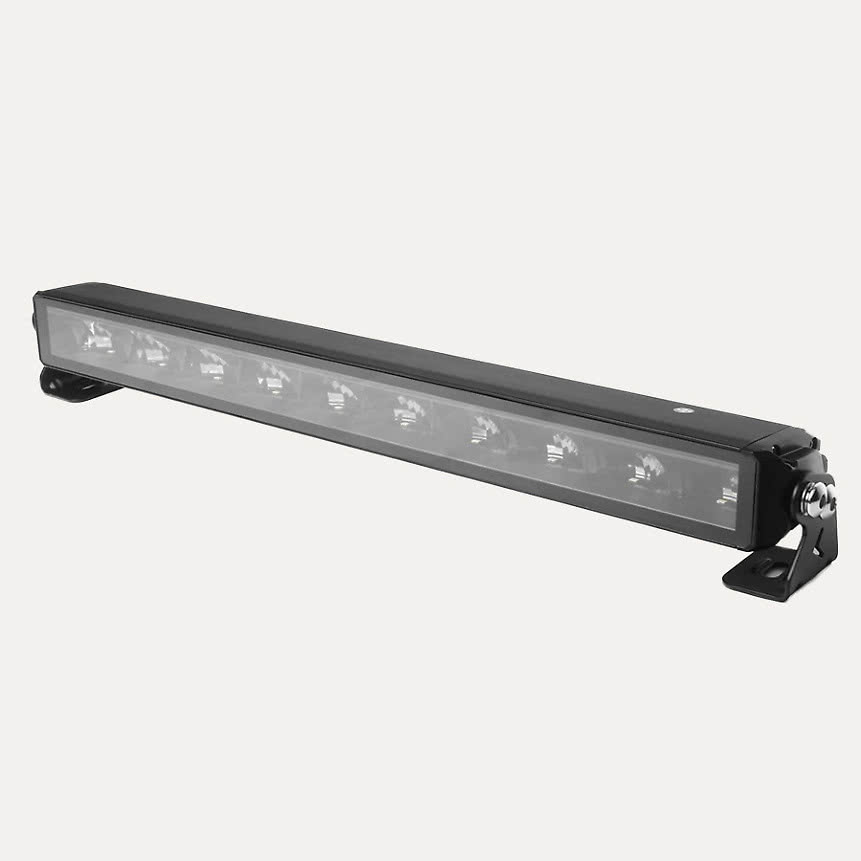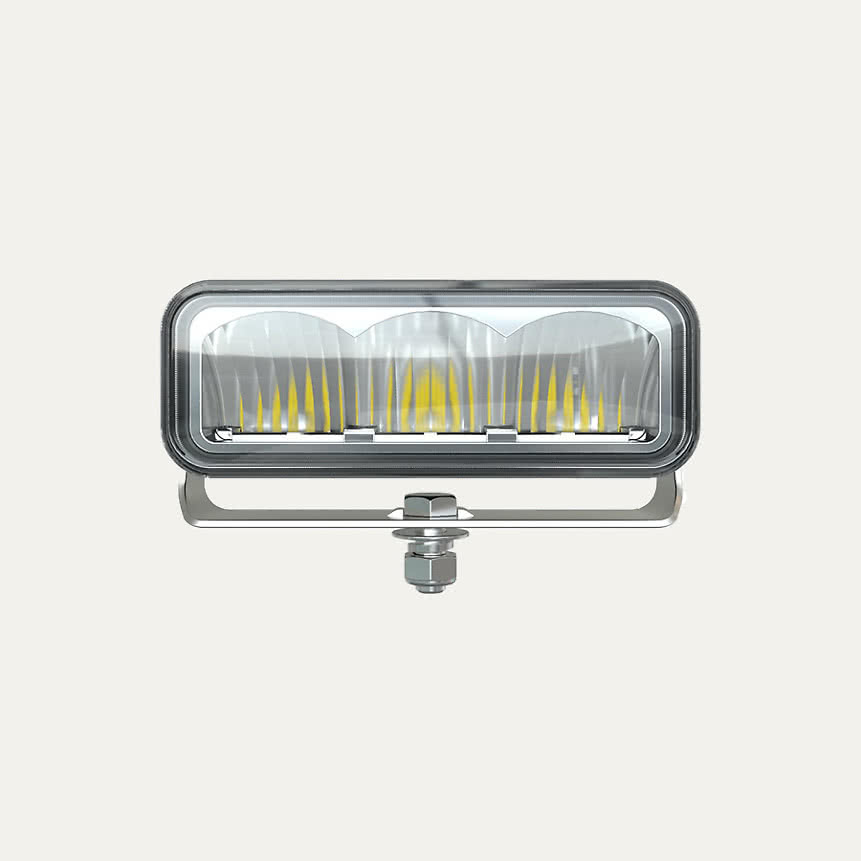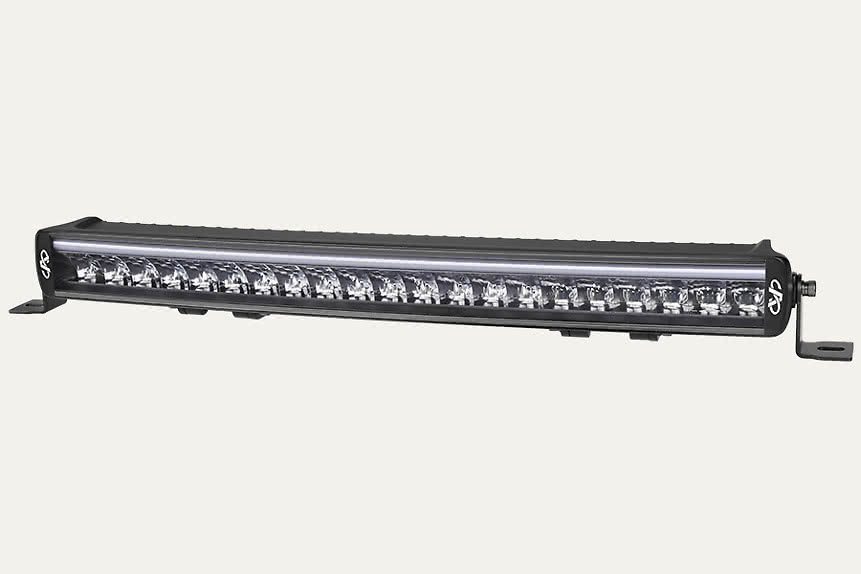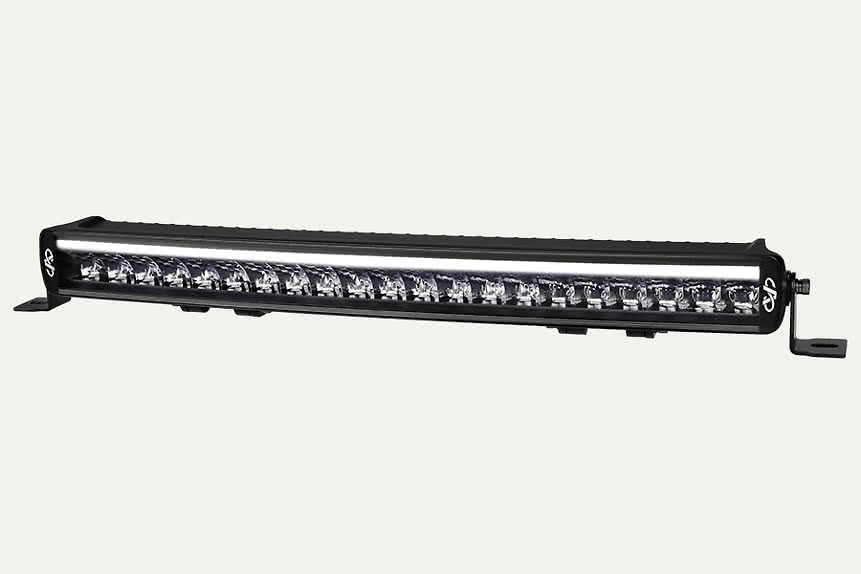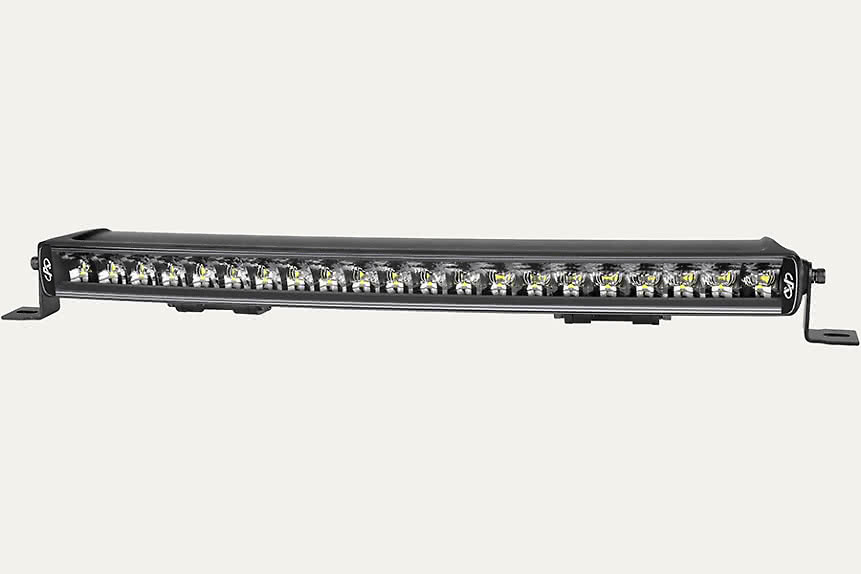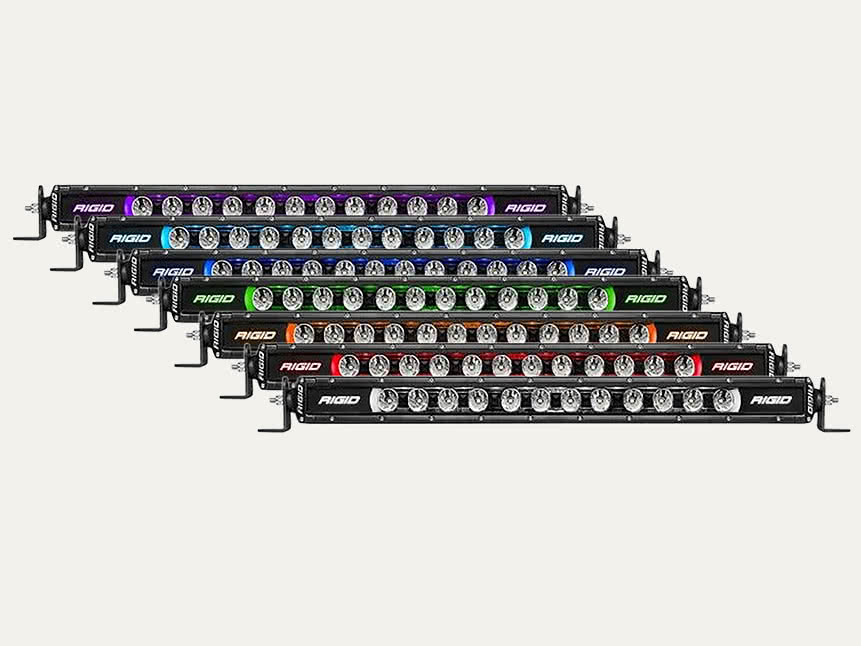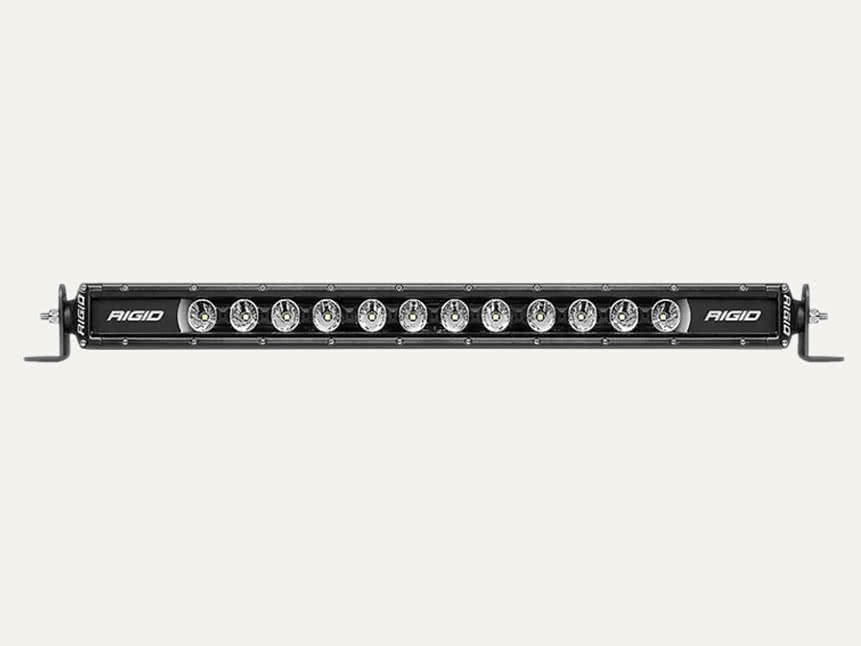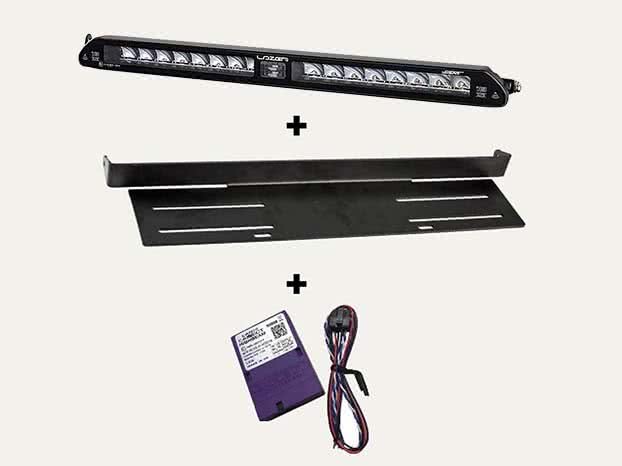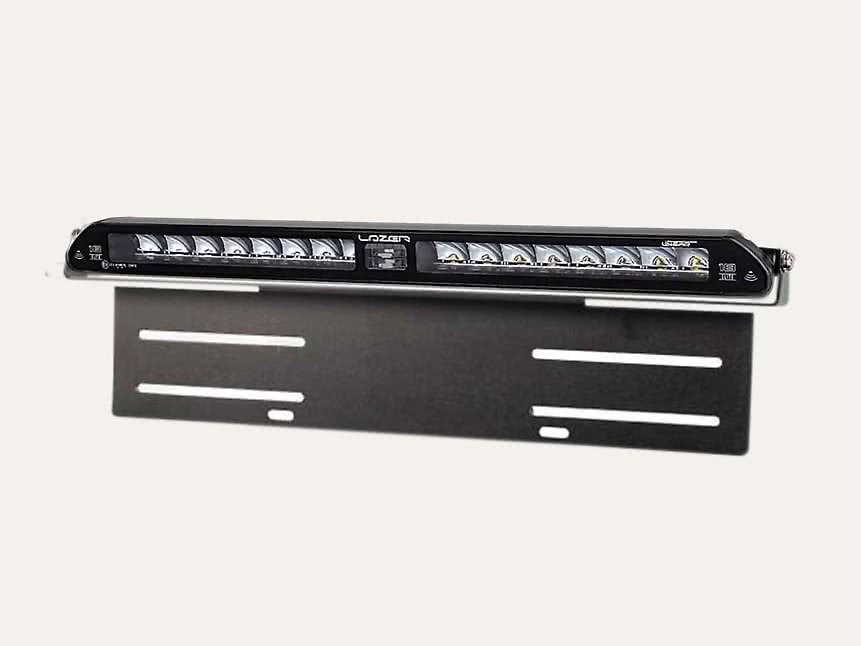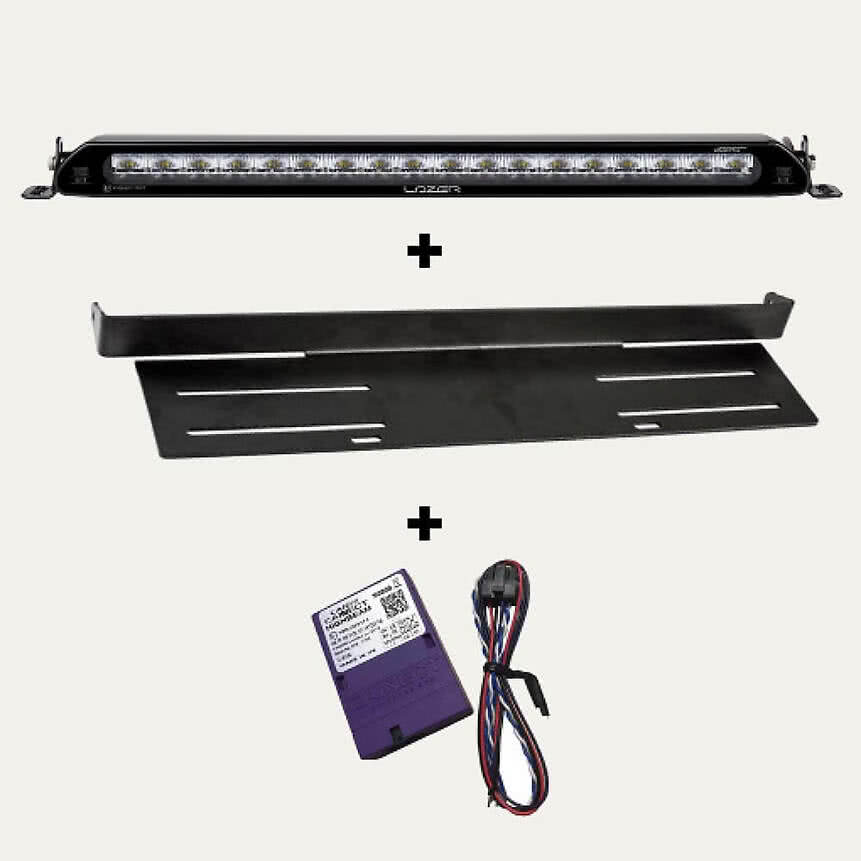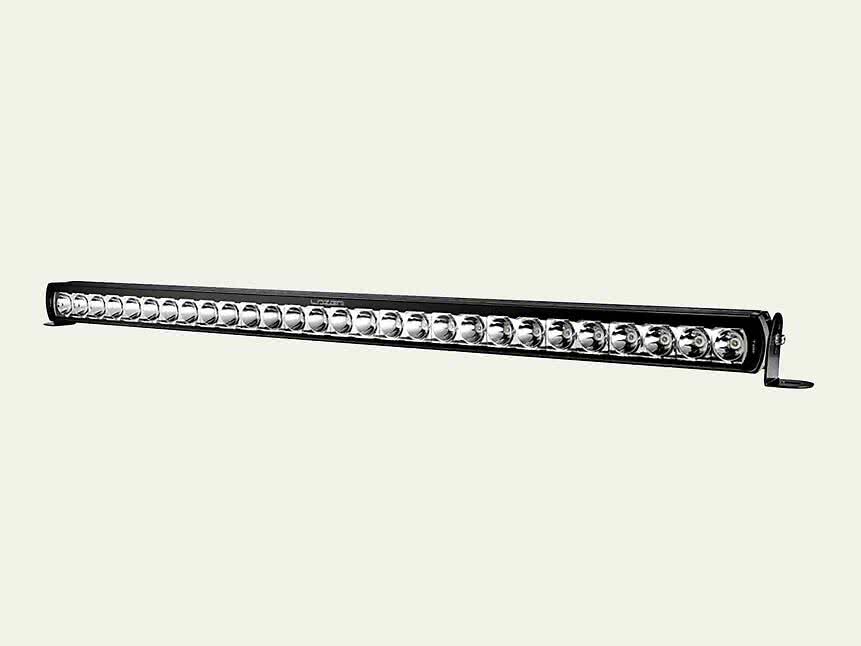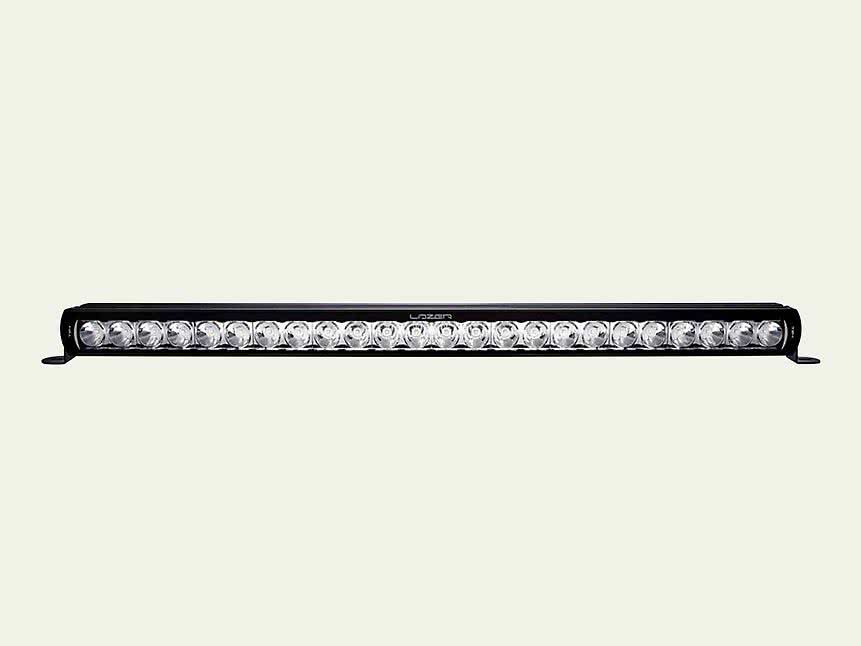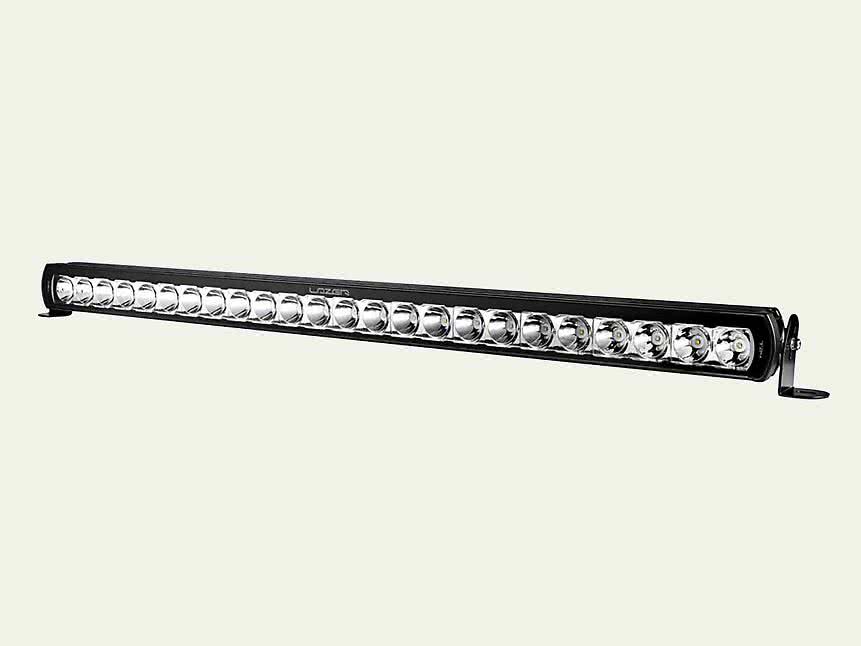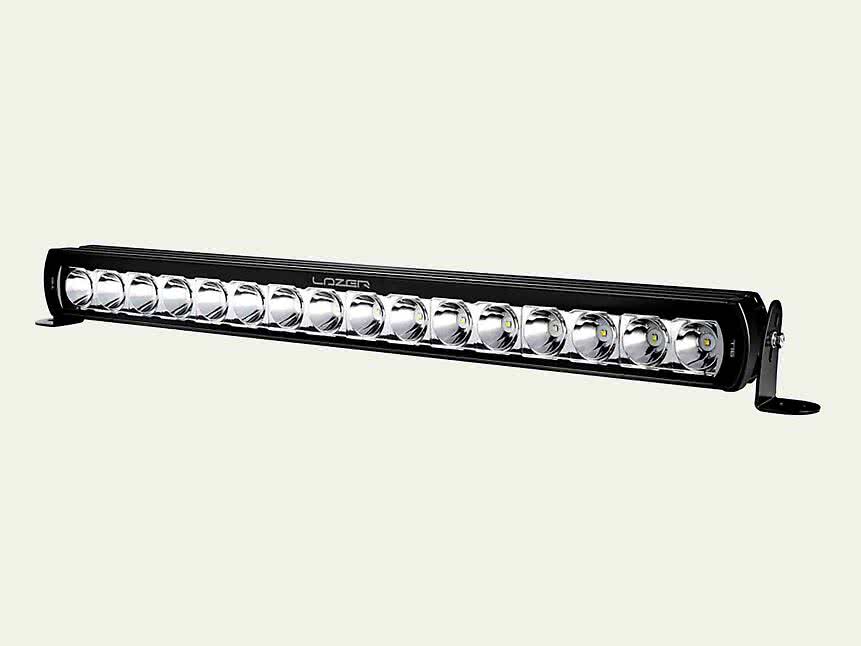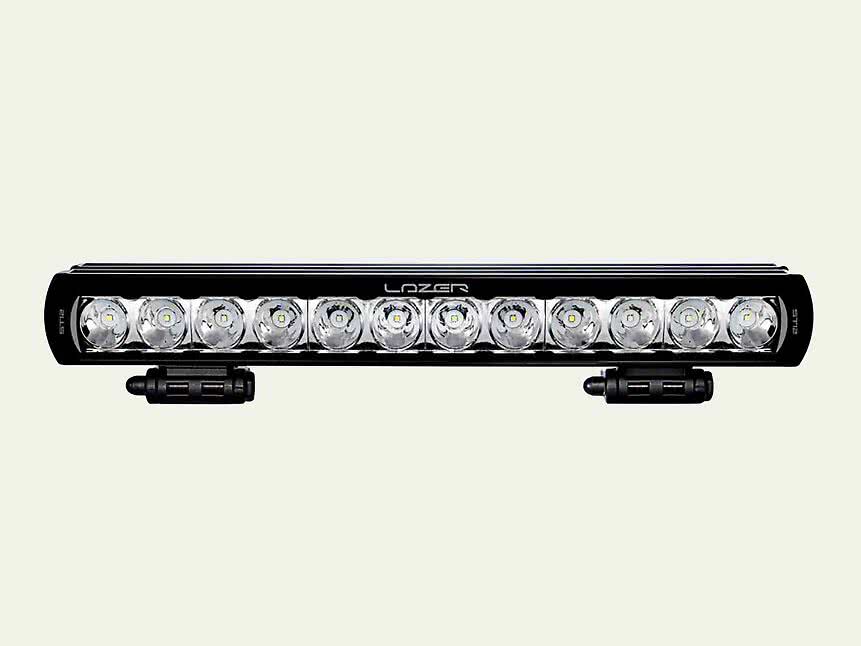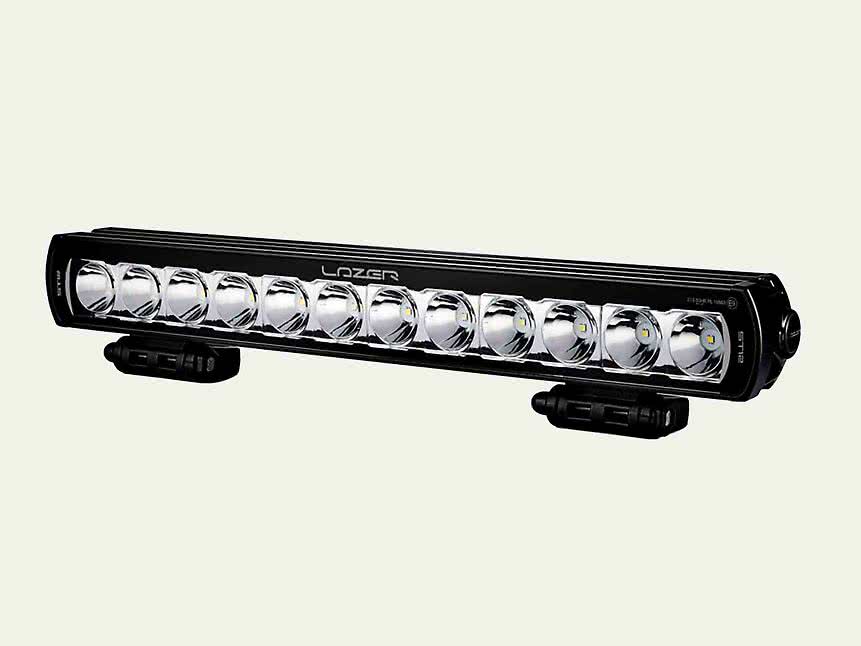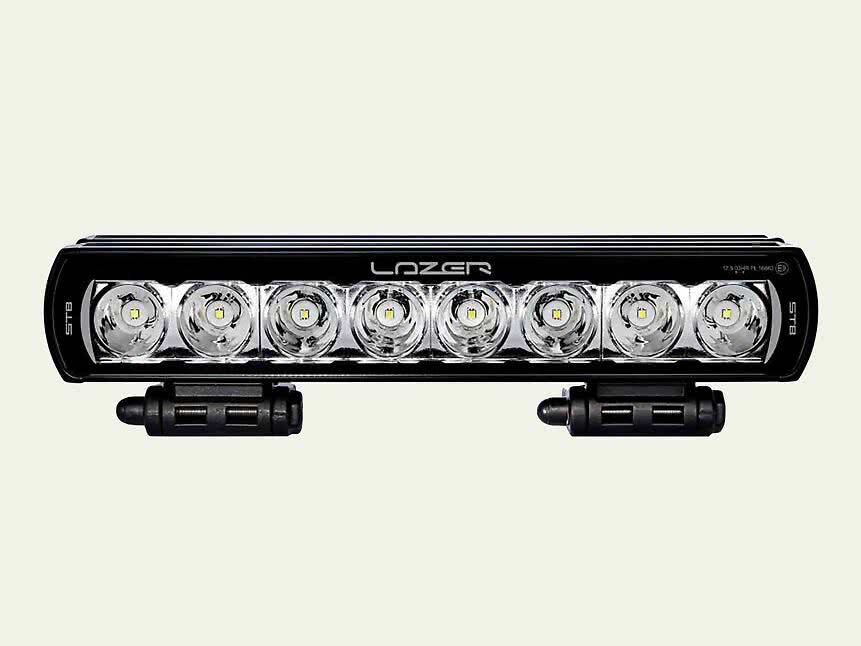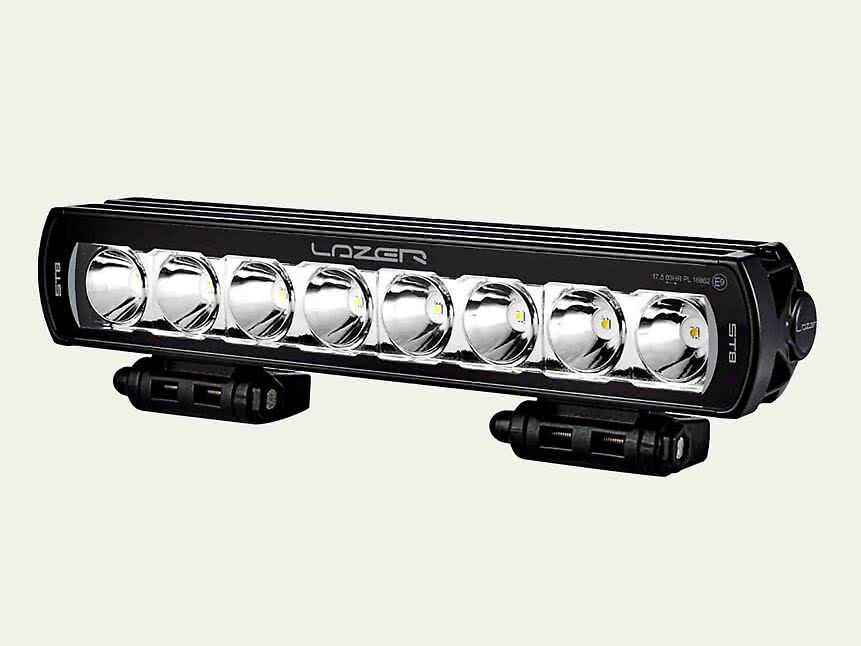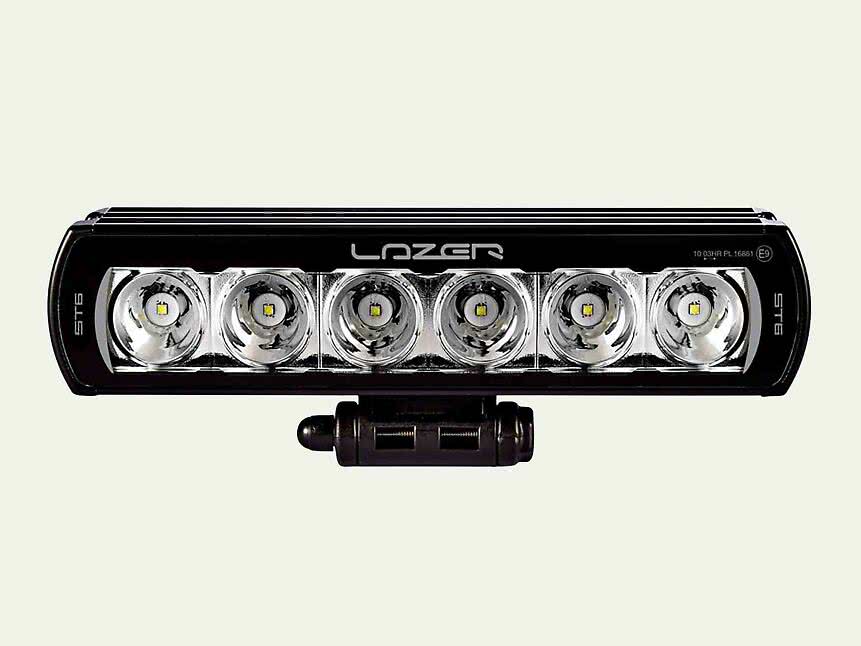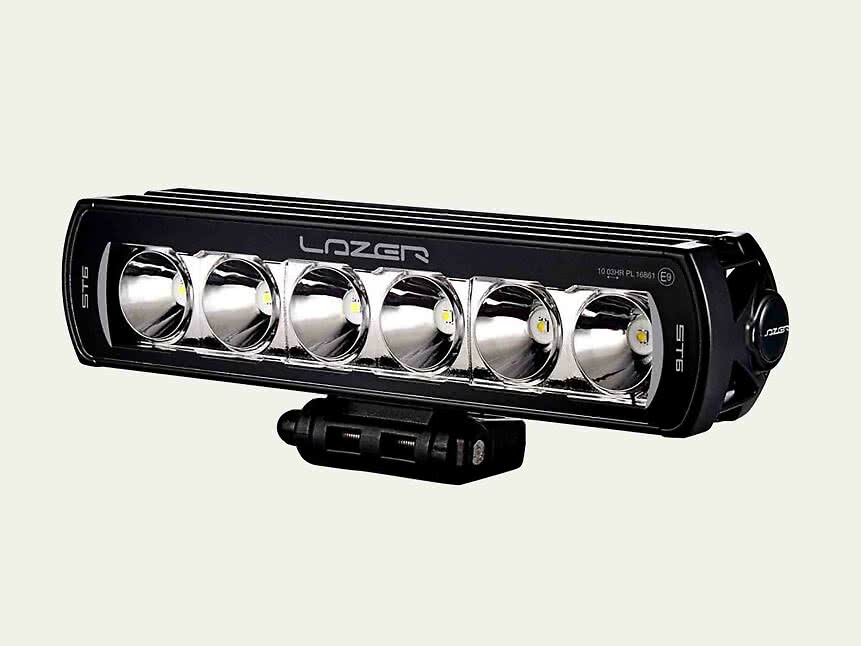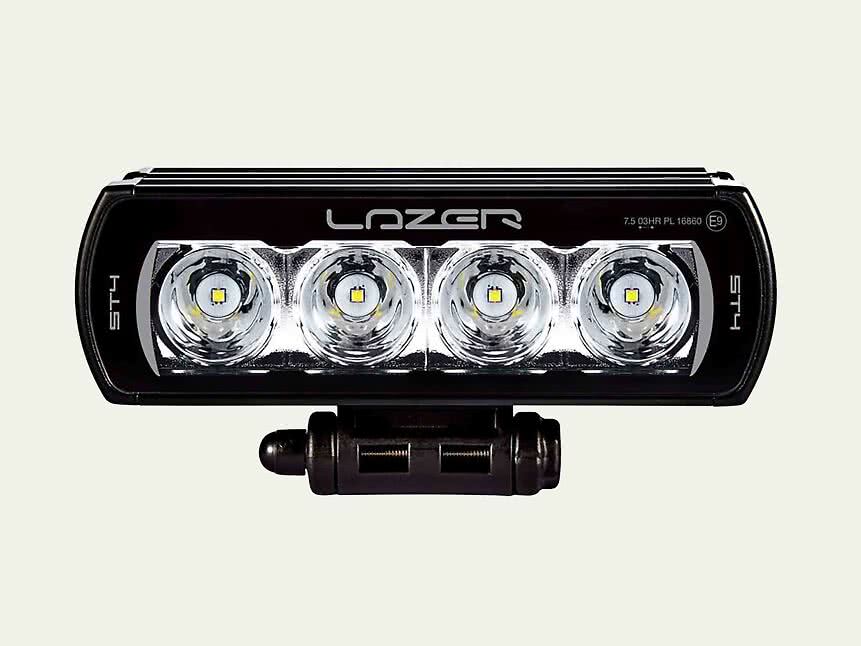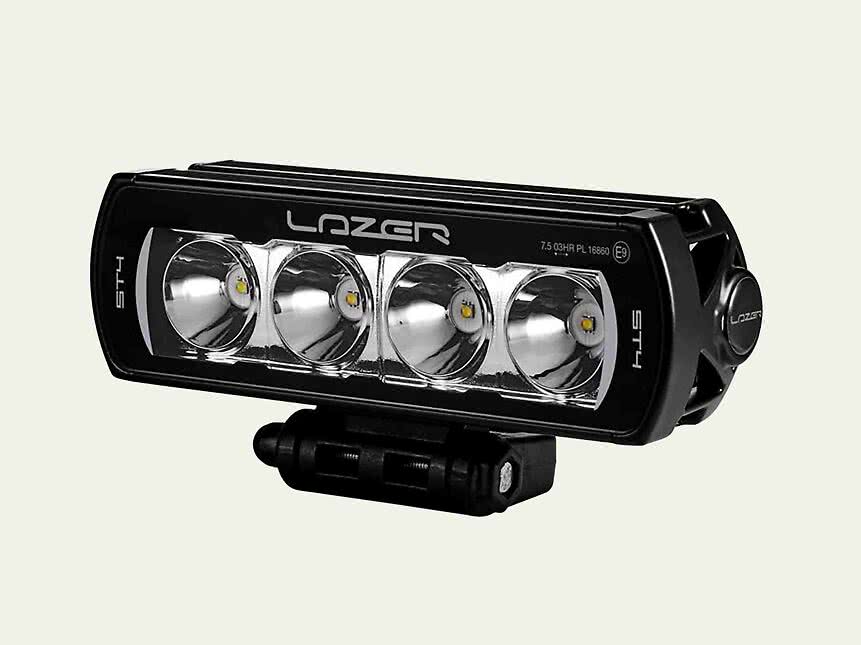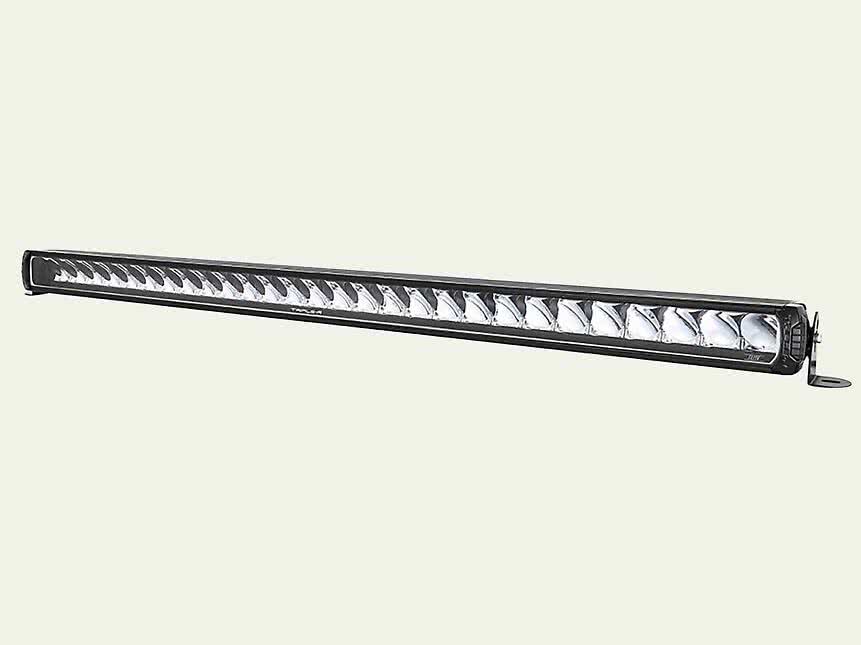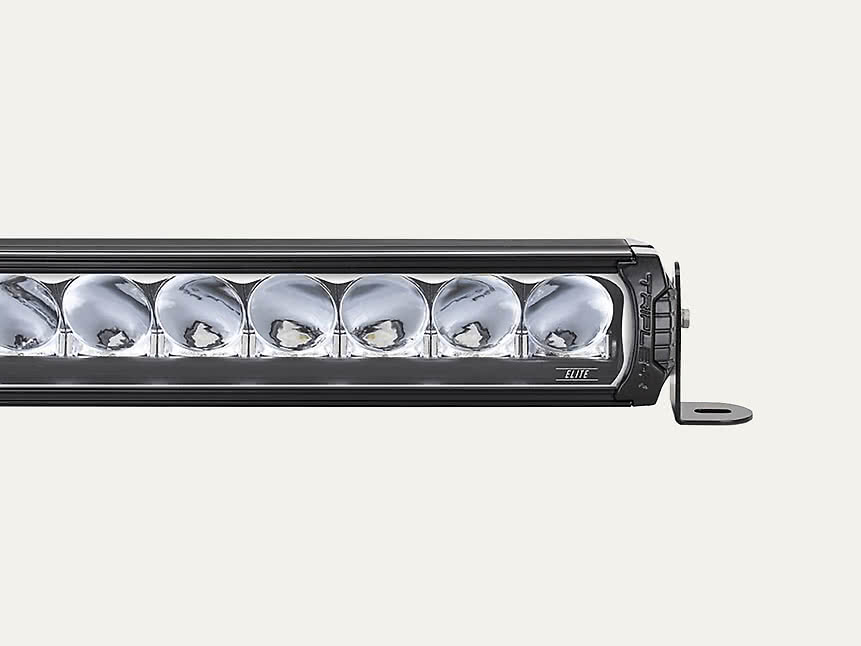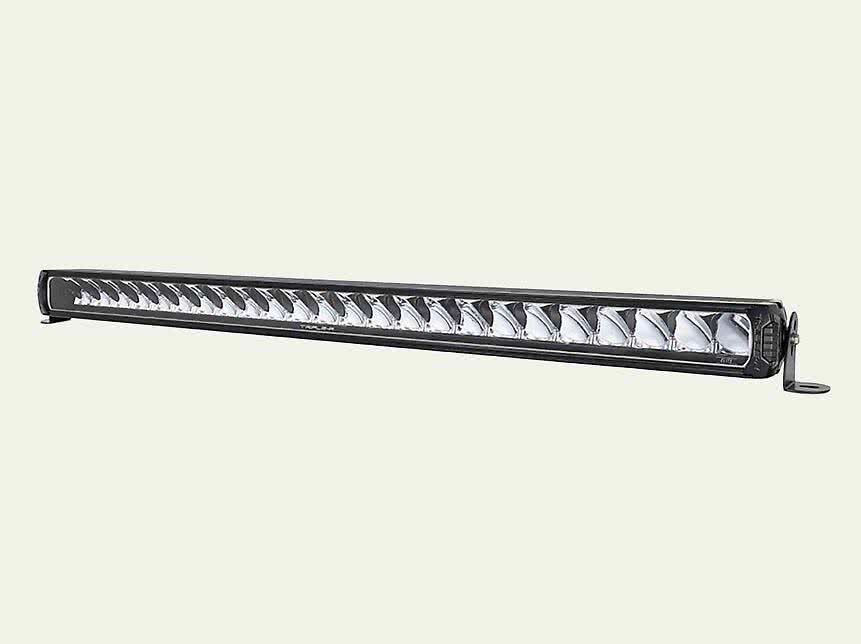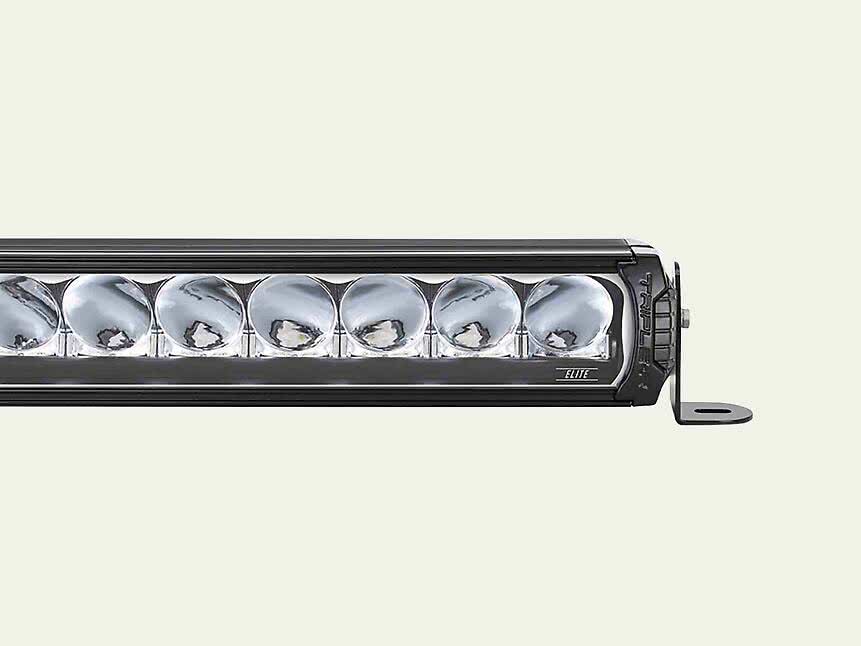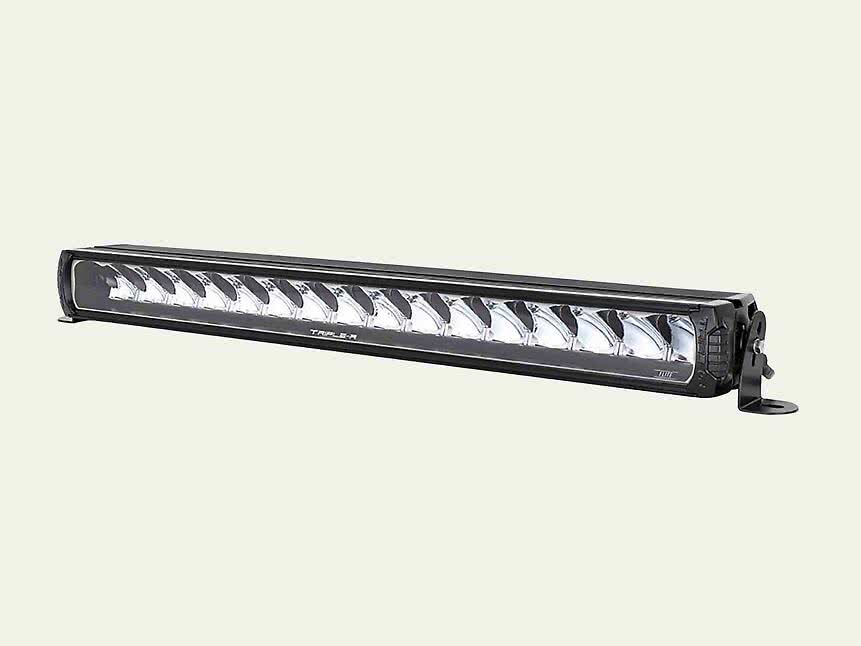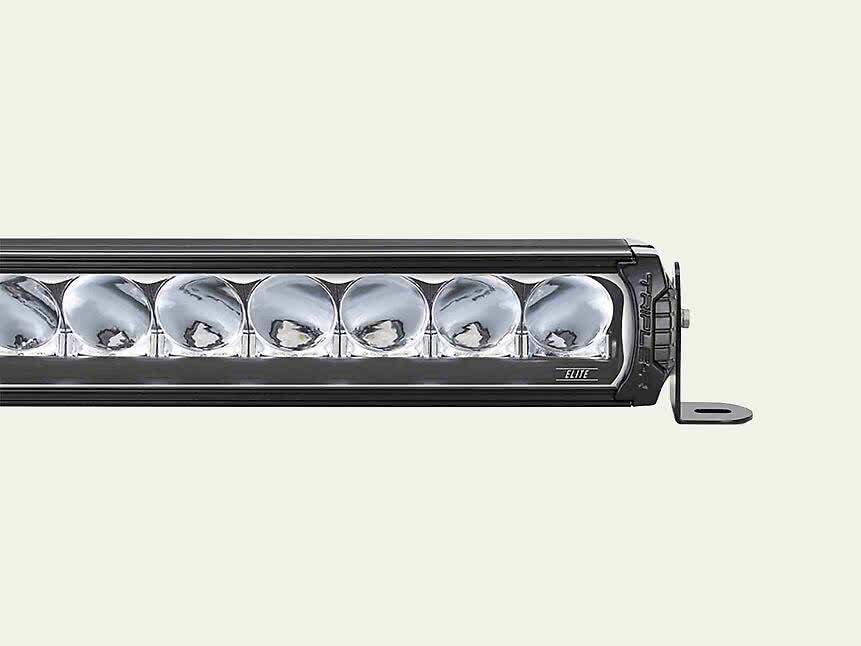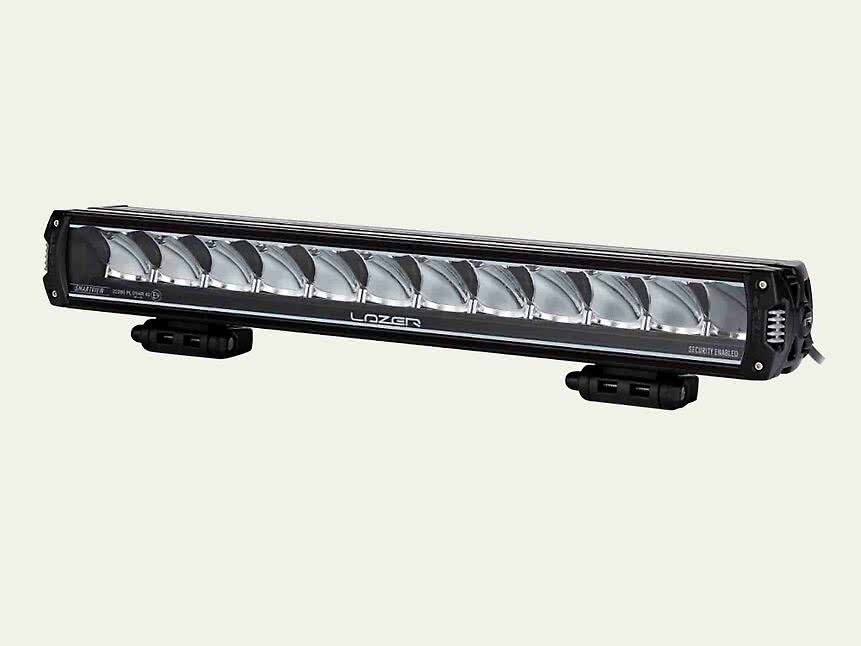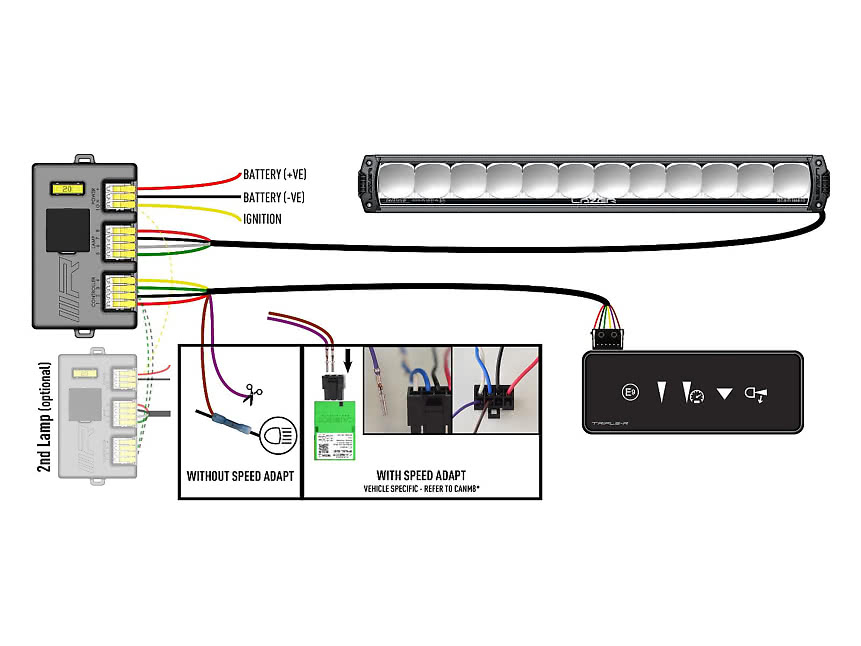LED Light Bars
Let us guide you to the right LED light bar for your car or truck. Our LED light bars help you illuminate the darkest roads and give you a chance to spot dangers and obstacles on the road in good time.
We have the widest range online from well-known suppliers such as Lazer, Rigid Industries, BriodLights, CAD, and Flextra. In our wide range, you will find light bars with modern design and the latest LED technology in various designs to suit your needs. We have both light bars and round driving lights with varying light patterns, brightness, and lumens. Let our driving lights illuminate the road further than your expectations can reach!
Showing 1–80 of 157 resultsSorted by popularity
Showing 1–80 of 157 resultsSorted by popularity
How to Choose the Right LED Auxiliary Light Bar
There are many LED light bars on the market. How do you choose the right LED bar? Many people start by considering the light pattern. It depends on how far or wide you want the light to spread over the road. There are different options: Spot, where the beam falls far ahead but not wide; Flood, where the light spreads more towards the roadside rather than far ahead; and Combo, which is a combination of both. Consider the type of driving you usually do. Is it varied driving, highway driving, or country road driving? This is something to keep in mind when choosing an LED bar for your car or truck. Furthermore, brightness plays a significant role and is measured in lumens. You should look at the actual lumen count to get a fair idea of the brightness.
Some people choose based on the mounting location. Should the LED light bar be on the roof, or should it be mounted on the front? Your conditions and possibilities will determine this. Another important thing to know is that LED lamps have a longer lifespan than standard lamps. This is because 90% of the energy is converted to light and 10% to heat. As an alternative to the LED bar, we also offer a wide range of round auxiliary lights.
Installing Your LED Light Bar
Installing a light bar should be easy to perform, and therefore we offer a well-sorted range of LED light bar accessories such as auxiliary light mounts, wiring, auxiliary light relays, and more for your LED light bar installation. We also have a wide range of LED light bar kits for those who want all the accessories (including installation instructions) you can think of for easy installation. One important thing to remember when installing a light bar is not to block other important functions on the car and to ensure the bar fits where it is supposed to be mounted.
LED Light Bar on the Front
Most people choose to mount their LED light bar on the front of the car, which is a very good and natural placement for the best light pattern. Remember that the front is an exposed area that often experiences a lot of shocks and vibrations, so it is important to prioritize the durability of the bar. This is called IP rating. An example of a rating could be IP68 or IP69K. The first digit stands for dust resistance, with six being the maximum, and the second digit stands for water resistance. 9K in the example means it can withstand hot water washing.
The LED Light Bar
There are different types of light bars on the market, such as LED, Xenon, and Halogen. Trends are constantly pointing towards LED light bars being the best choice, and the expression “the bigger the reflector, the more light” has slowly but surely been left behind. An LED bar has long durability and a wide range of uses as you can use it on almost any vehicle, both as extra and work lights. This is why LED light bars are an obvious choice for many.
Small LED Light Bar
Not everyone wants a large auxiliary light bar; some prefer a more discreet bar to match the look/style of the car, perhaps one that is barely visible or can be hidden in the car’s grill. Here it is perfect that LED bars come in different sizes, large and small. Now you don’t have to sacrifice either function or design. Today, there are powerful small LED bars that shine both wide and far, and for everyday driving, many seek a combination of this in the bar’s characteristics.
Light Bars for Different Types of Vehicles
There are LED bars for all types of vehicles, including construction machinery, passenger cars, trucks, ATVs, and so on. As mentioned before, we have a well-stocked range with most of what you can wish for in auxiliary light bars. We also have well-known suppliers such as Osram, which is behind one of the best ranges within LED technology.
Auxiliary Light Bar on Trucks
The combination of cheap auxiliary light bars and trucks is more possible today than it was a few years ago. You can find LED light bars for trucks in a separate section, as the requirements from haulage companies and drivers can be somewhat higher, and the physical conditions are, of course, different. Today, it is more of a standard feature than an option on trucks. It is often combined with more lighting, such as strobe light bars, but above all, reverse lights and side marker lights in LED.
Quality should never be compromised on, especially when it comes to auxiliary light bars. Just the ability to spot wildlife on the roadside in good time, allowing you to slow down or brake, pays off many times over. Investing in an LED bar increases the ability to see better during the dark season and also provides a better and safer driving experience.
What is an LED Light Bar?
An LED light bar is an auxiliary light that you attach to your car or truck. It is usually smaller and more streamlined than, for example, round auxiliary lights. You can attach your light bar to the front of your car, either above or below the license plate holder using a mounting bracket. Alternatively, you can also attach your LED light bar to the roof of your vehicle using a roof mounting bracket. There are different types of mounting, and you can also mix both LED auxiliary light bars with round auxiliary lights.
The LED light bar has a dominant lifespan and lasts more than twice as long compared to light bars in Halogen and Xenon. LED bars are also much more durable and not as sensitive to shocks and vibrations, which means you always get a steady light pattern when driving. The charging time is short, and you get the desired brightness immediately.
LED Light Bars from Well-Known Brands
We have one of the widest ranges of auxiliary light bars online. We work with well-known suppliers who are constantly at the forefront of innovative LED technology and modern design. The LED bars are designed to withstand the Nordic climate in the best way and have incredible brightness, long durability, and are extremely resistant to dirt and moisture.
We Have LED Light Bars From:
- Lazer
- OZZ
- BriodLights
- CAD
- Rigid Industries
- Flextra
What Are the Advantages of an LED Light Bar?
The advantages of LED light bars are many. They are incredibly adaptable and slim while not compromising on brightness. The mounting possibilities are endless, and it all comes down to need and taste. You can mount your light bar on the roof of your car or truck. You can mount it on the front, both above and below your license plate. You can also embed it in the grill for an even more discreet look. Below we list the advantages of an LED light bar.
- You get a better and more even light pattern when driving on dark roads.
- You can spot dangers in good time both far ahead and on the roadside.
- It is more discreet than a round auxiliary light.
- They are more energy-efficient despite their strong light pattern.
- There are endless mounting possibilities, on the roof, above the license plate, and below, they can also be built in in several different ways.
- There are different lengths for the best fit for your vehicle.
How to Choose the Right LED Light Bar for Your Car?
There are countless answers to this question as it depends a lot on the use and need for your LED light bar. Start by identifying how you want the light pattern to fall on the road. Do you need a Spot light pattern where the beam falls very far ahead on the road and is very suitable for highway driving? Or do you need a wider light pattern where the Flood light pattern does not stretch as far but rather wider along the roadside and is adapted for country road driving? Or maybe you need a Combo that stretches both far and wide and is best suited for varied driving.
Do you need a steady light pattern with long durability and a stable light pattern? It can be crucial that the light pattern is comfortable for your eyes if you spend a lot of time behind the wheel during the dark hours of the day. The next step is about how you want the light bar to sit on your vehicle. Do you like the slim style, or do you need an LED light bar to combine with round auxiliary lights? There are endless mounting possibilities for an LED light bar, and just that can be a deciding factor in choosing an LED light bar.
Which Car Models Fit Light Bars from Nordeye?
It is not always easy to keep track of which accessories you may need to complete the installation of your LED light bar. It can also vary depending on the brand and model year.
We have made it easy for you and sell complete, model-adapted LED light bar kits. The mounting kit includes model-adapted mounting plates, screws, and wiring. We have complete kits for the following models:
- Fiat Ducato
- Ford
- Iveco Daily
- Land Rover
- MAN
- Mercedes
- Nissan
- RAM 1500
- Renault
- Toyota
- Volkswagen
Should I Choose Round Auxiliary Lights or an LED Light Bar?
There is no right or wrong answer here; what you prefer is highly personal. Some think it looks better with several round auxiliary lights in a row, while others prefer a discreet LED light bar. Functionally, there are some differences. With round auxiliary lights, you often get more and stronger light if that is what you are looking for. Additionally, you can combine lights with different light patterns to create a beam that suits you. The LED light bar, on the other hand, can be perceived as easier to install, blends into the front of the car discreetly, and does not interfere with the car’s built-in sensors as much because it simply takes up less space than round auxiliary lights.
What Does Lumen Mean?
Lumen essentially means brightness, i.e., the total amount of light emitted from the light source in all directions. A regular light bulb has around 500 lumens, while an auxiliary light has around 5000 lumens.
What is the Difference Between Theoretical and Actual Lumen?
Sometimes you come across the terms theoretical and actual lumen. But what is the difference? Theoretical lumen is a calculated measure; you simply add up the brightness of each individual diode and calculate how much light the lamp emits in theory. Actual lumen, on the other hand, is measured by how much light is emitted in practice and is therefore a more truthful measure. The difference between these measures is due to the electronics in the diodes and the lamp causing a lot of light to be lost when calculating the measure.
What Does Lux Mean?
Unlike lumen, the LUX value indicates the brightness within a specified area. With a so-called lux meter, you measure 1 lux in relation to the distance from the light source where 1m² is evenly illuminated to a brightness of 1 lumen.
What Does Kelvin Mean?
KELVIN (K) – Color Temperature
You have probably heard of, and maybe even experienced, that light can be cold or warm. There is always a certain degree of warmth and coolness in light. This is called color temperature and is indicated in Kelvin (K). Light with a high K value is perceived as cold – almost blue, while a low K value is perceived as warm and yellowish. Which K value is best for vehicle lighting is, of course, a matter of taste, but it is often said that 5000 K is optimal for a comfortable driving experience.
What is Volt?
VOLT (V) – Voltage
Voltage is needed for electrical charges (A) to start moving and generate current, which in turn makes a lamp light up. Remember to use 12 V and 24 V lamps for vehicles and devices intended for the respective voltage. A 12 V lamp risks breaking if used with 24 V, and a 24 V lamp is not strong enough at 12 V.
What is Watt?
WATT (W) – Power
Watt is a measure of how much energy the light source consumes, i.e., its power. Nowadays, LED lamps are mainly used, which consume significantly less energy than traditional light sources and therefore have a lower wattage.
What is the Difference Between LED, Halogen, and Xenon?
LED
With its low power consumption, long lifespan, and high operational reliability, the LED lamp has quickly become the obvious choice for many when it comes to lighting. Aspects that also make the lamp a good environmental choice. The technology provides a natural color temperature, which is gentler on the eyes and thus provides a safer and more comfortable working environment and driving experience. LED lamps are also very resistant to vibrations and are virtually maintenance-free. The lamp lights up quickly and can handle large temperature differences.
Halogen
The halogen lamp consists of traditional light bulb technology where the supply of electrical energy starts to glow, and when the lamp is filled with halogen, the temperature rises, making the lamp emit a lot of light. The halogen lamp is appreciated for its warm and pleasant light but is a poorer choice from an environmental perspective as it has a relatively short lifespan compared to Xenon and LED.
Xenon
The xenon lamp has a glass bulb filled with xenon gas, which gives an electrical discharge that in turn makes the lamp emit light. The xenon lamp’s light is colder and more realistic than, for example, the halogen lamp. Compared to halogen, xenon is also less energy-consuming, generates less heat, and has better light flow and longer lifespan.
Do I Need CANBUS for My LED Light Bar?
Today’s vehicles are packed with technical devices. Most modern vehicles have a CANBUS system that functions as a communication center, managing communication between all technical devices and alerting you as a driver if any of these systems stop working.
Most modern cars after 2016 are equipped with LED high beams that have CANBUS monitoring. For the signals to integrate with each other, you may need a CANBUS decoder when installing auxiliary lights on your car.
What is the Difference Between Different Light Patterns?
The most common light patterns on round auxiliary lights are Spot, Flood, and Combo. With the Spot light pattern – or Pencil as it is also called – the light beam is centered far and straight ahead. Flood does not stretch as far ahead, but the light flows instead to each side, giving you a wider light field with focus near the vehicle. Combo is, as the name suggests, a combination of spot and flood where the beam is longest in the middle and wider on the sides. Often, three or more round auxiliary lights are mounted on the vehicle, and it is common to choose a Spot light in the middle and two Flood lights on each side.
What Markings Should My LED Light Bar Have?
It is wise to look at the markings on the auxiliary light before deciding which lighting to buy. Auxiliary lights should withstand both cold and heat, dust and precipitation, and also be compatible with your vehicle’s electronics. Make sure your lighting has markings that ensure it meets your requirements and wishes. The IP rating tells you how dust and water-resistant the lamp is, EMC is a marking that minimizes the risk of encountering interference and operational problems with the lamp connected. A RoHS marking means that the use of certain hazardous heavy metals and flame retardants has been limited or prohibited in the product. For electronic equipment to be sold on the Swedish market, it must be CE marked. This marking guarantees that the product meets basic requirements regarding, among other things, health, safety, function, and the environment.
How Strong Can My LED Light Bar Be?
You may have encountered the term reference number in lighting contexts. The reference number is a value given to auxiliary lights and high beams, and the sum of these values must not exceed 100 according to ECE regulations. The higher the value, the stronger the light. On all E-approved lamps, the reference number is on the lamp’s glass. In Sweden, however, we have an exception to this rule, which means that it is not the total sum that counts, but the reference number of the regular high beams must not exceed 100. So, in principle, there is no limit to how strong auxiliary lights you can have as long as you are within Sweden’s borders.
What is the Difference Between 12V and 24V?
12V and 24V refer to the input voltage for the lighting, and the difference between the designations is that the transformer and the lamp have different resistances. Remember that the 12V lamp is used at 12V and can burn out when connected to 24V. The 24V lamp is used at 24V, and the brightness is not sufficient at 12V.
How Do I Install My LED Light Bar?
With this installation guide, we hope to inspire and help you easily and safely install your LED light bar. Start by ensuring you have the right lighting, mount, and relay cable kit. At Nordeye, we have a wide range that will surely meet your needs. If you are unsure about what you need to install your LED light bar, you can buy pre-composed kits or contact us at [email protected].
The following instructions exemplify the installation of our auxiliary light wiring connected to the vehicle’s electrical system.
1. Remove the License Plate
Start by removing both the license plate and the plastic plate by loosening the screws attached to the bumper. This is done to facilitate the process of getting the mount in place. In cases where a light bar is to be installed on the top side of the license plate, a number plate holder is usually relevant. This is also a reason why the license plate and plastic plate are removed.
2. Install the Mount
It is important to start by ensuring that the mounting bracket fits your LED light bar. There are solutions for most things, and if you encounter problems, you can always drill new holes or shape your bracket by bending it slightly to fit your vehicle. Then screw the auxiliary light mount in place. Remember that it is important to use extra supporting screws to ensure it is securely fastened. You can now also reattach the plastic and license plates.
Mount the LED light bar on the bracket using the screws and nuts provided. A tip is to tighten the screws gradually as they may need to be adjusted later.
3. Route the Auxiliary Light Cables Through the Grill
In this step, prepare to connect the power to your auxiliary lights. Usually, you should be able to route the cables through the grill without problems, but this can vary from vehicle to vehicle. If problems arise, it is usually because the cables are too short, and you may need to splice the cable.
4. Splice the Cable
Start by cutting the cable so that the red cable is slightly longer than the black one. Then cut the other cable in the opposite way. Cut the positive and negative cables so that the splice is offset. Finally, place the splice in a cable channel to avoid short circuits since the splices are offset.
5. Connect the Power
Start by removing the fuse in the fuse holder on the positive cable. After connecting the power, reinsert the fuse. The fuse protects against overload and incorrectly connected auxiliary lights, so you will quickly notice if something is wrong. Now connect the power to your auxiliary light by connecting the cable kit’s negative source to the vehicle’s negative pole. If there is no fuse box, you can connect the negative pole to the vehicle’s chassis or ground cable. Connect the cable kit’s positive source to the positive pole in the vehicle’s fuse box or battery. If you want to connect the LED light bar to the vehicle’s high beam function, do this with the relay cable kit’s high beam cable. Connect the various cables using a wire tap, which usually comes with the relay cable kit. The red cable (positive pole) is typically connected to the vehicle’s battery. The black cable (negative pole) is connected to the vehicle’s fuse box or ground cable. The blue cable is connected to the high beam function.
6. Test Your Light Bar
Finish by testing to ensure that the LED light bar works and adjust it to your desired settings.

